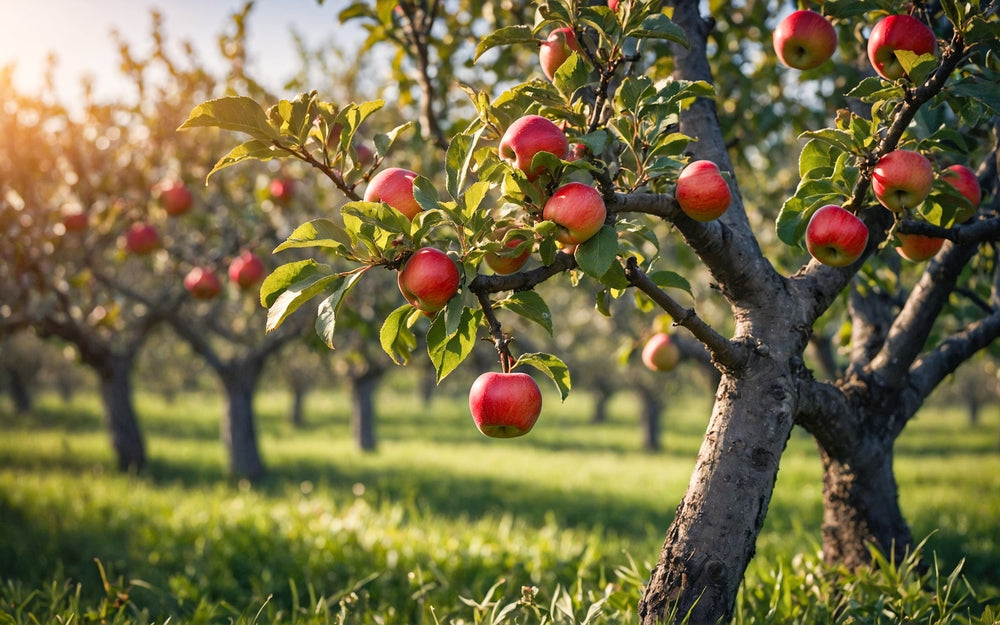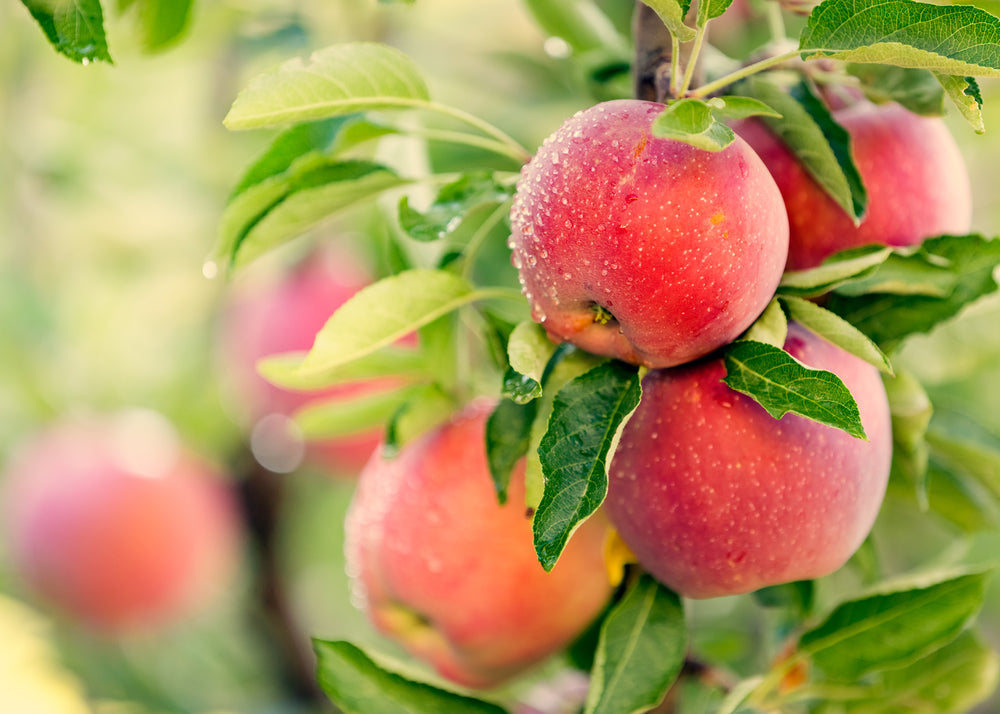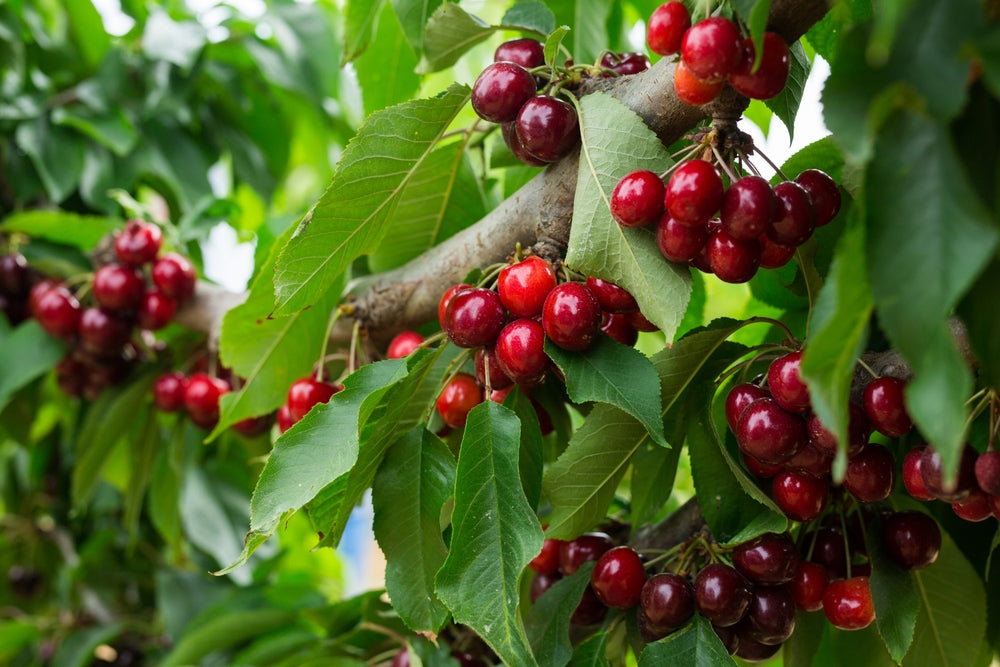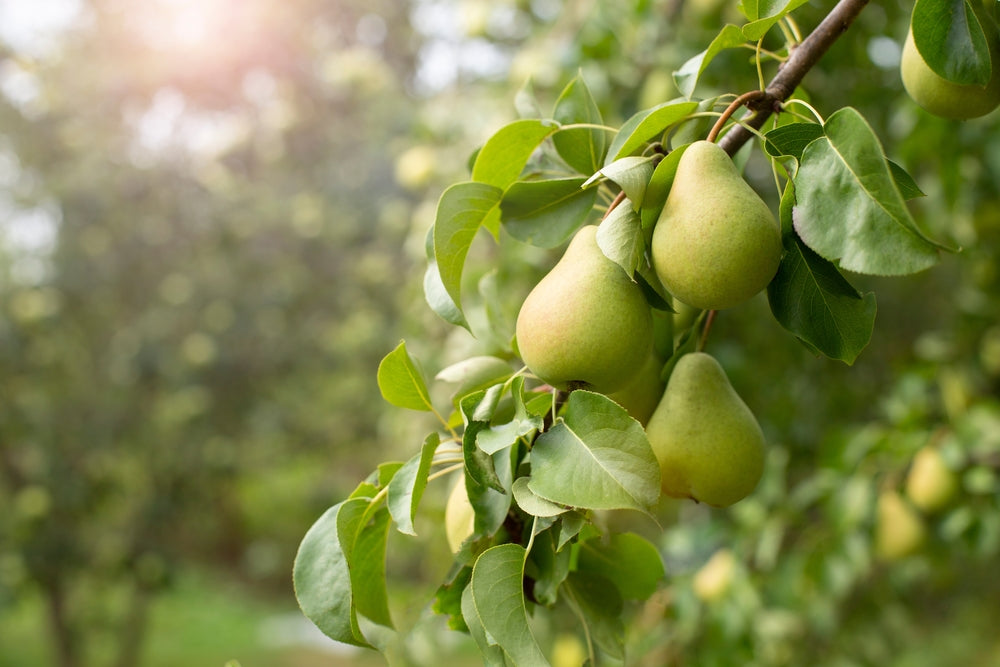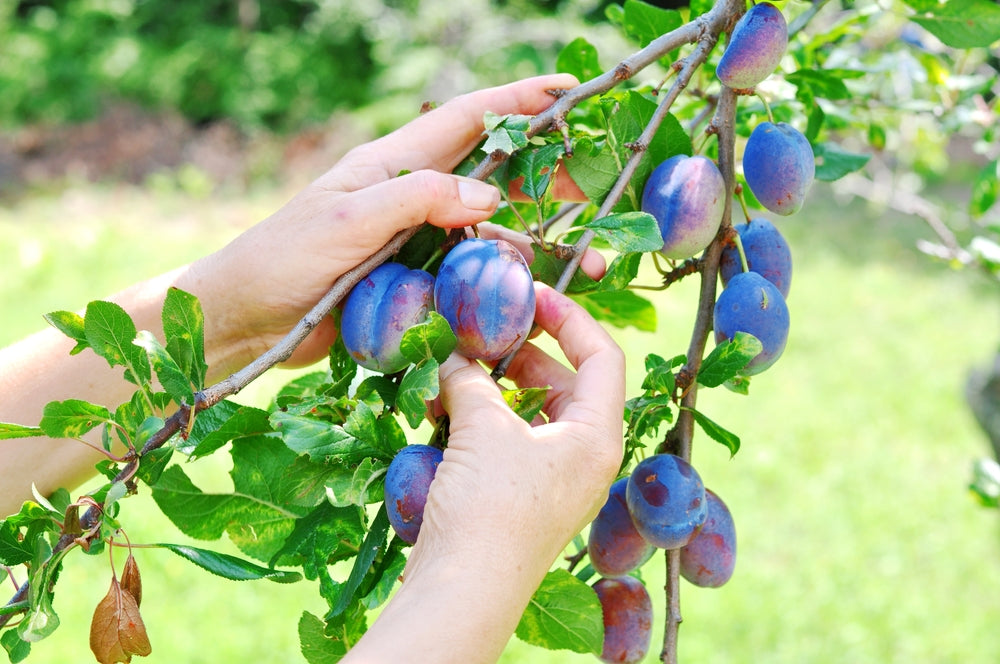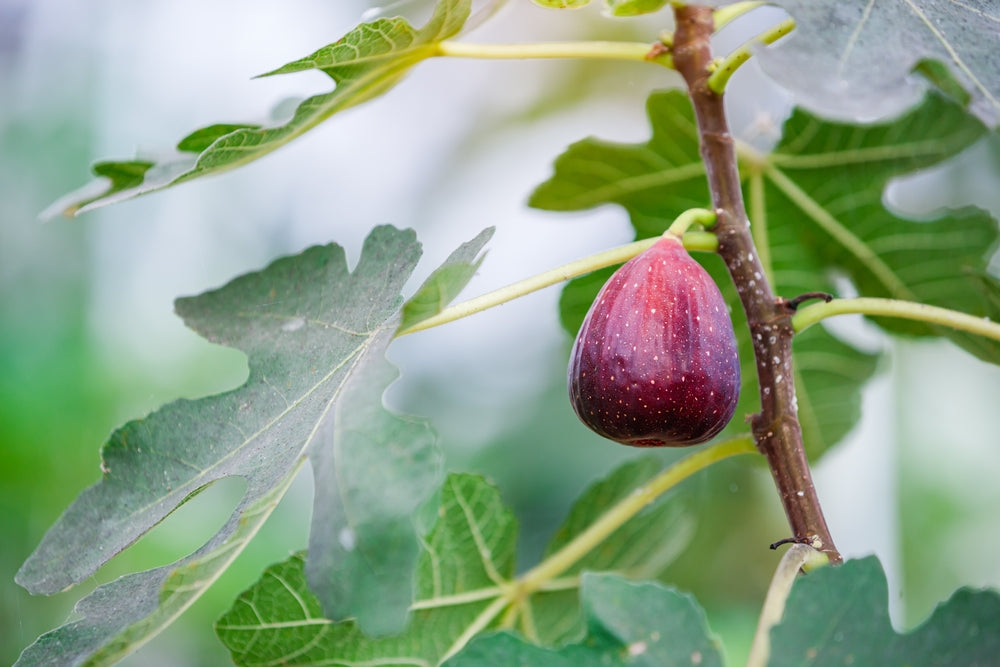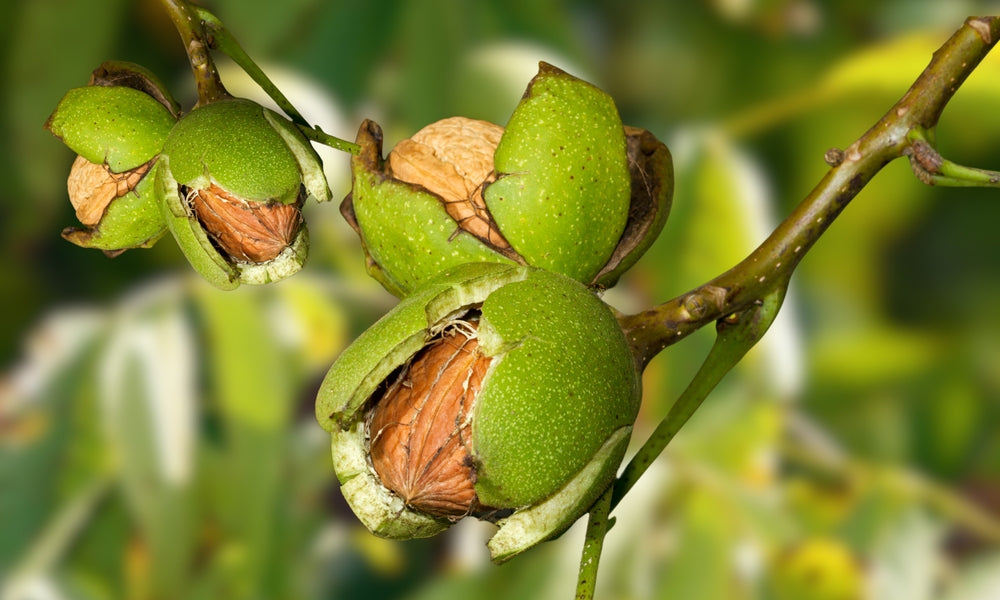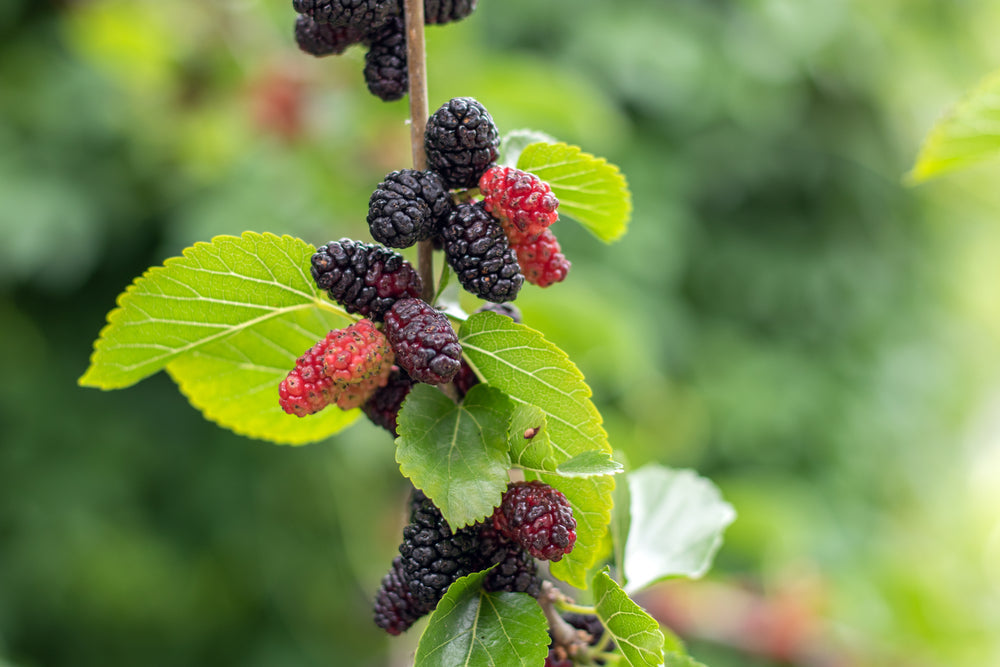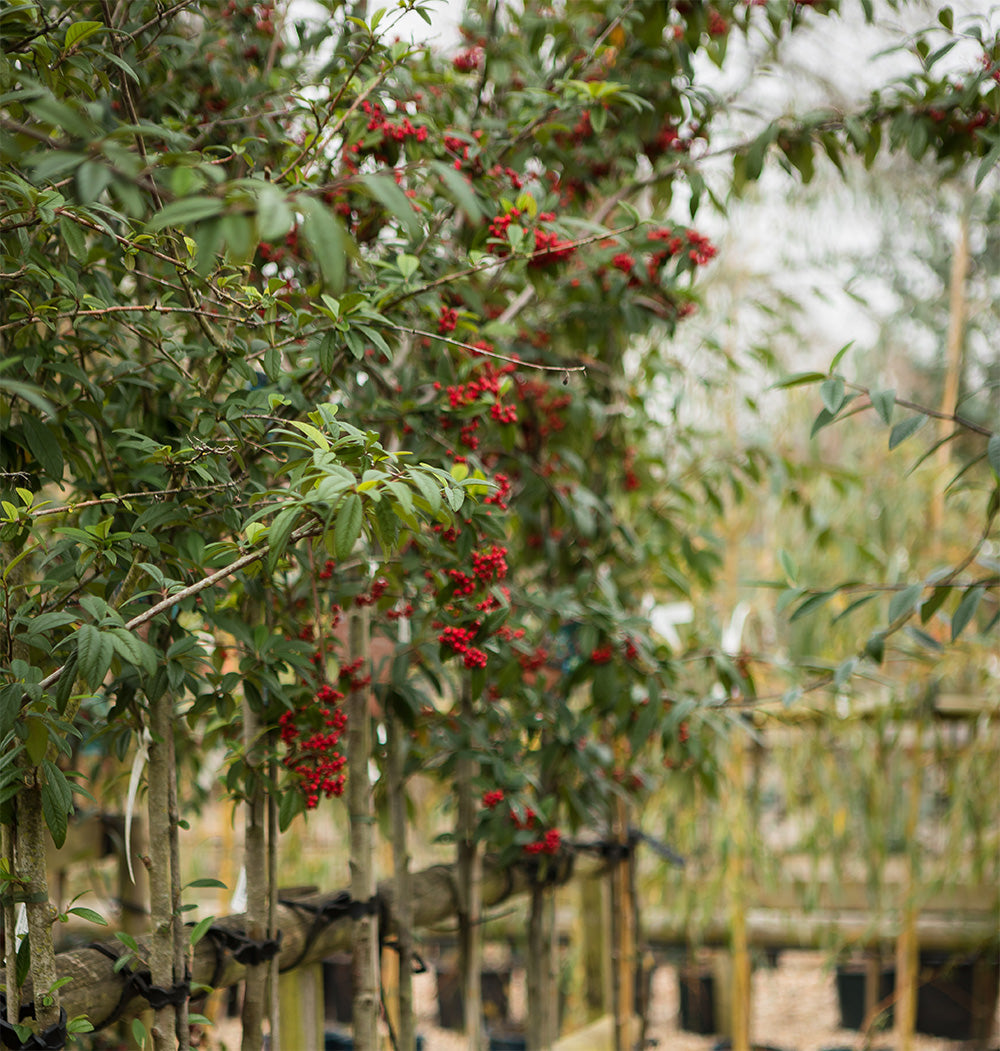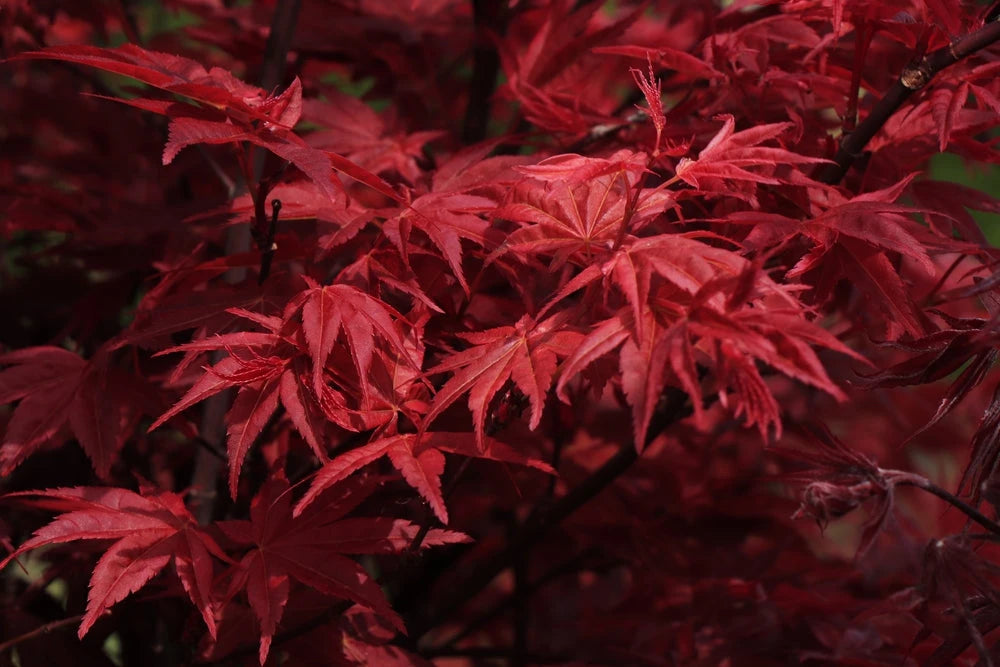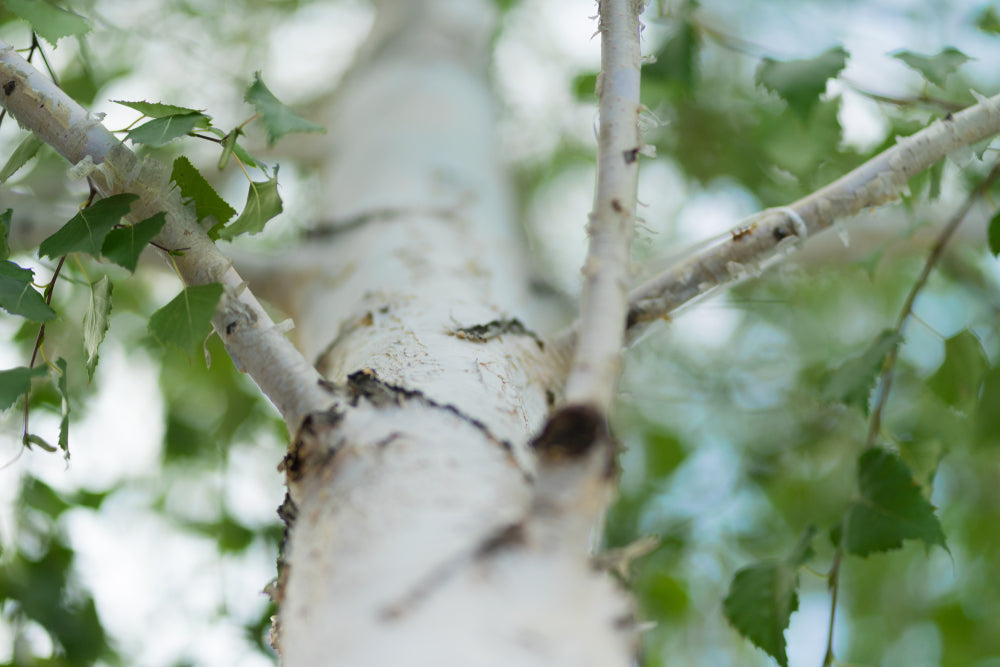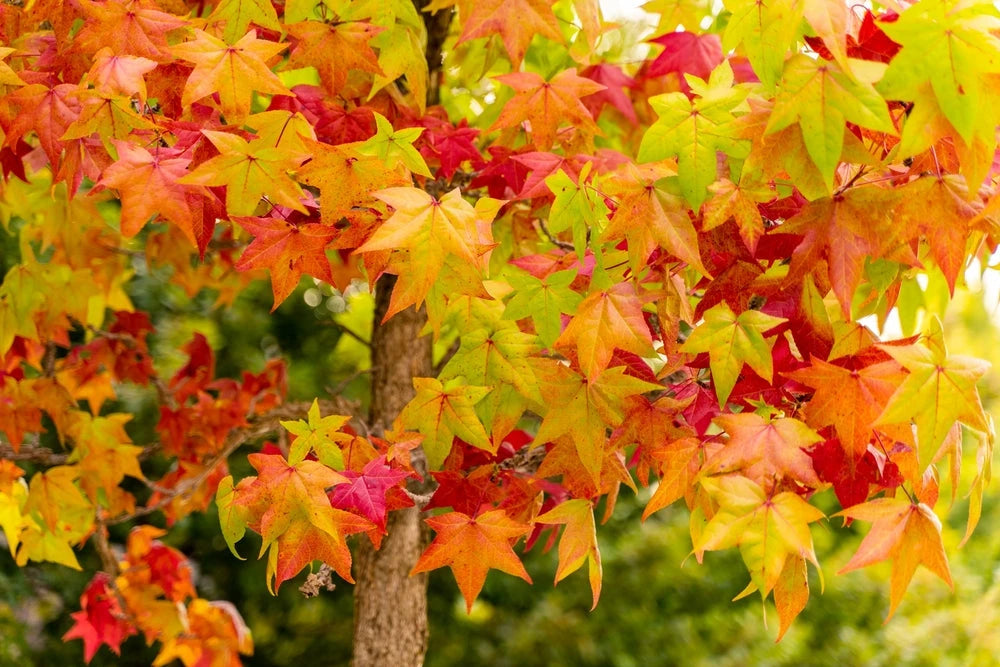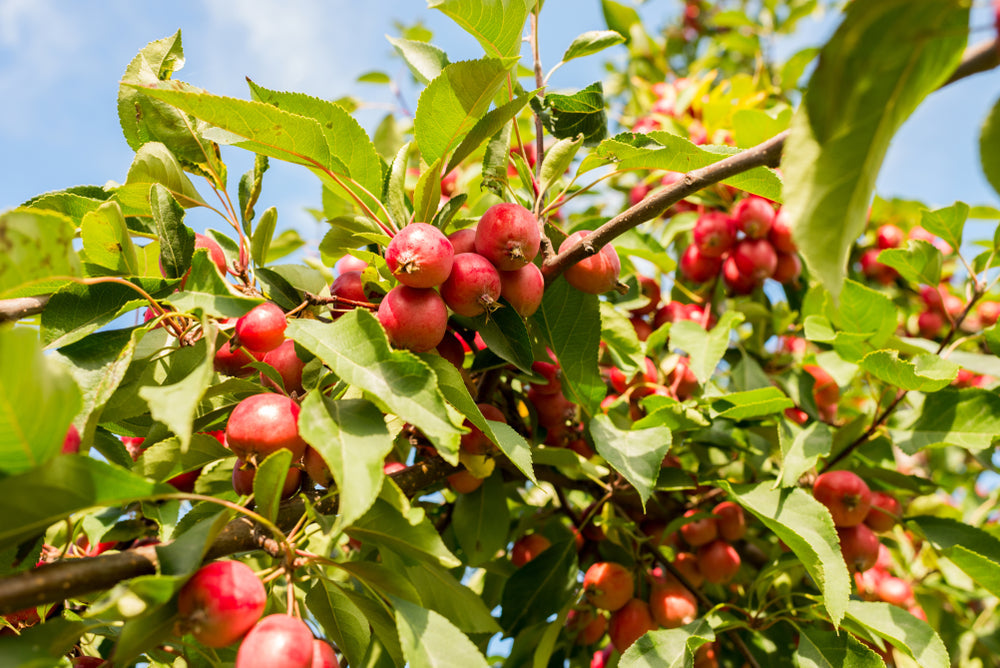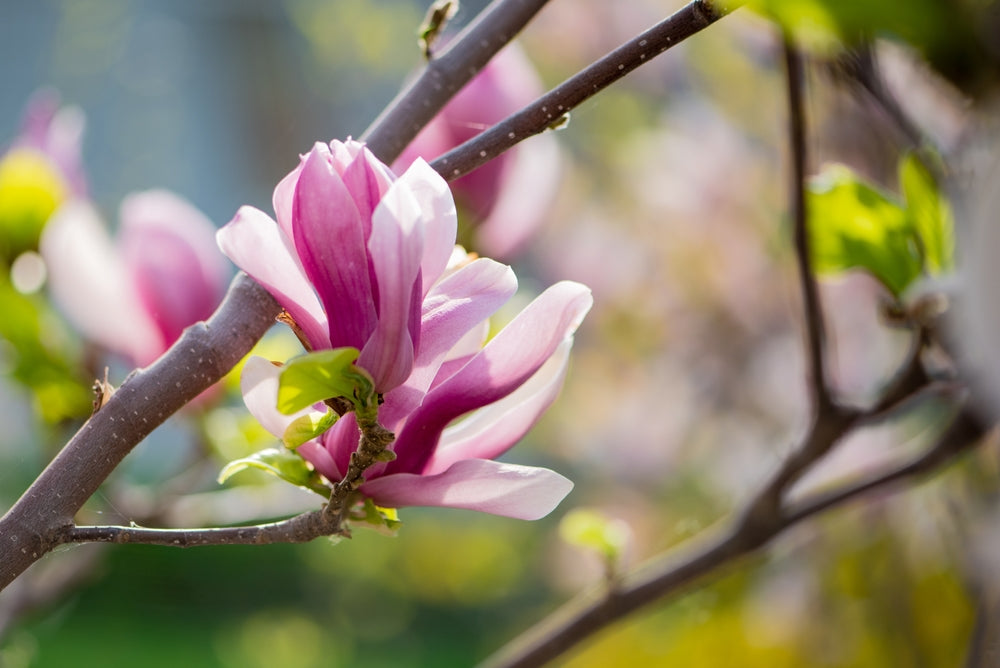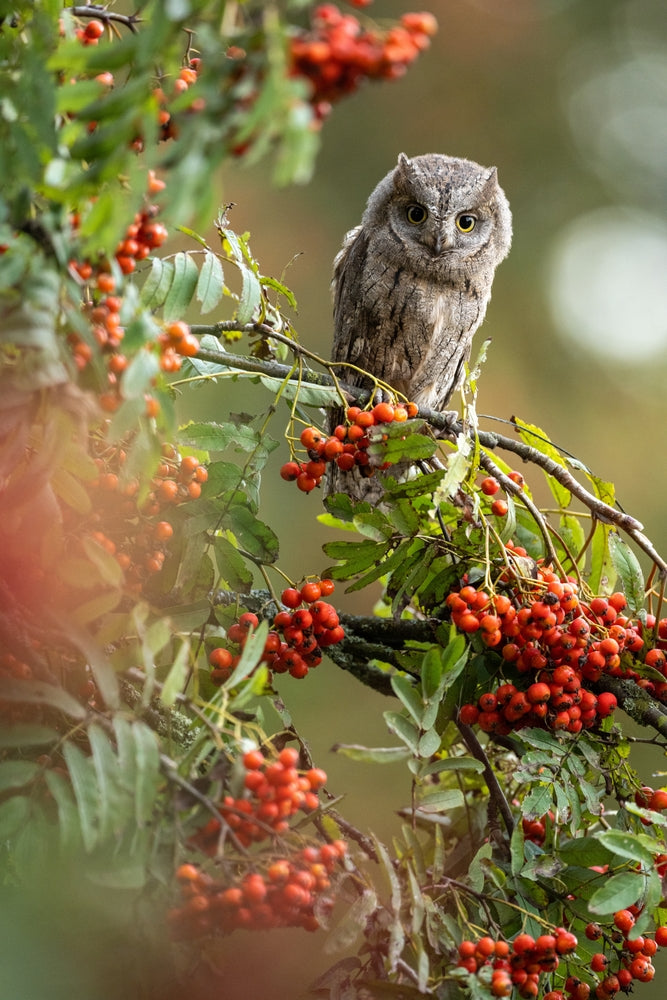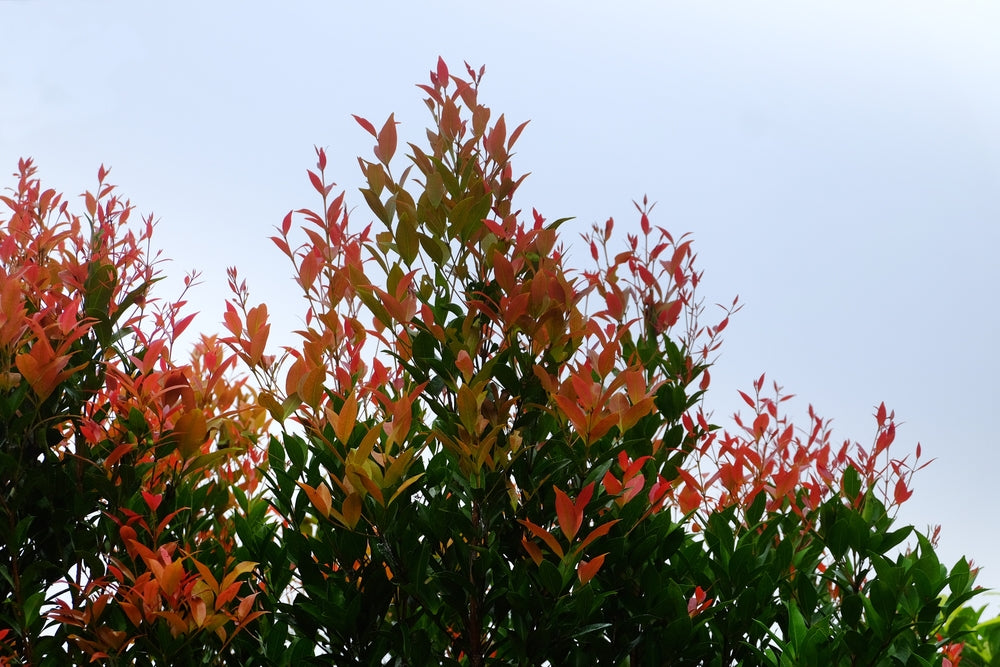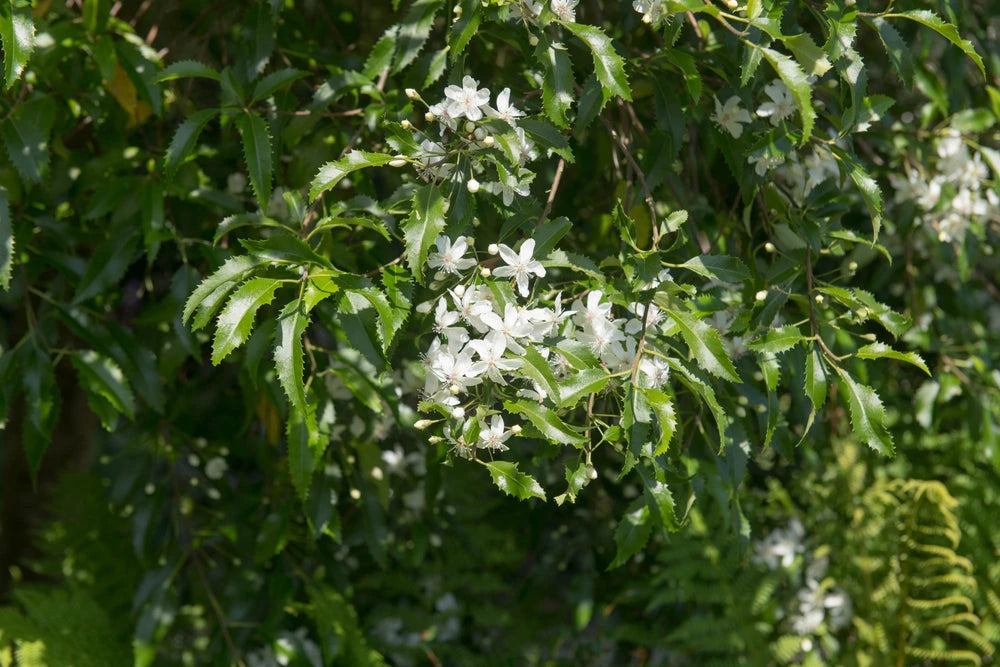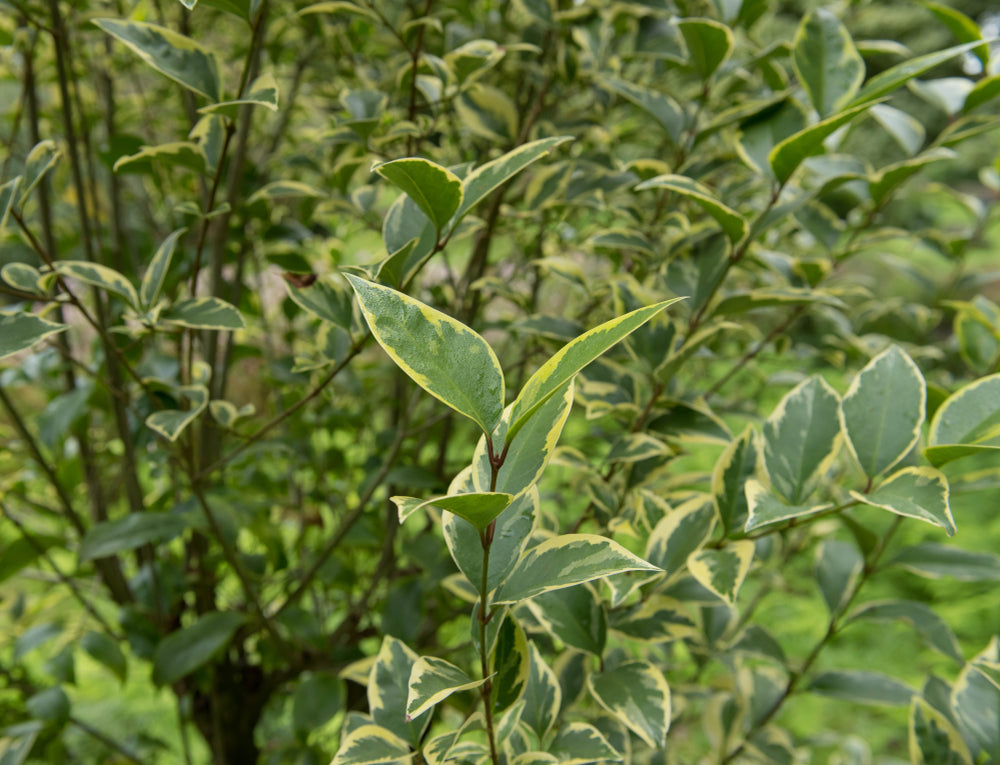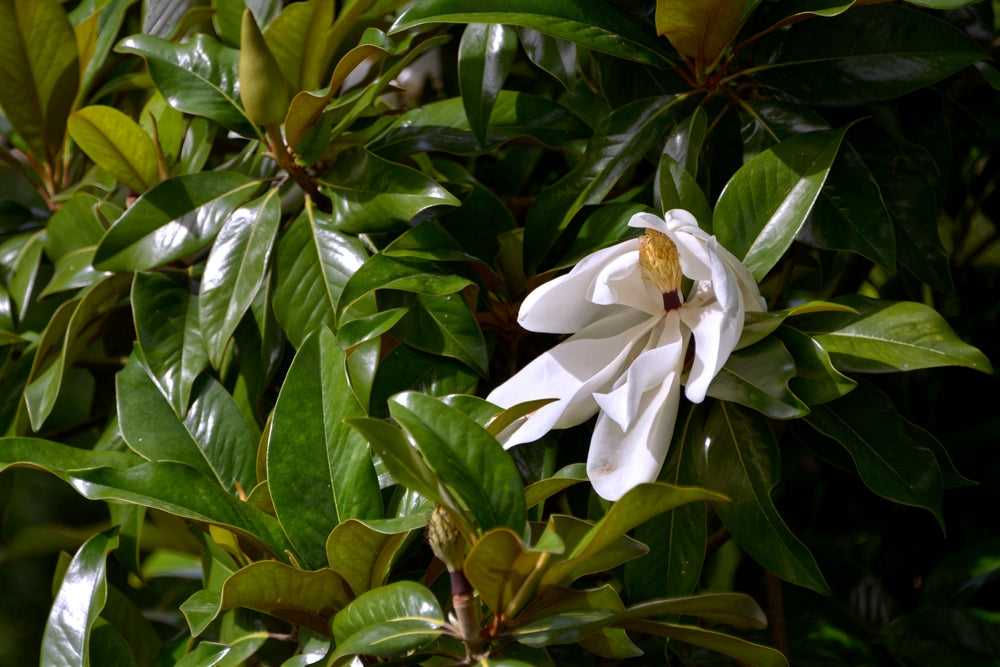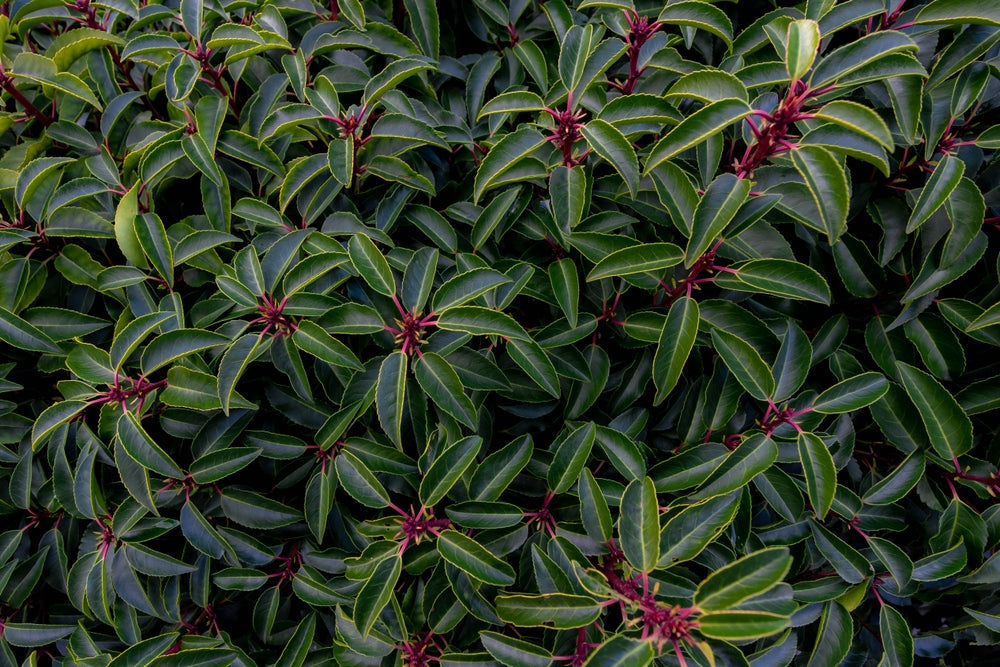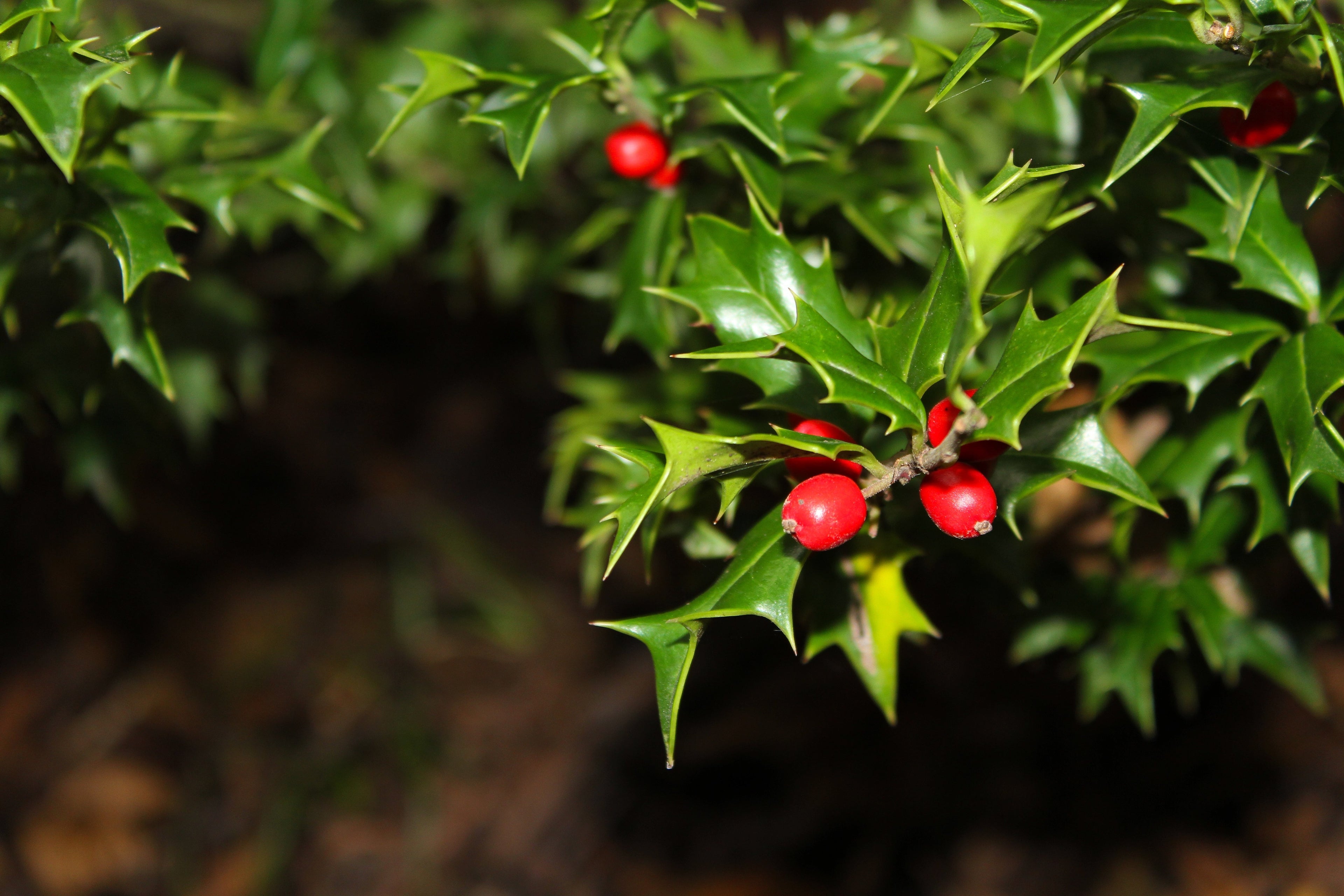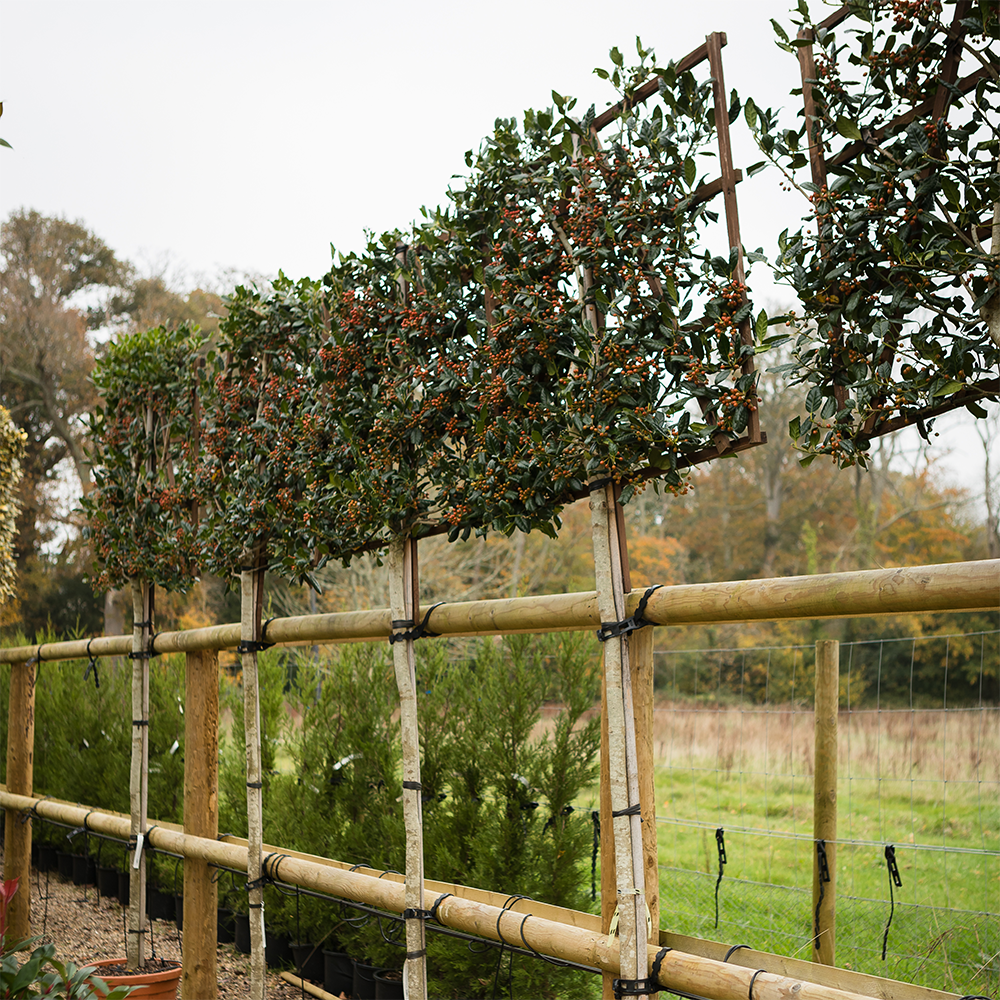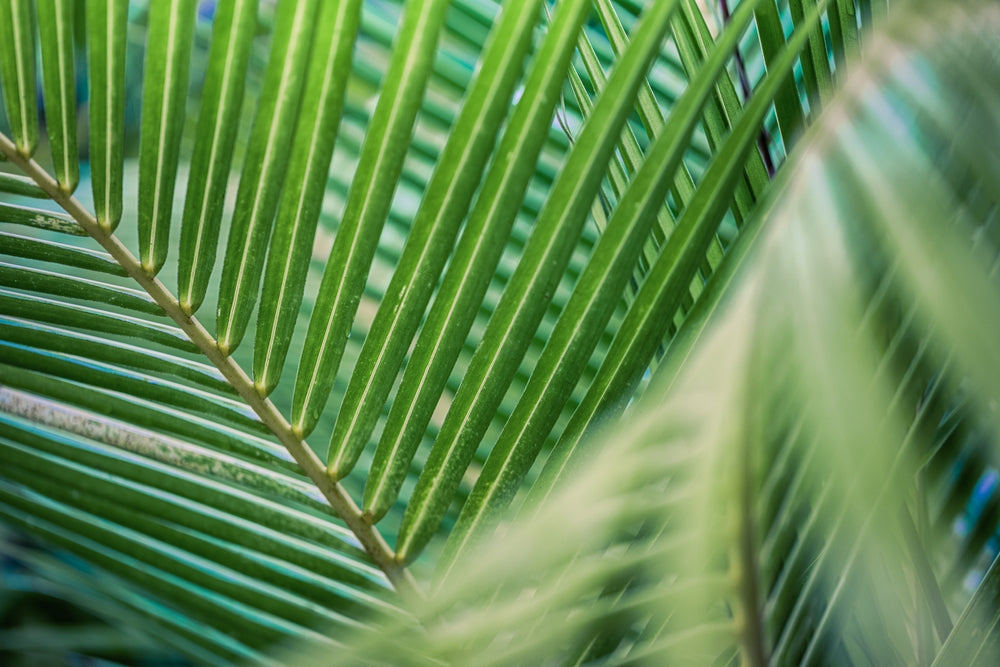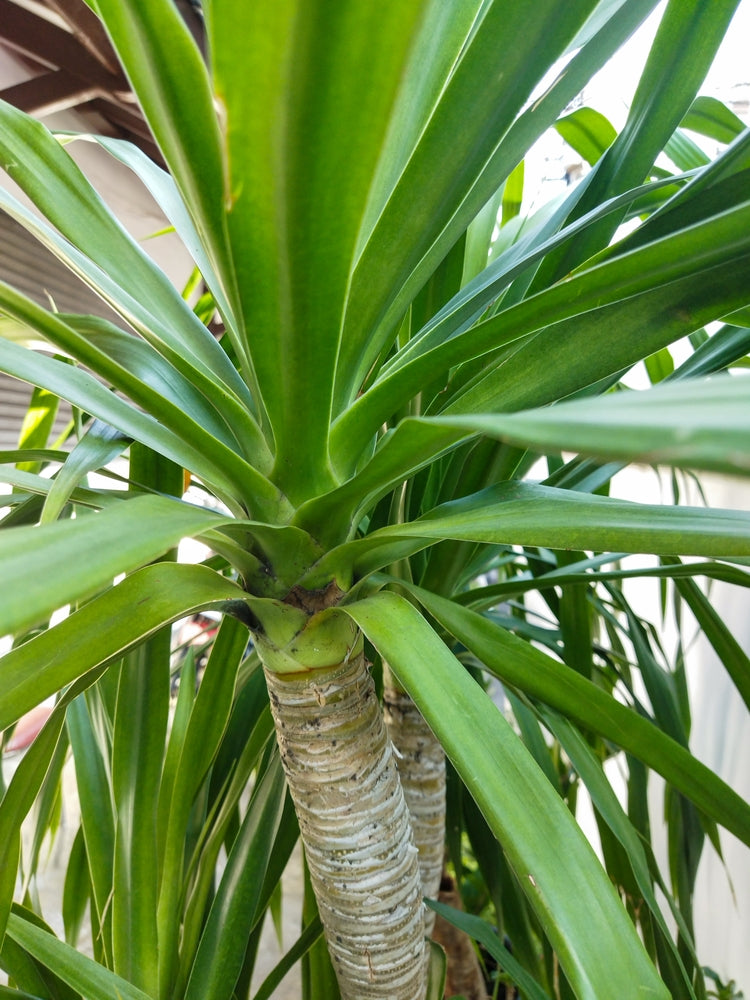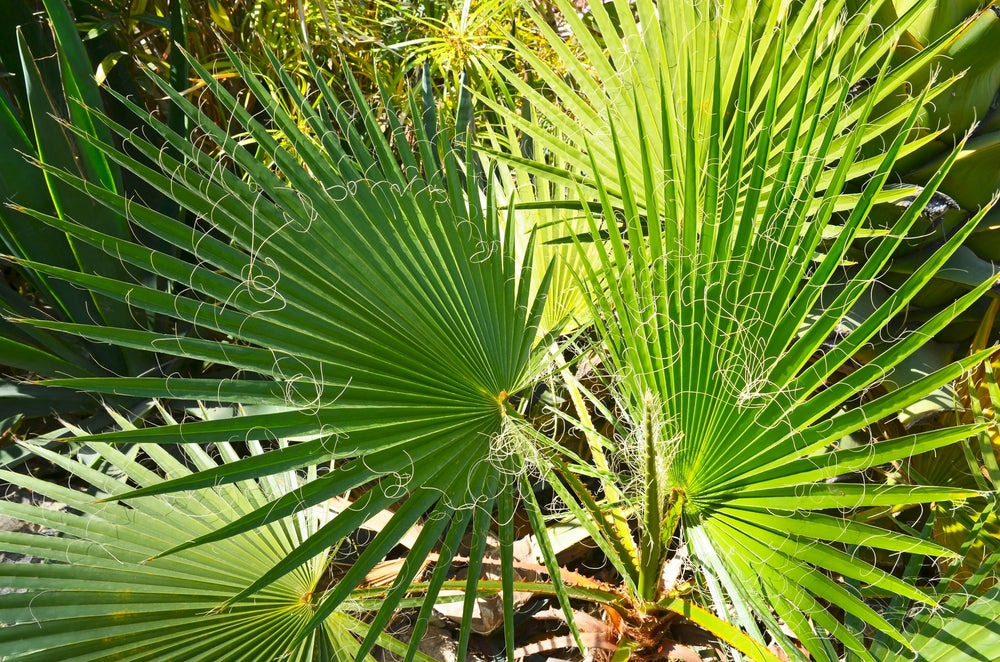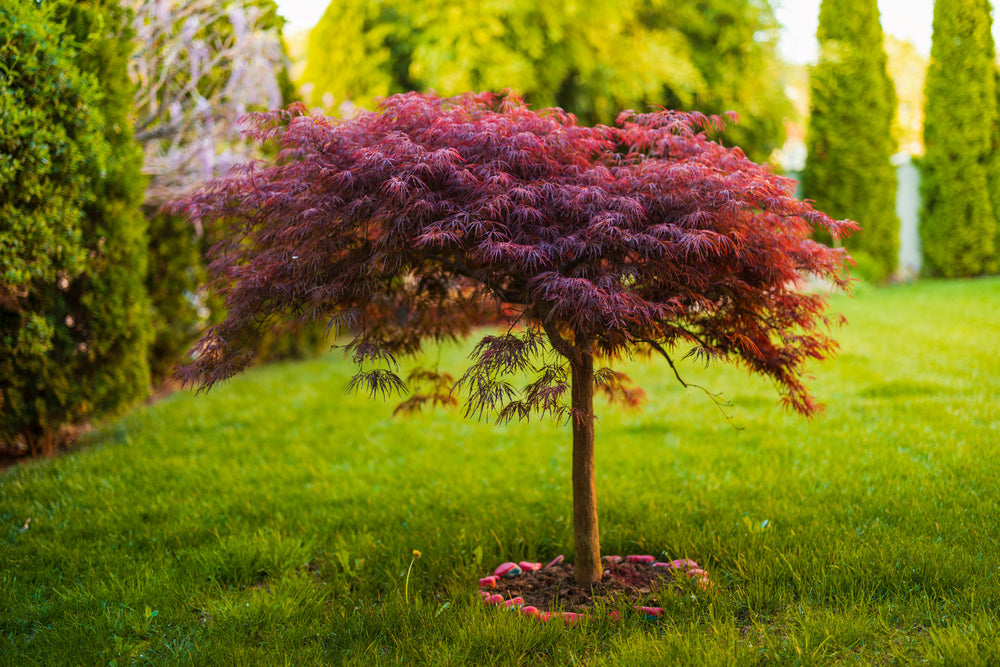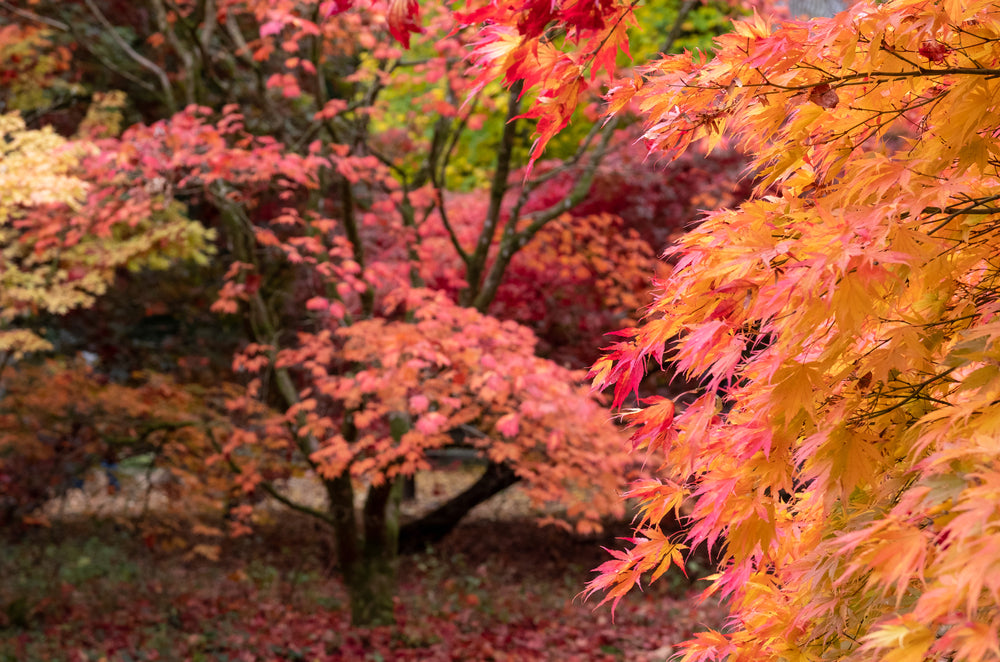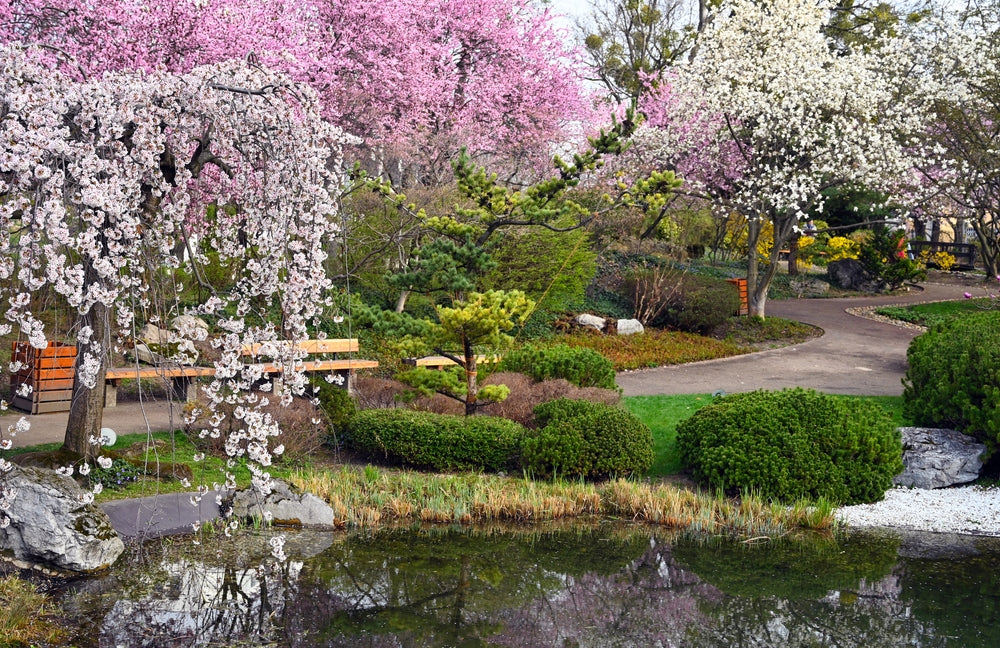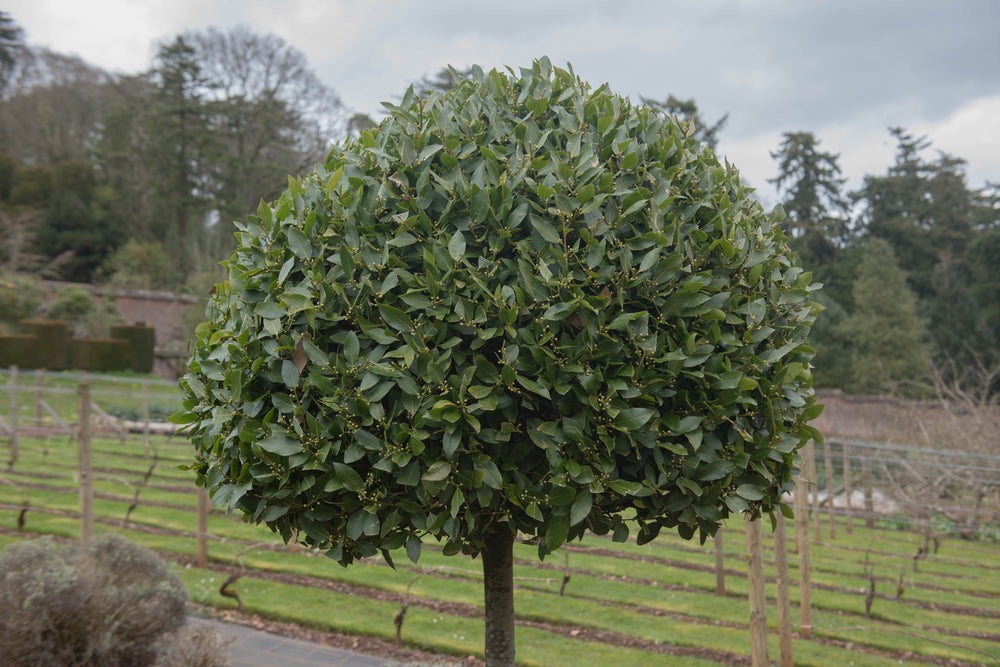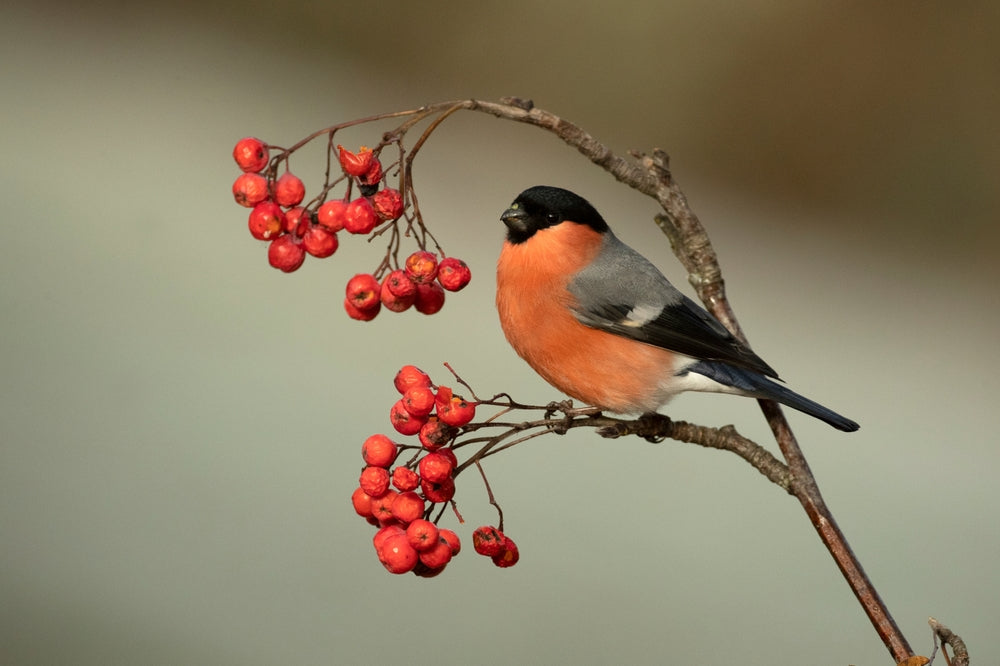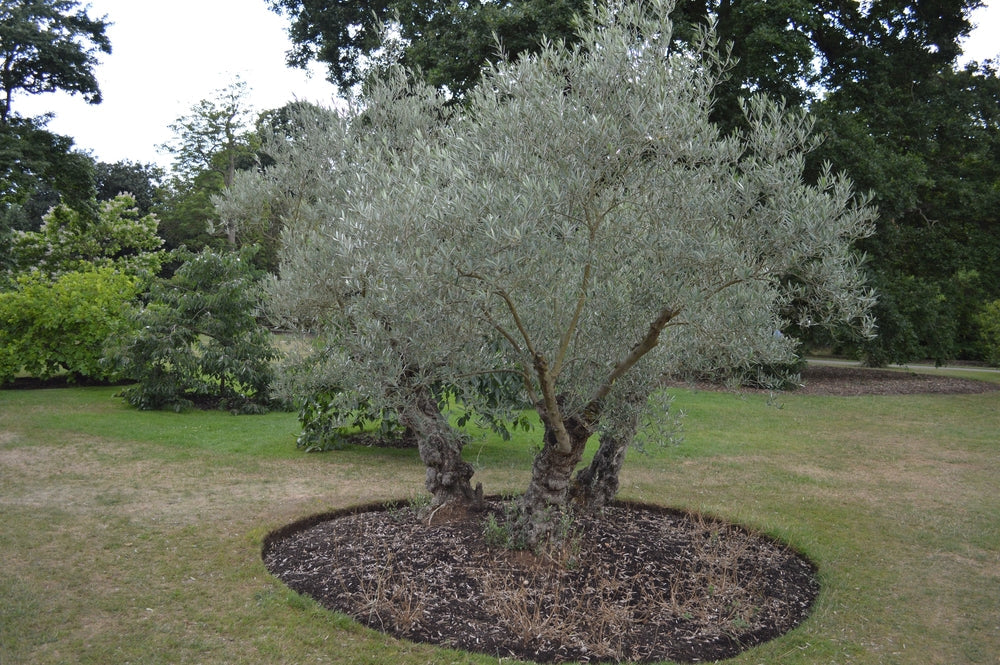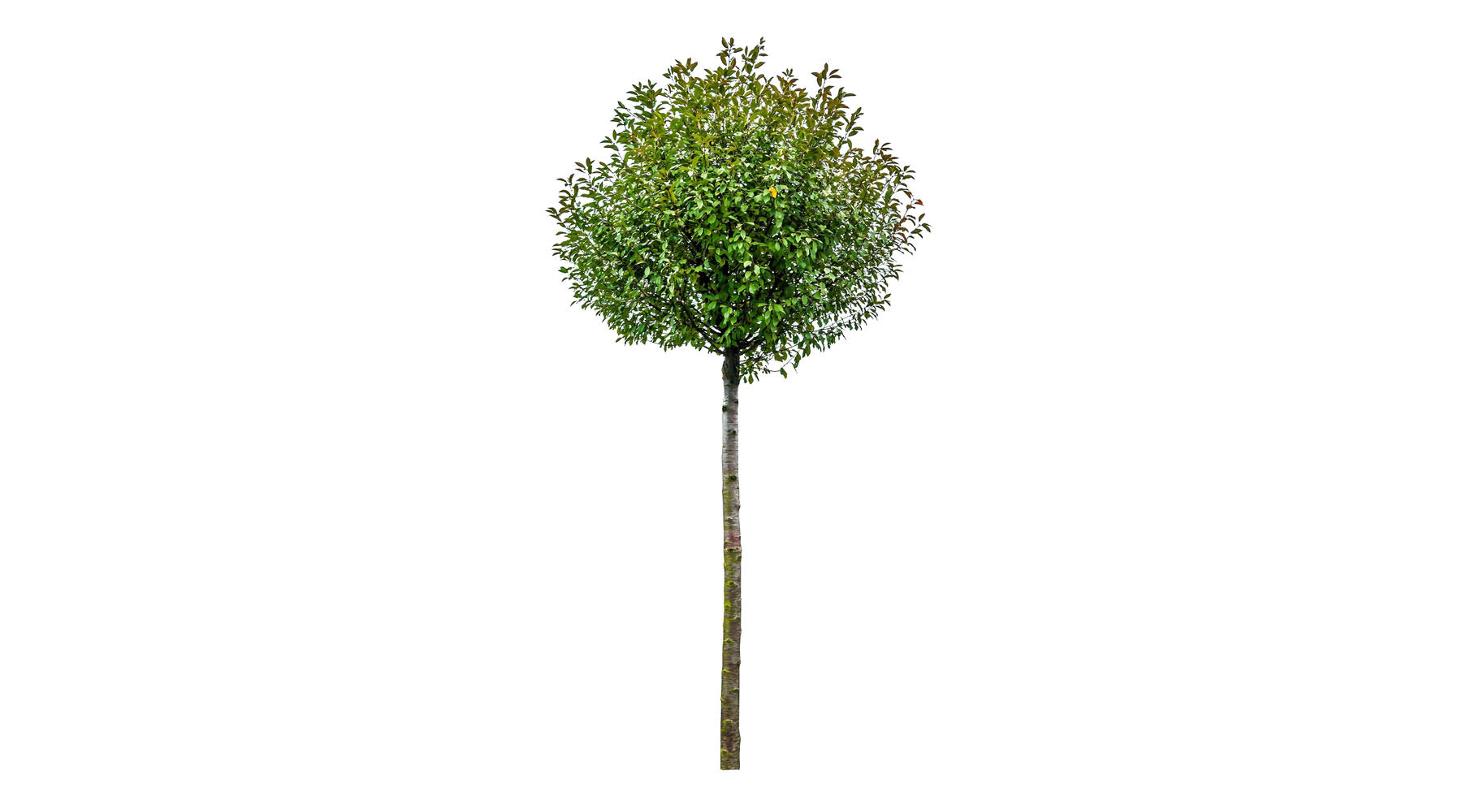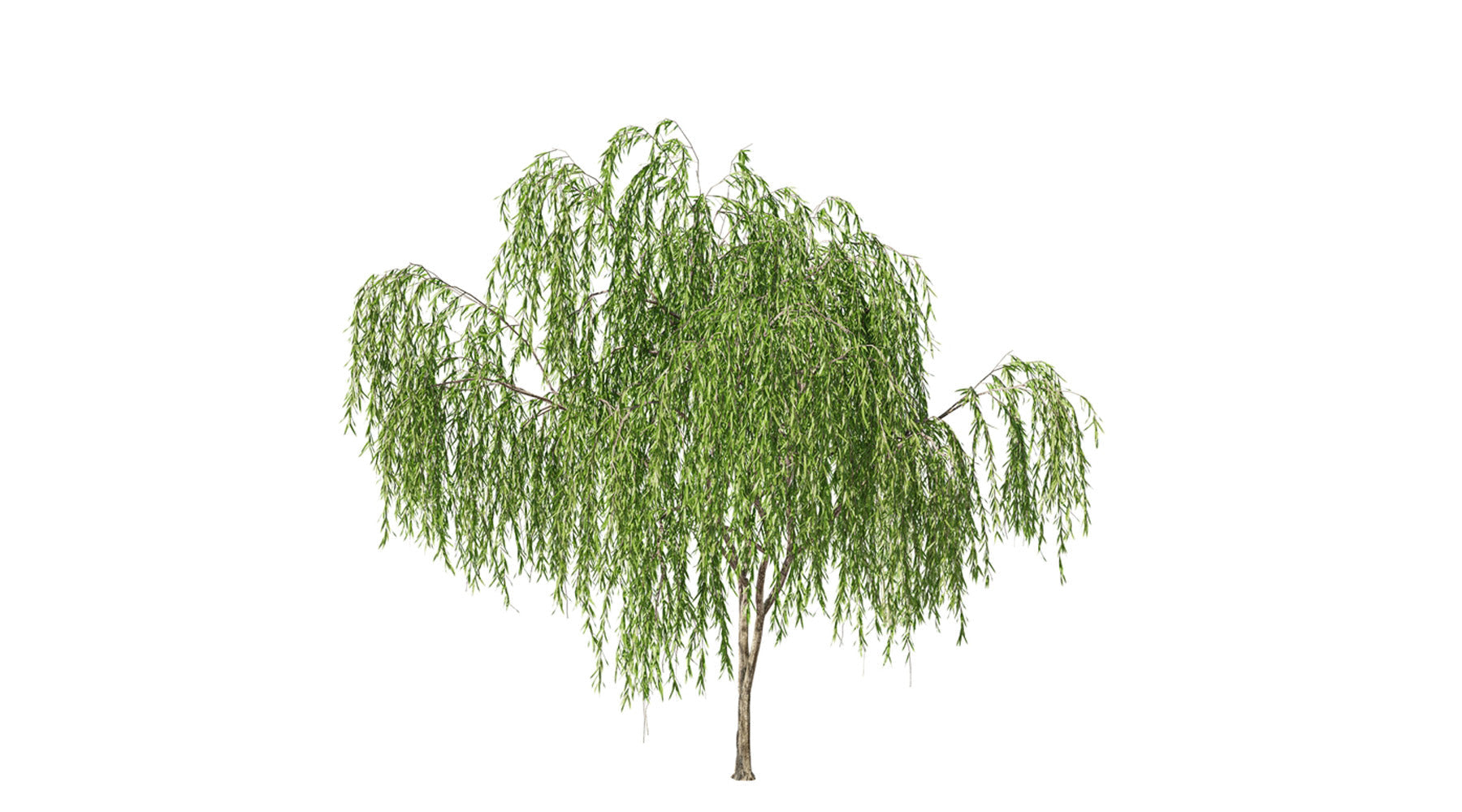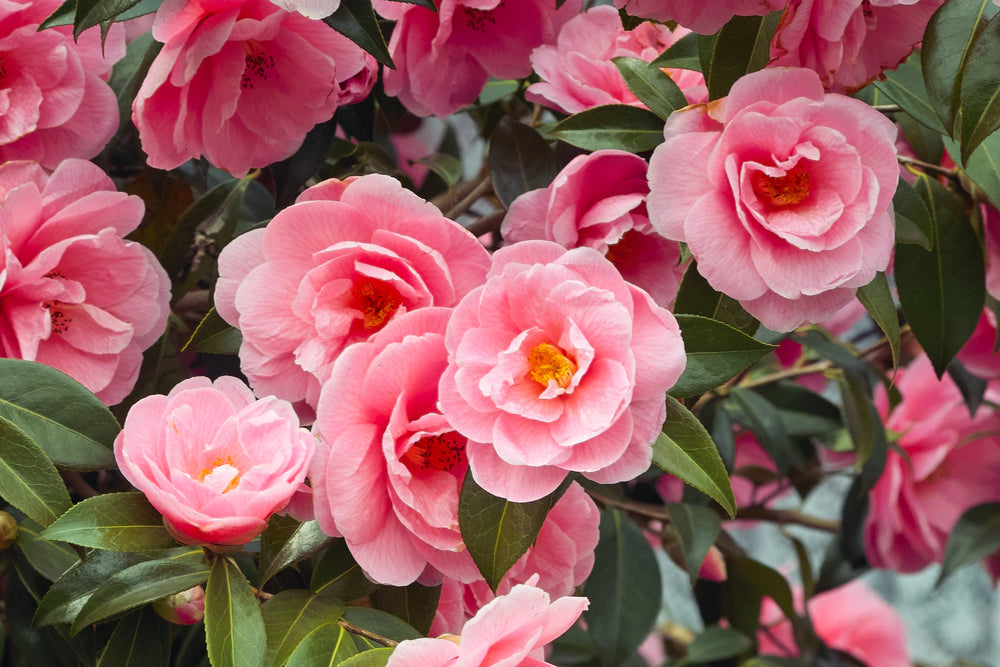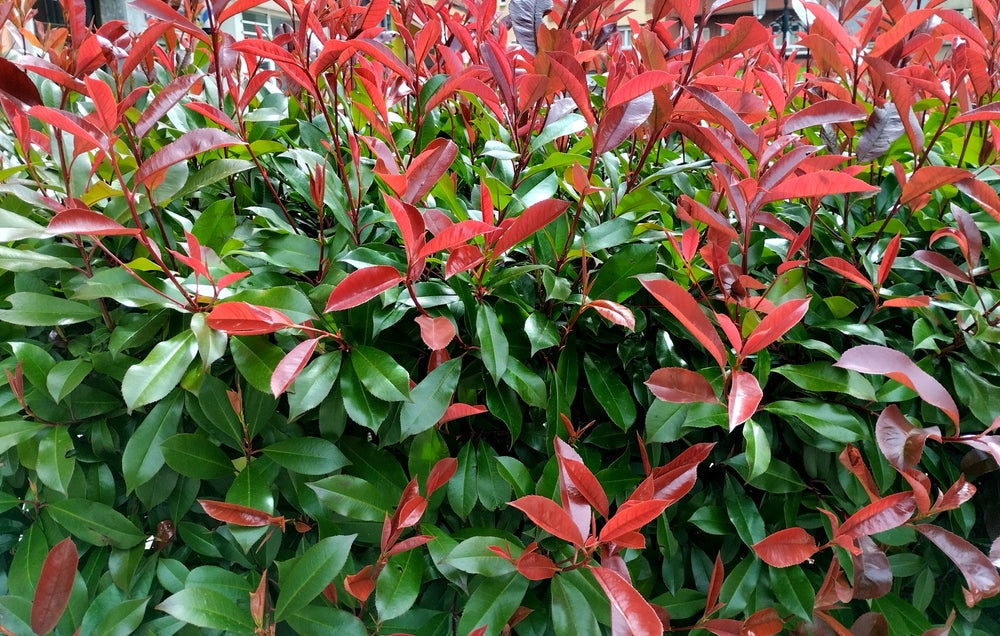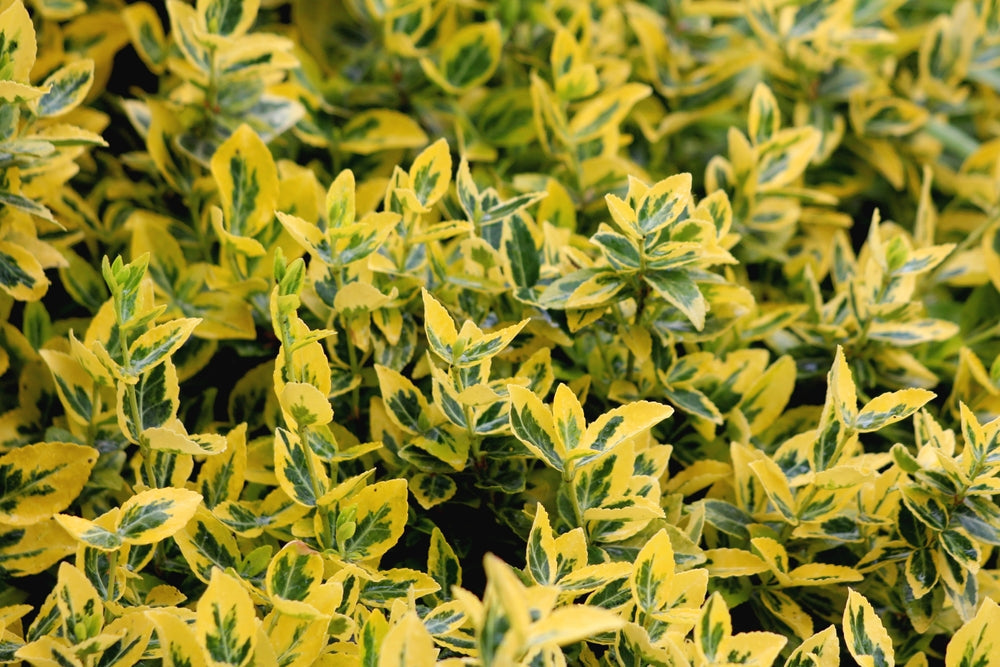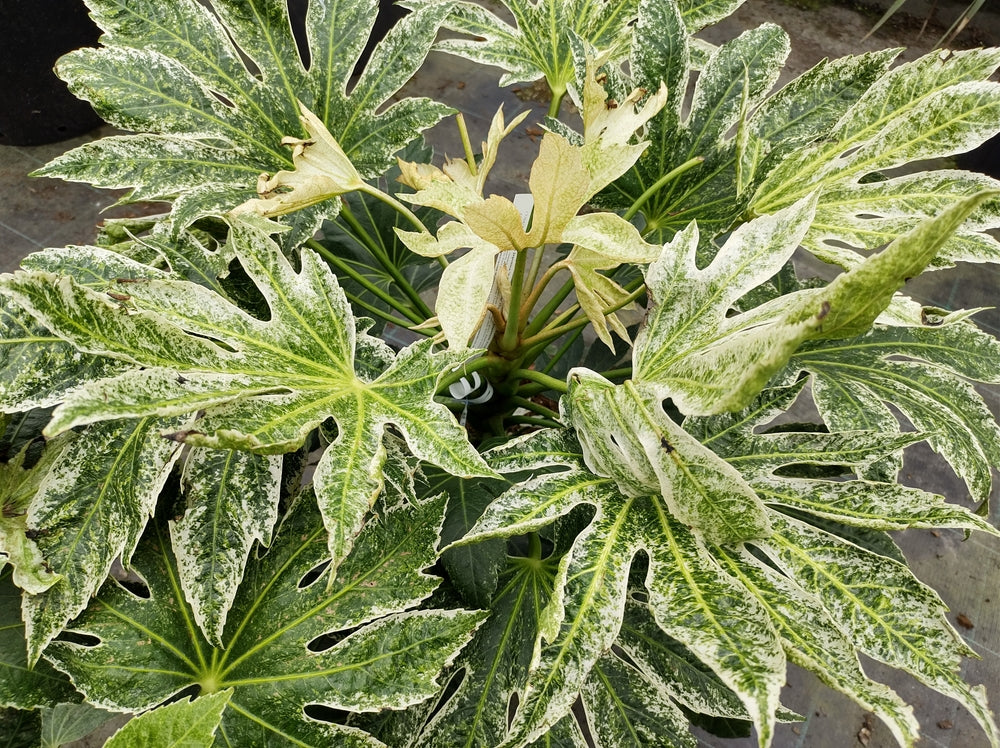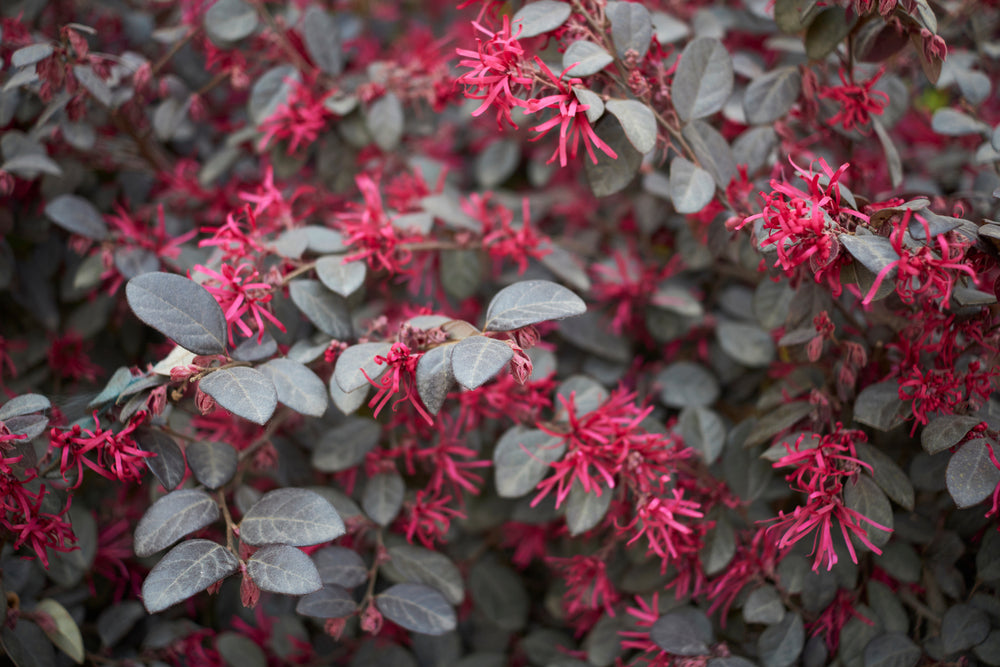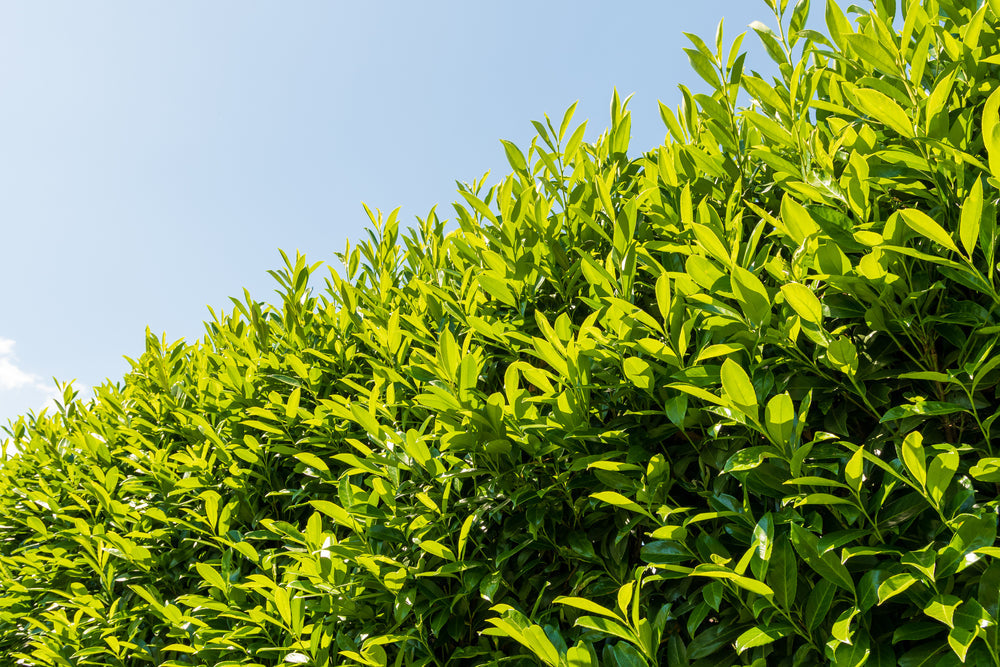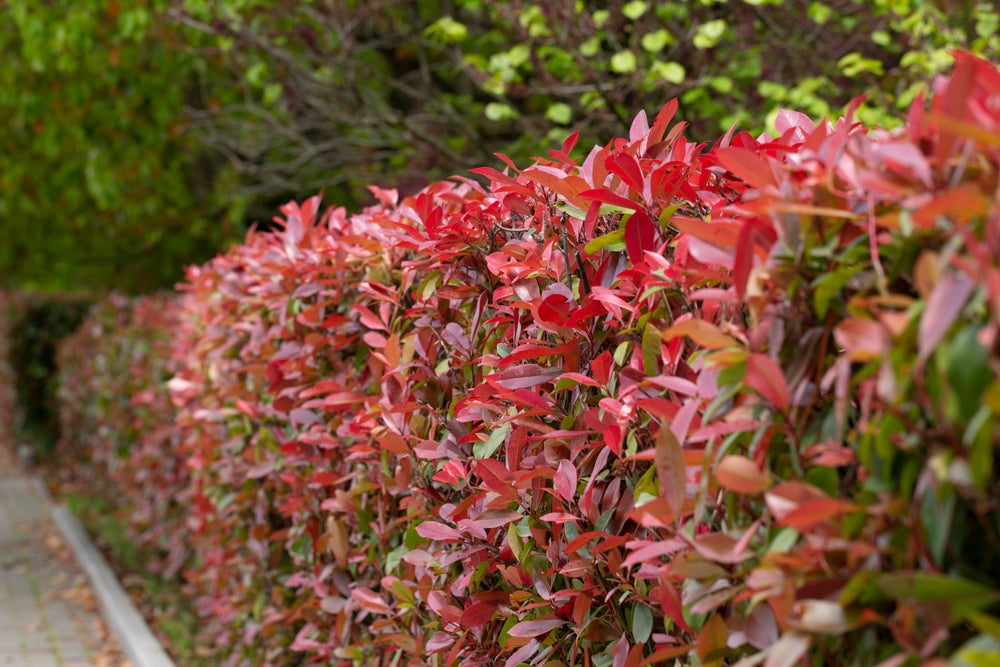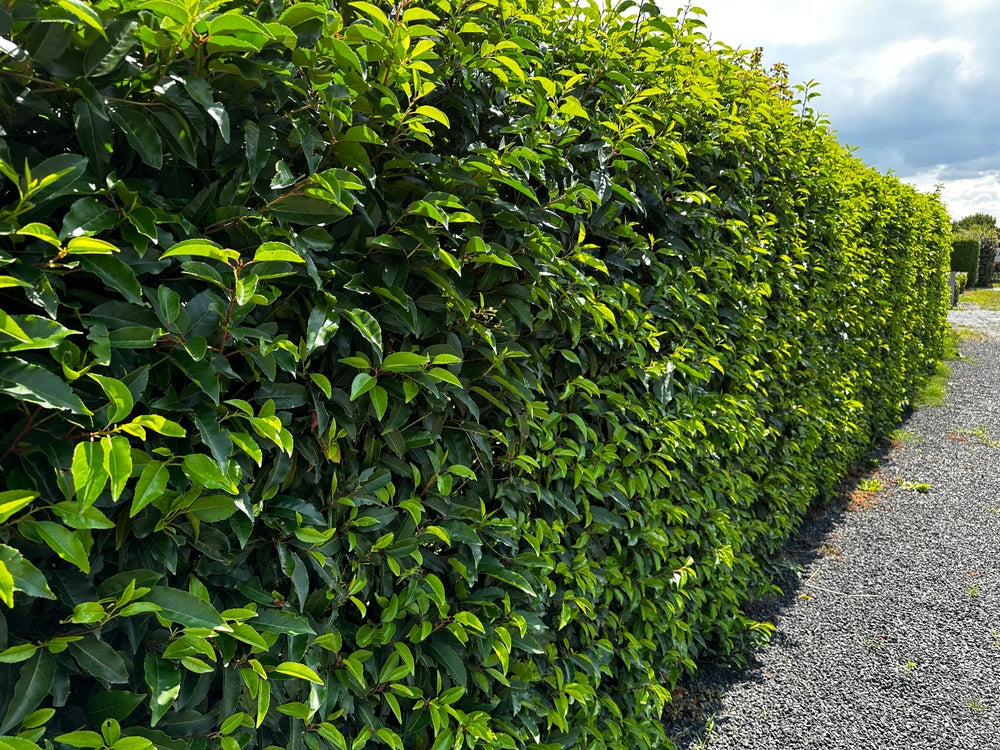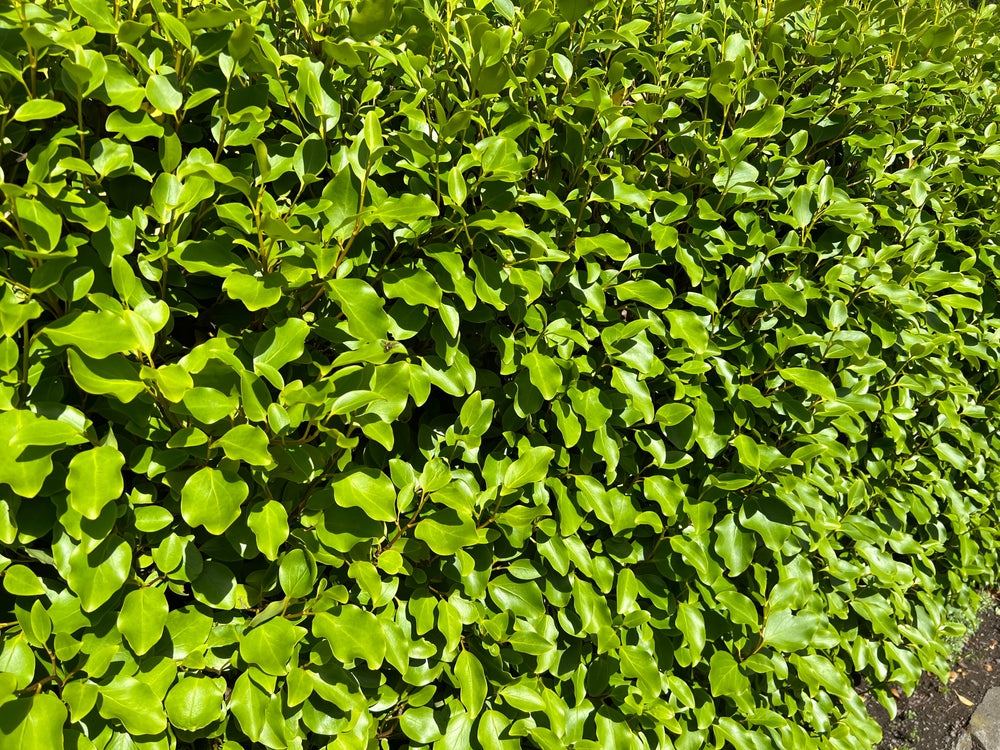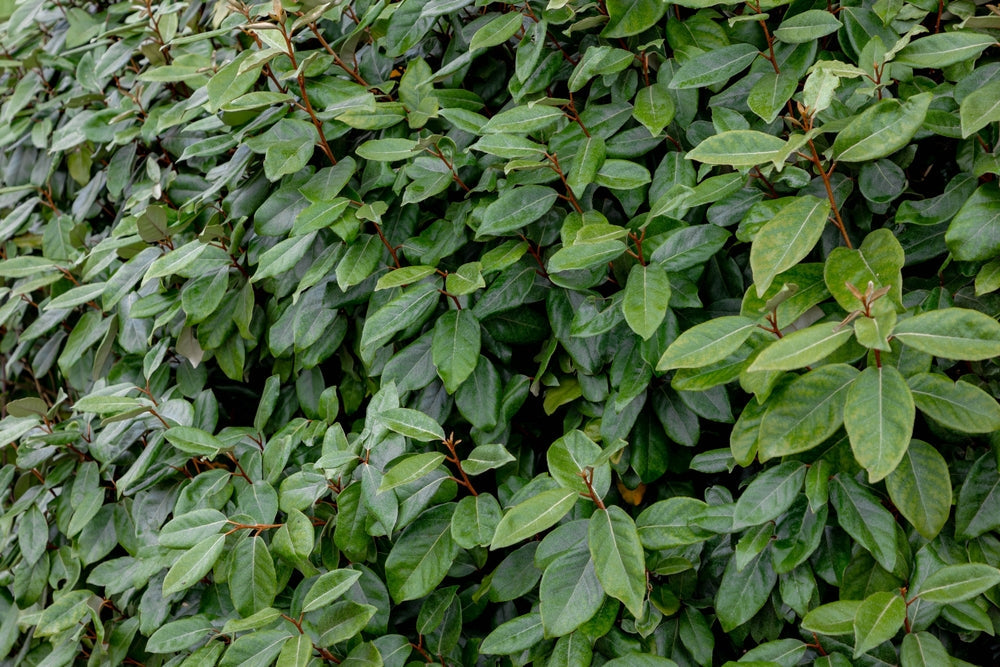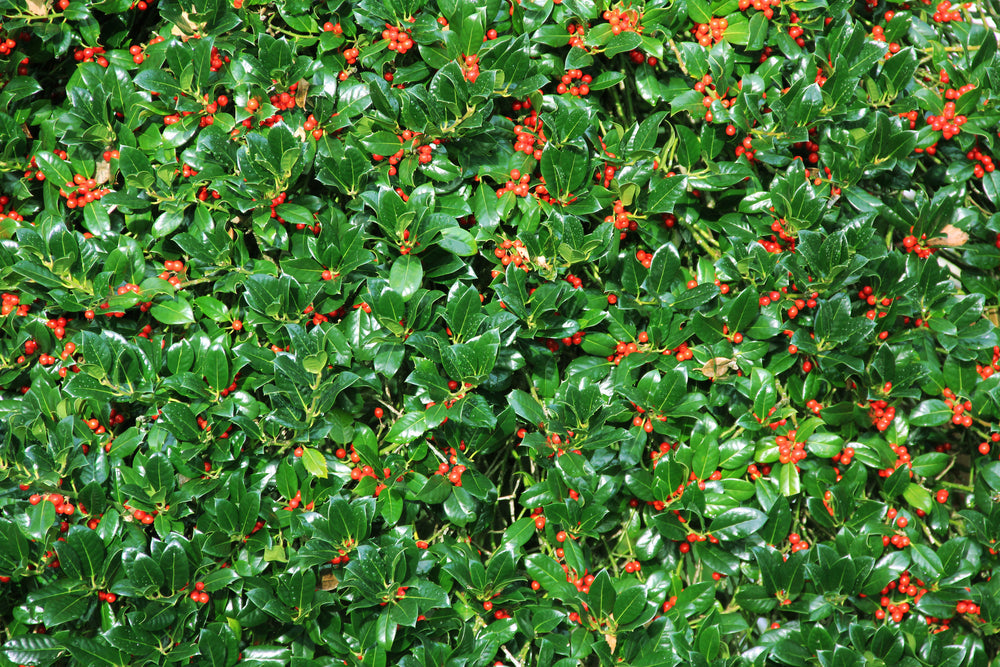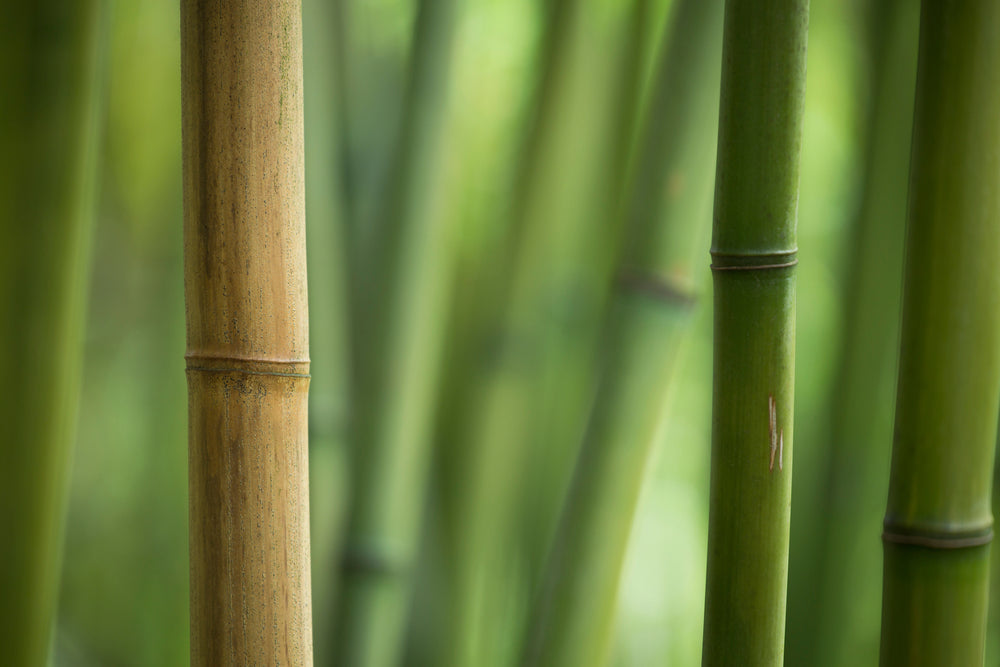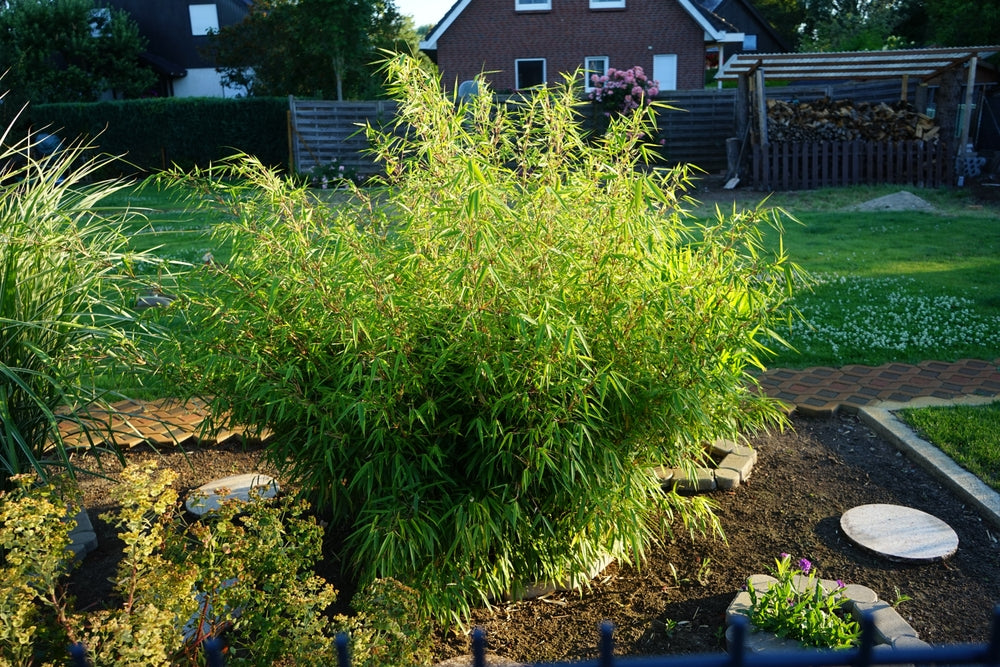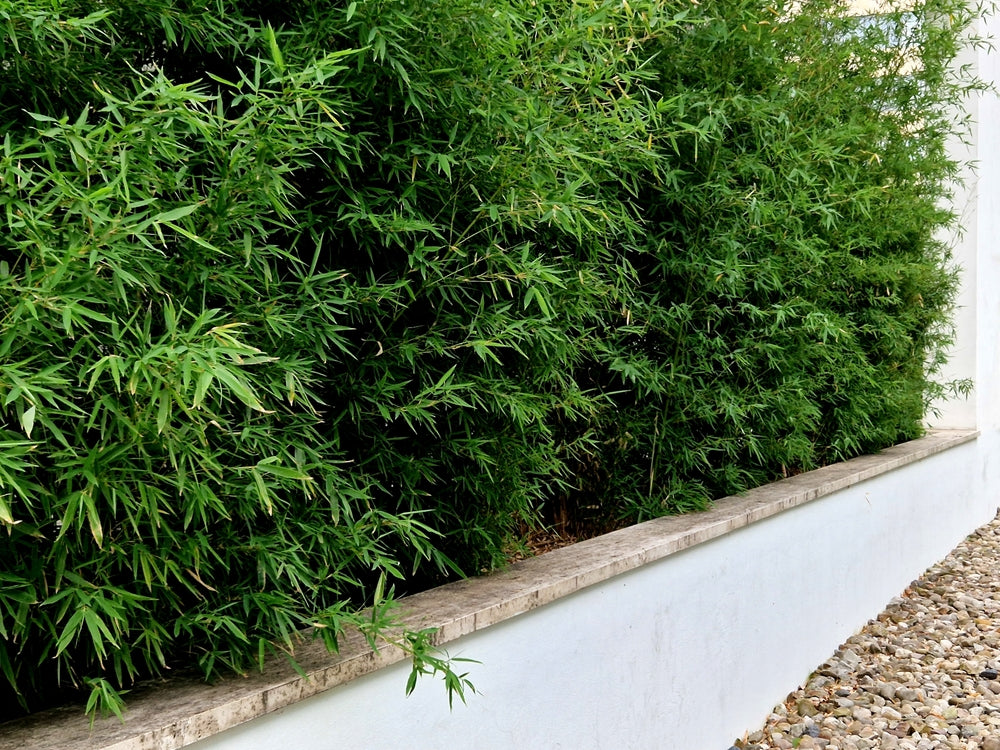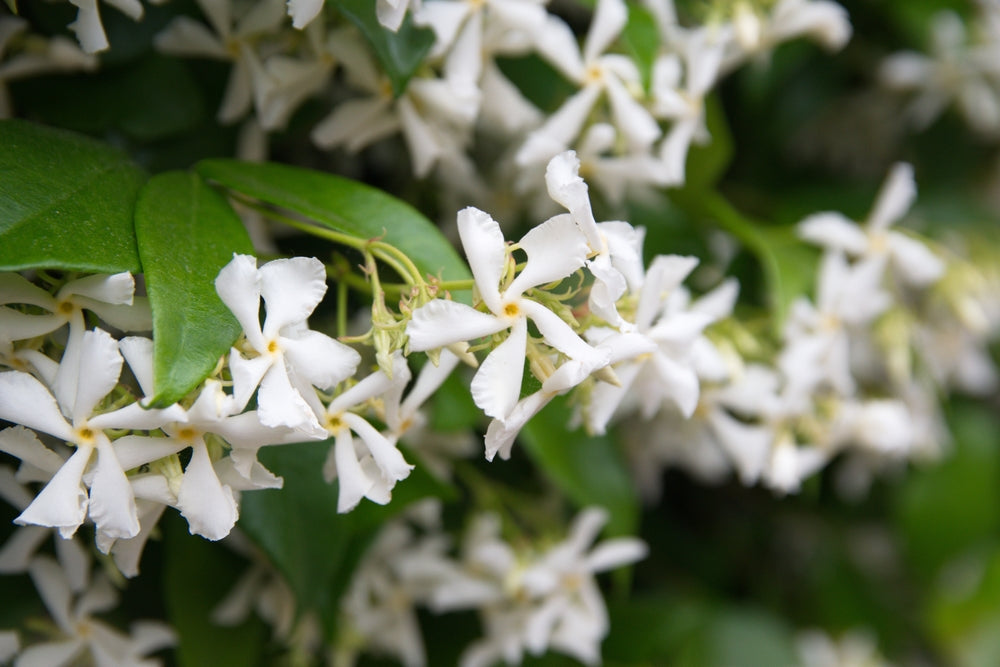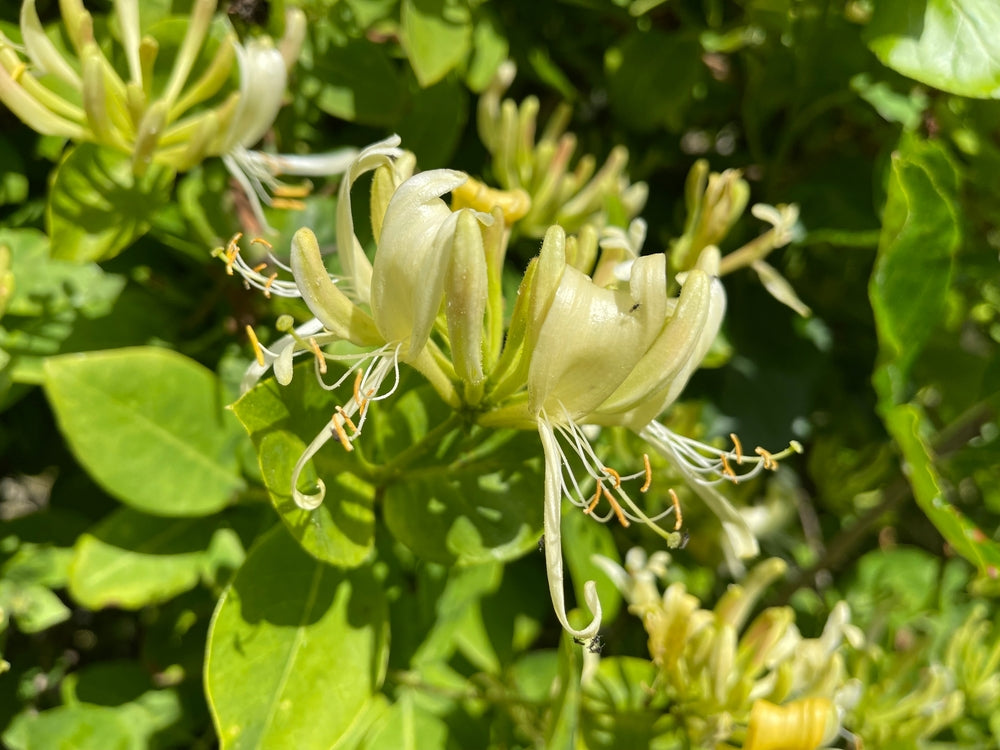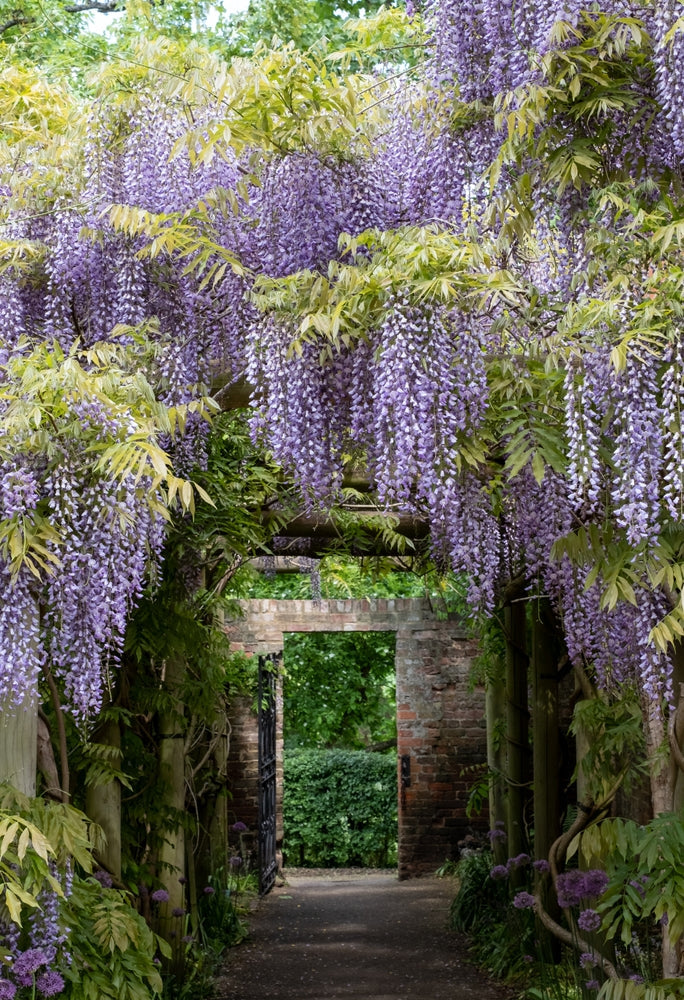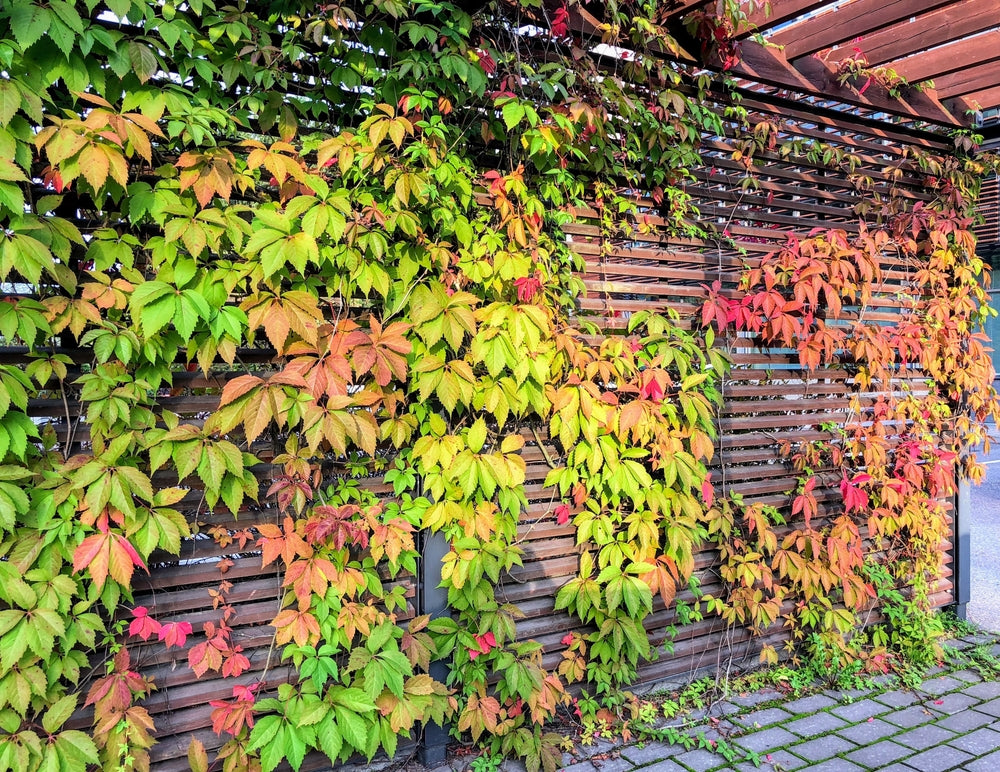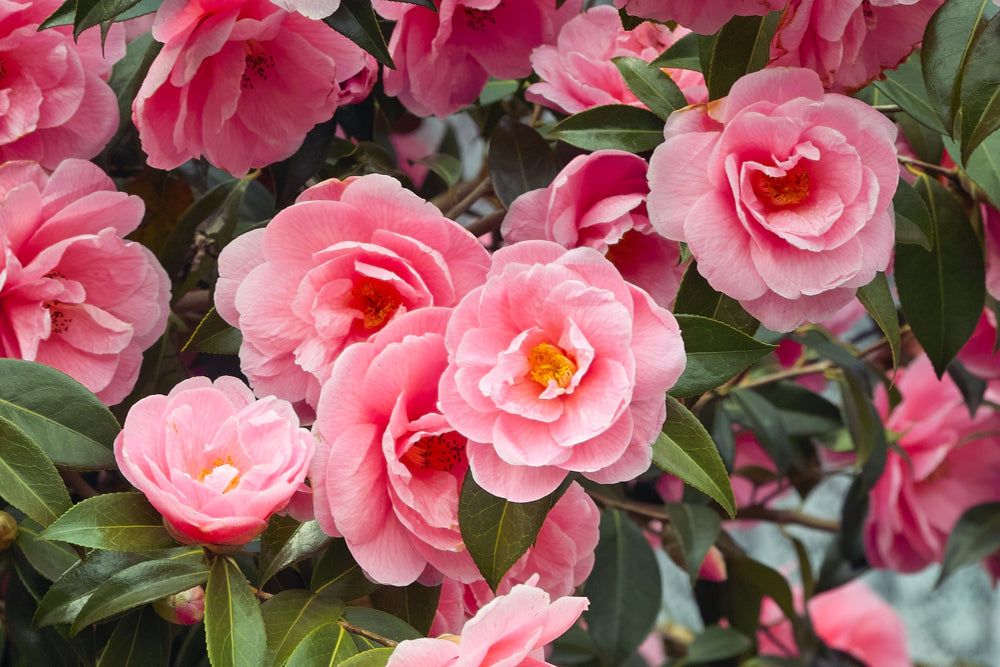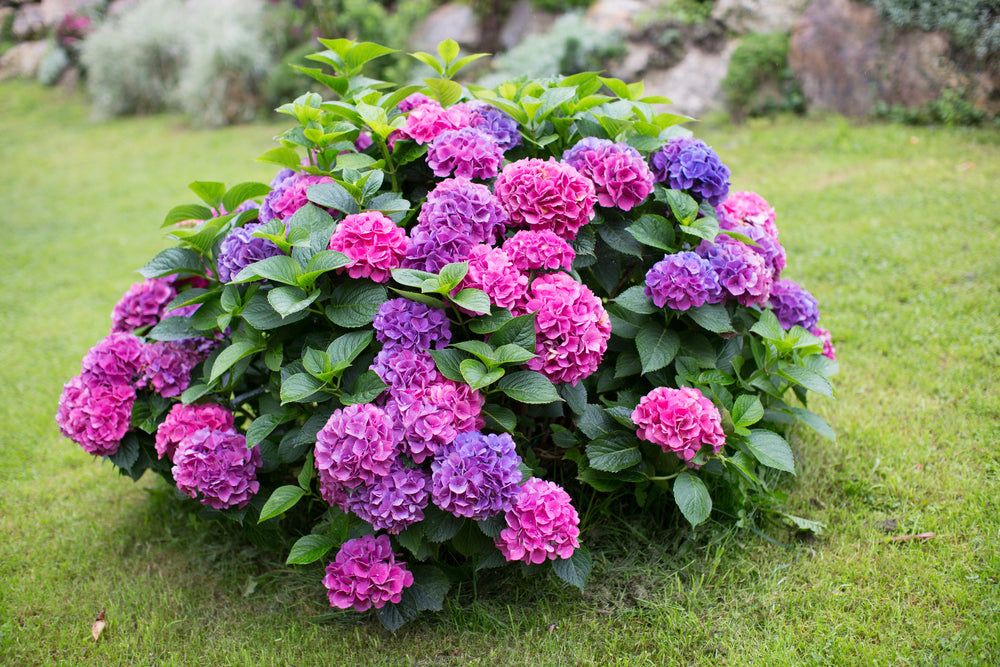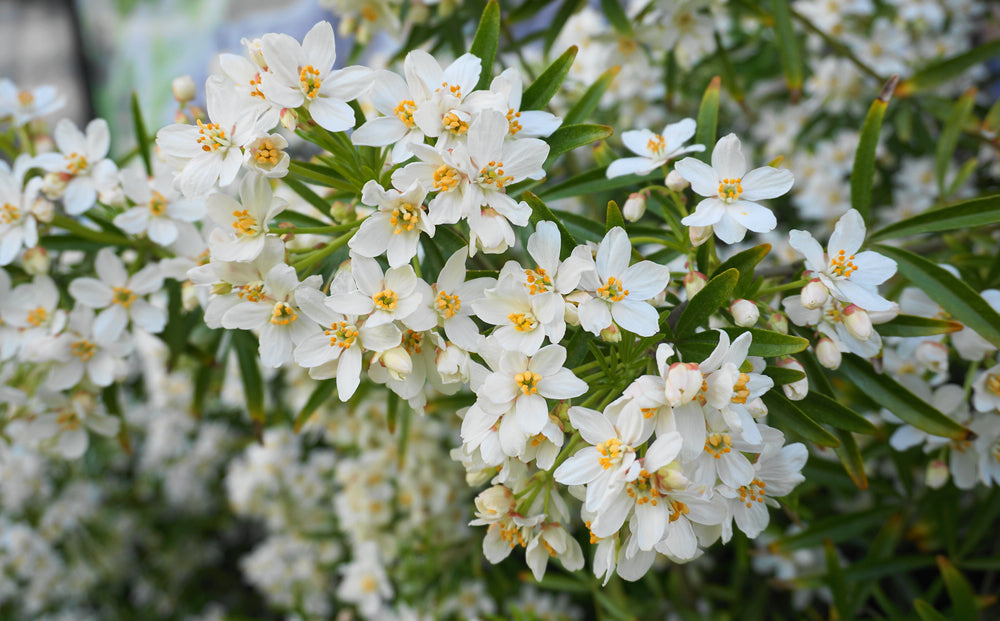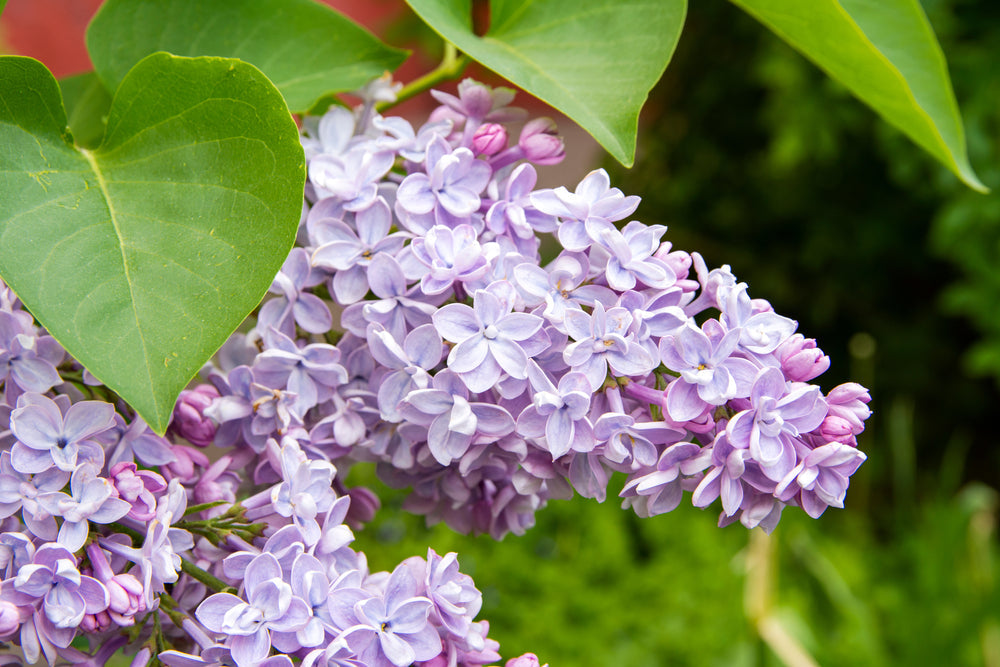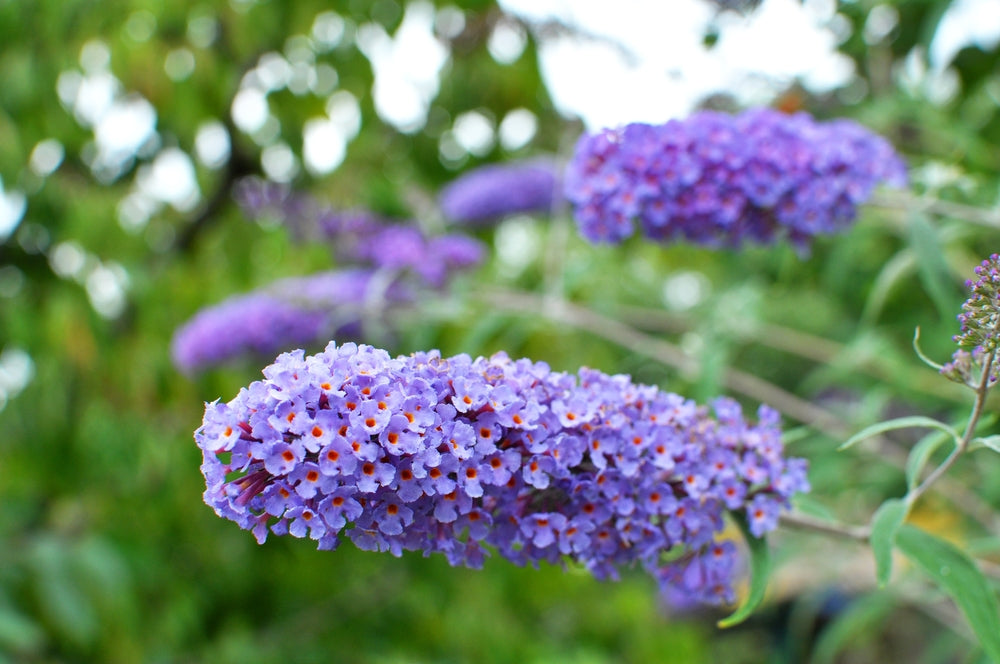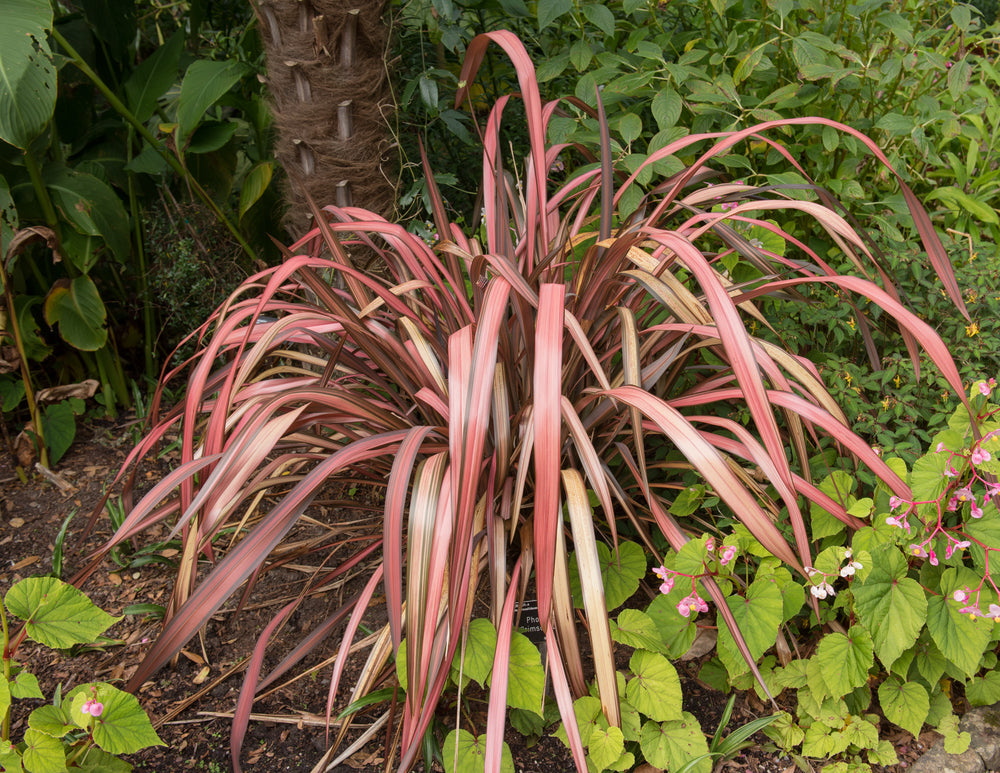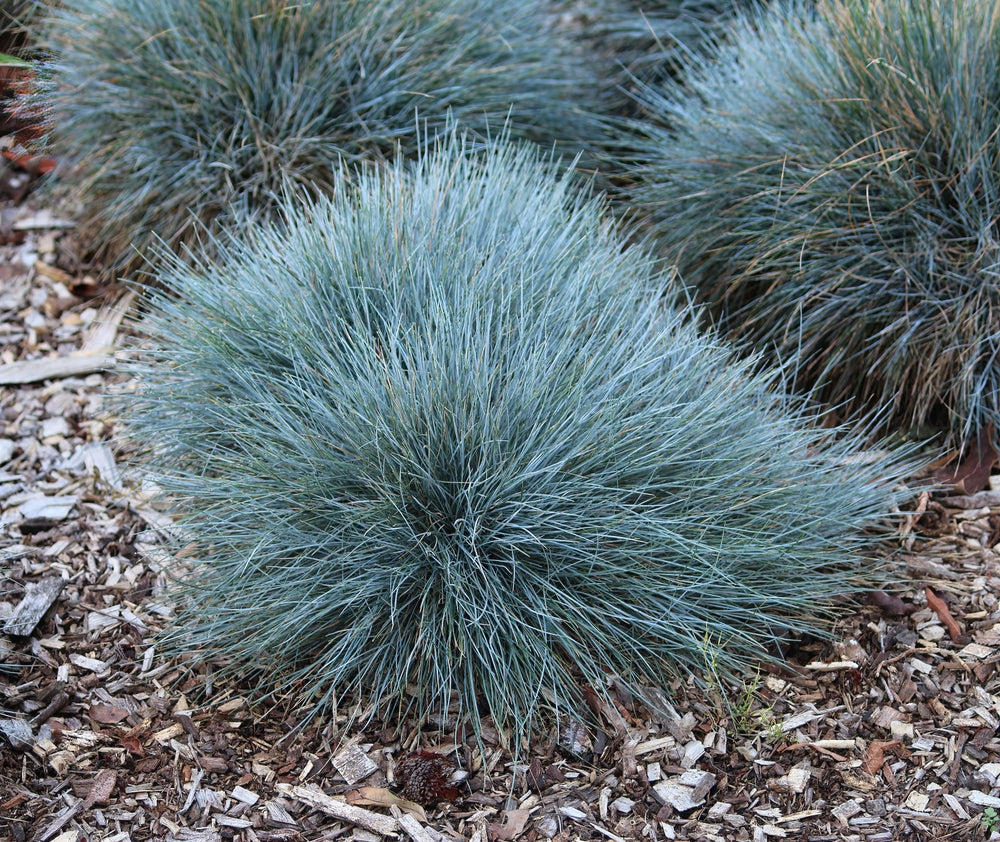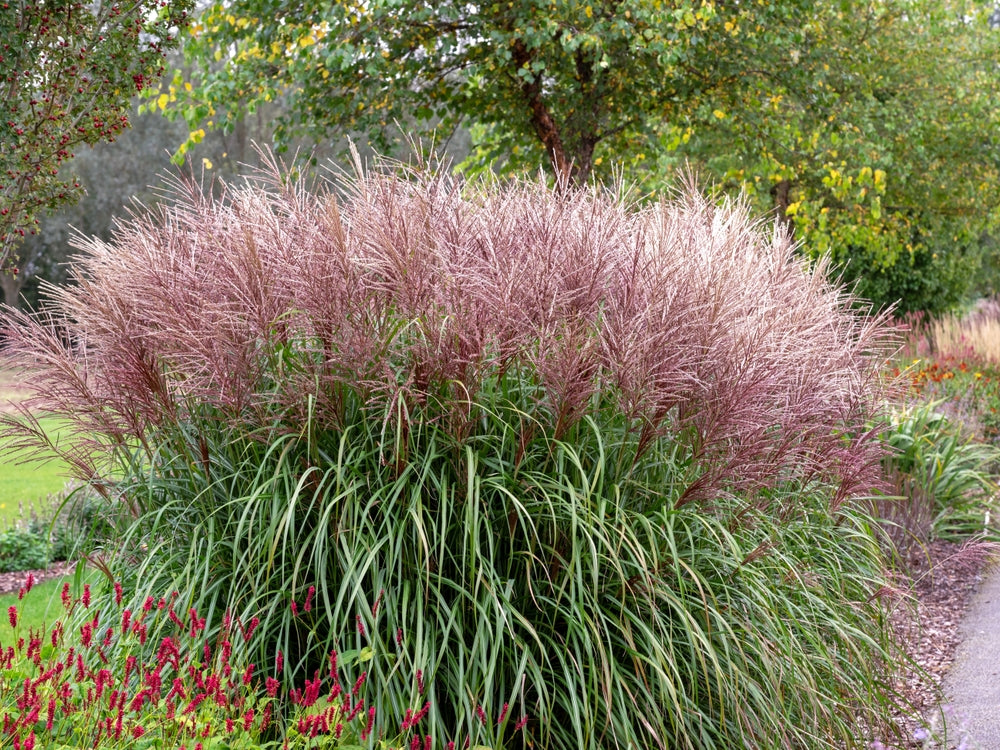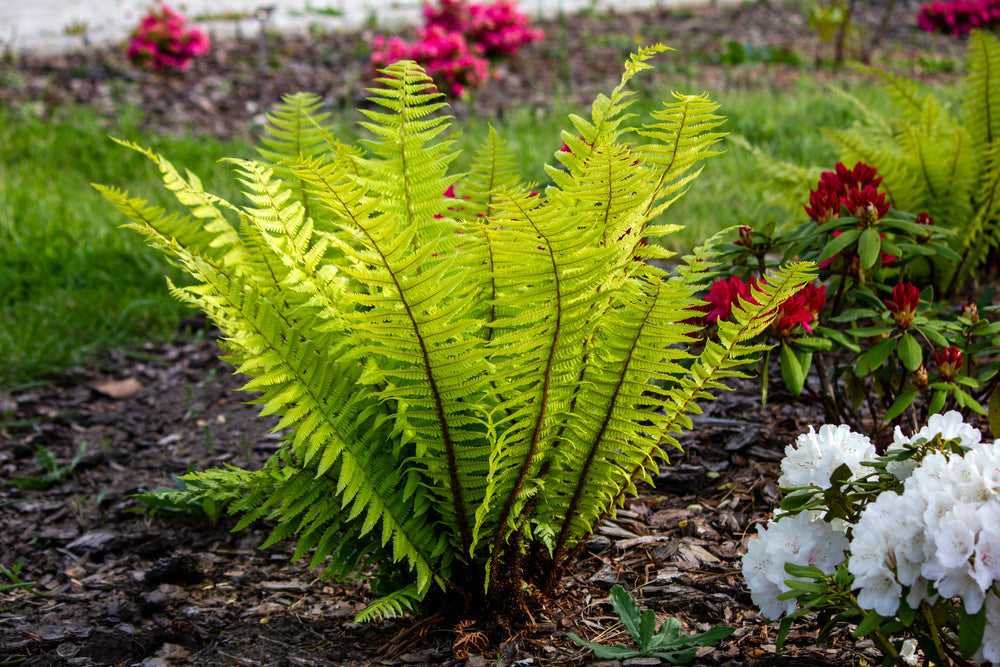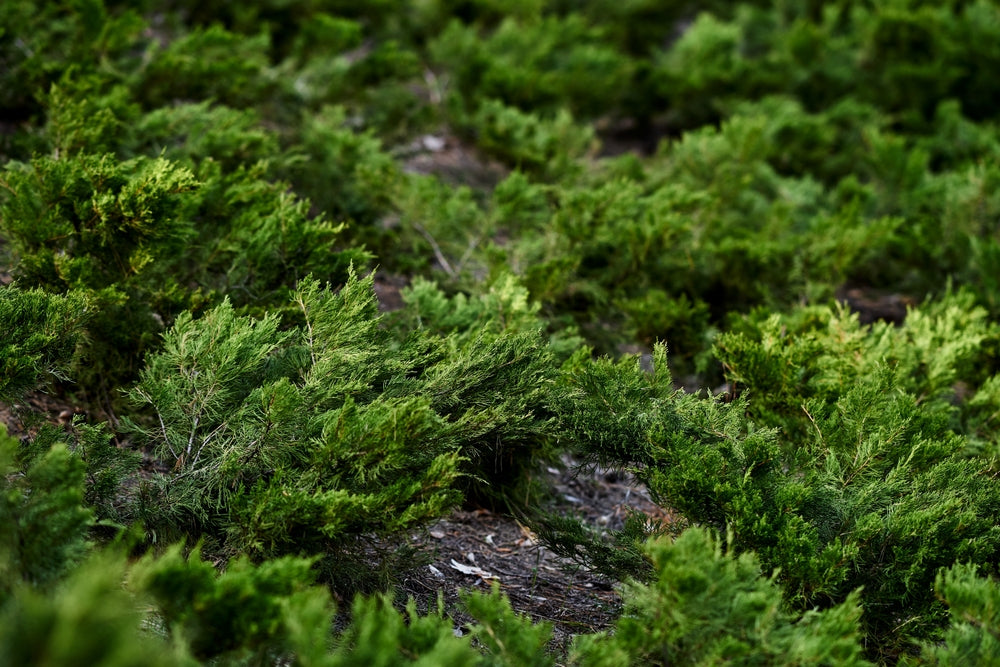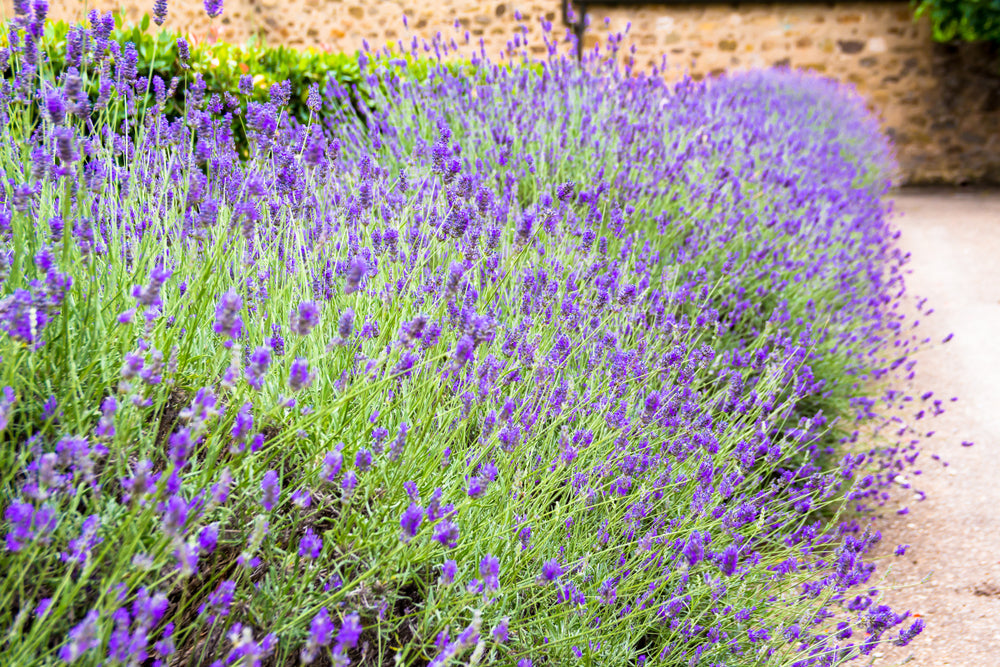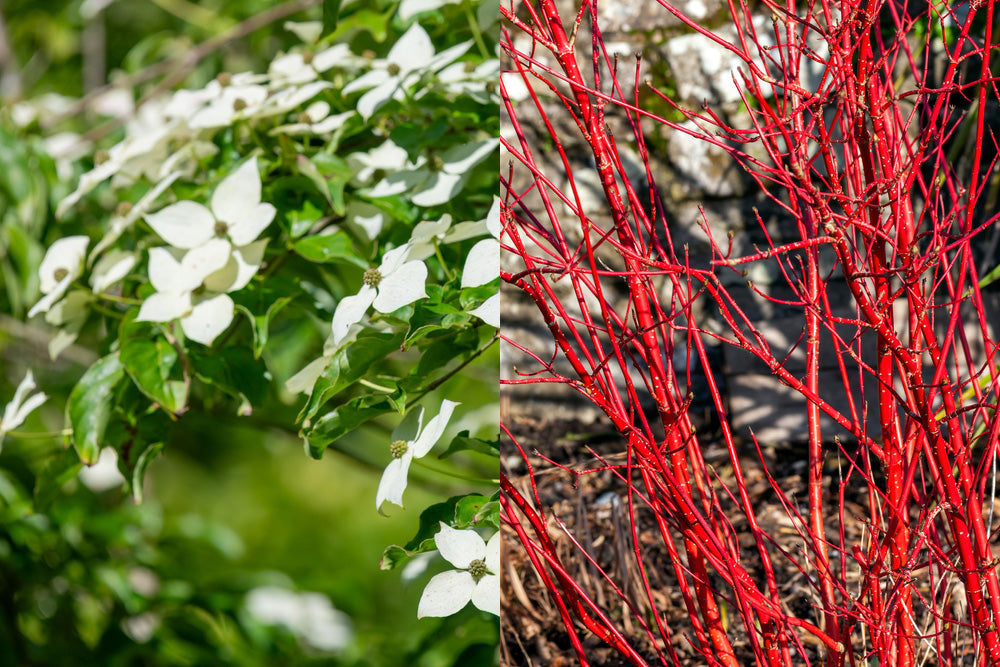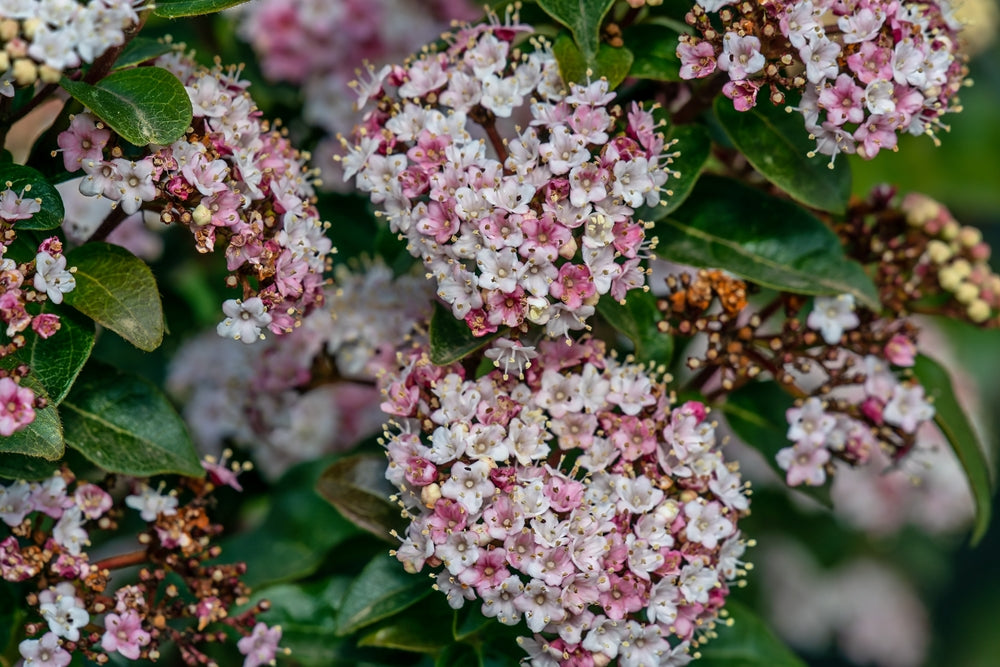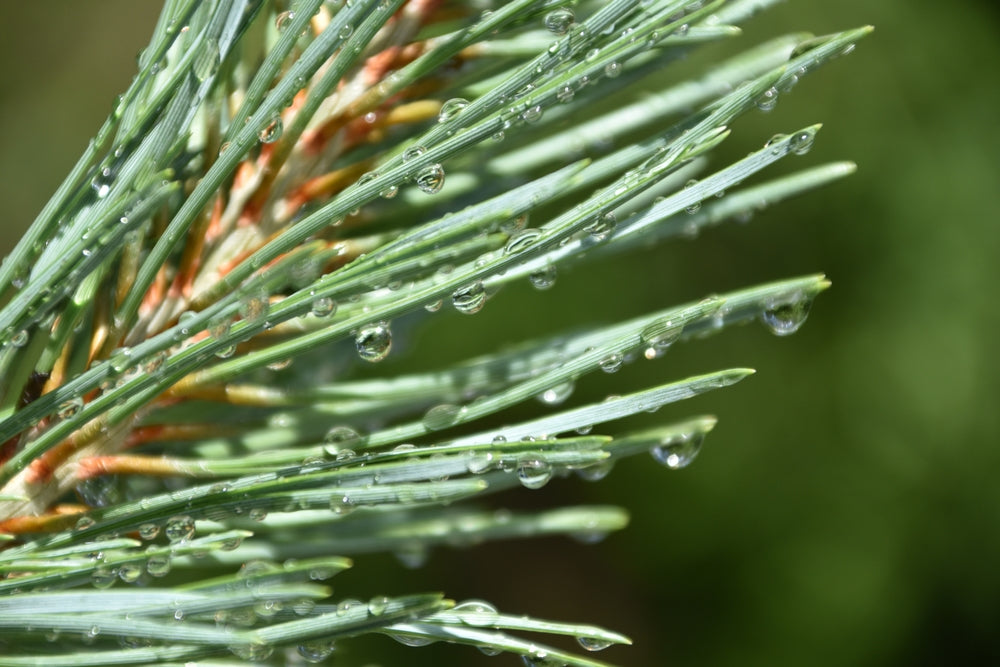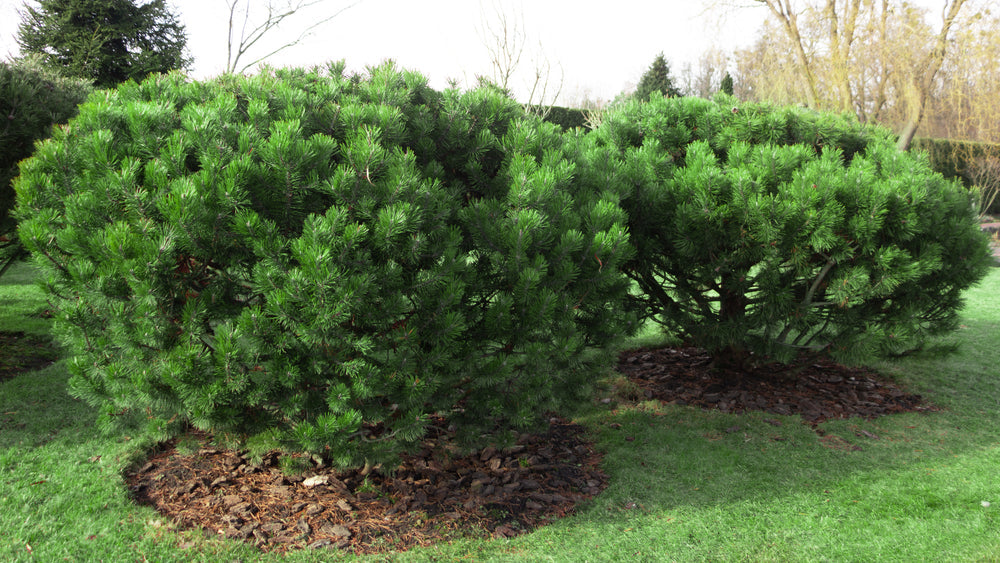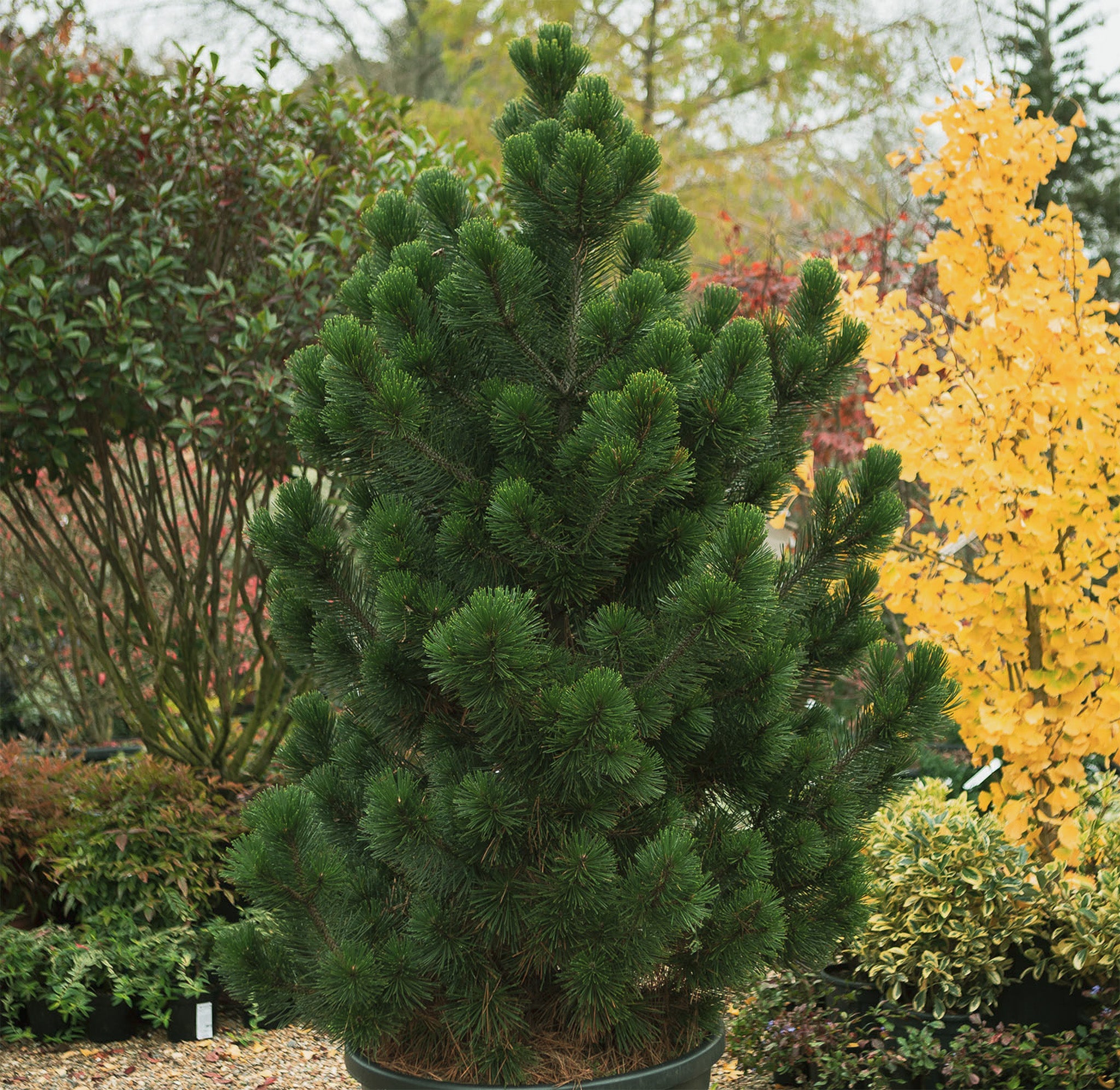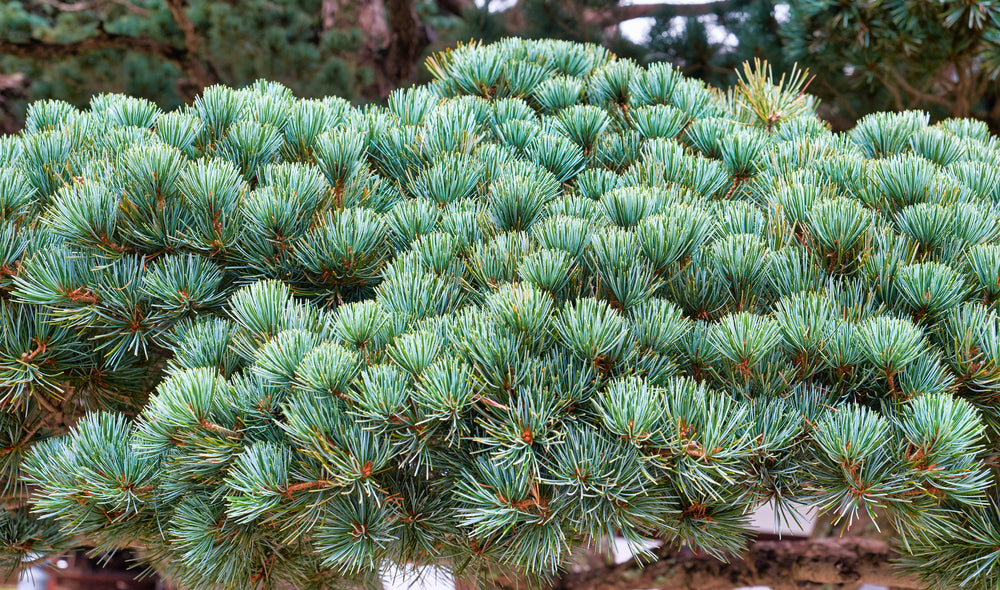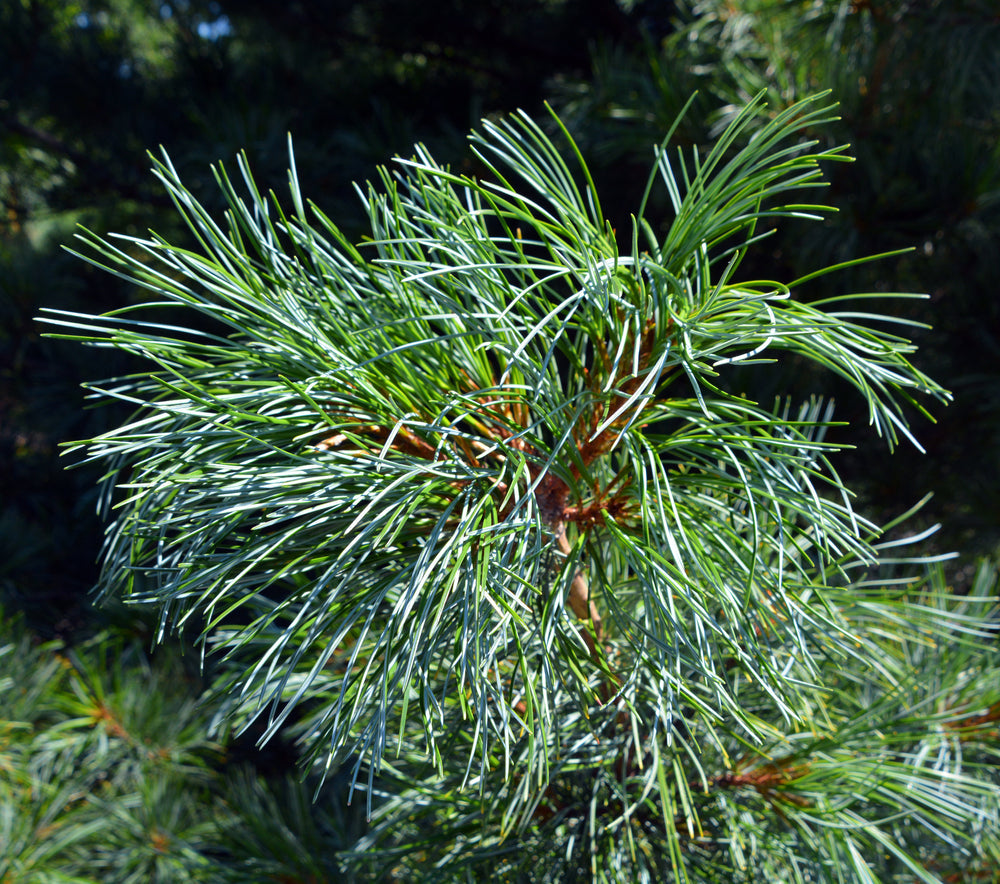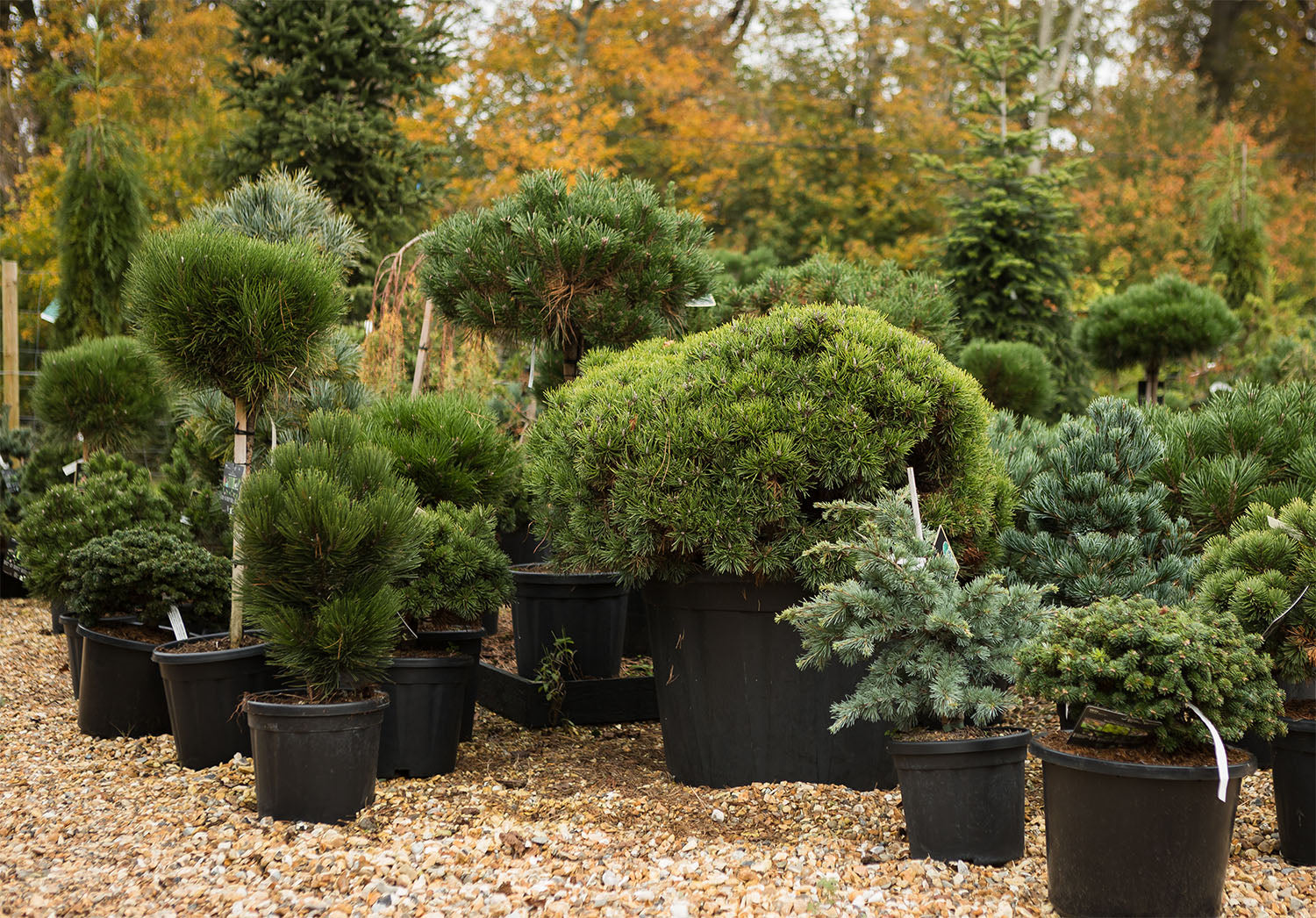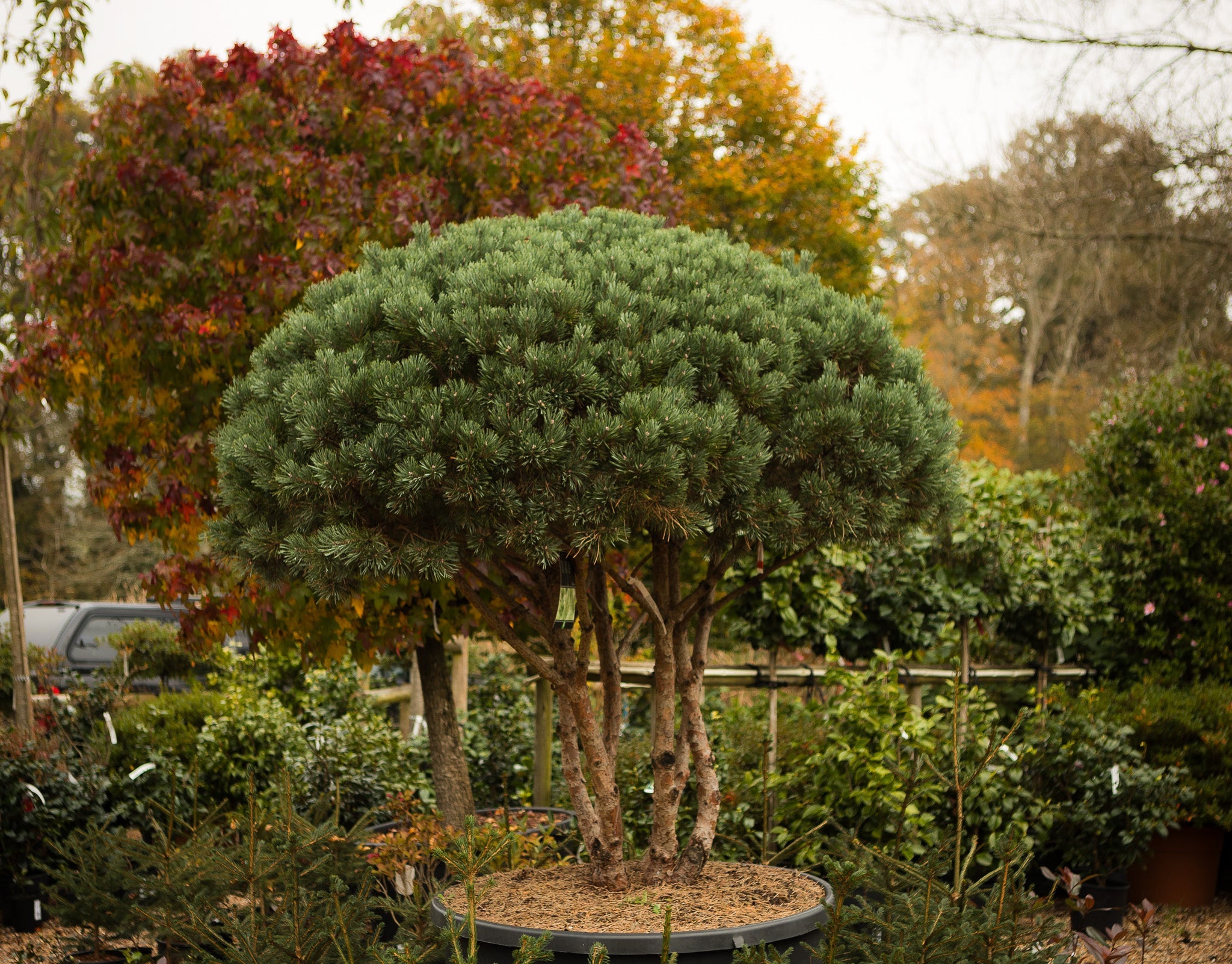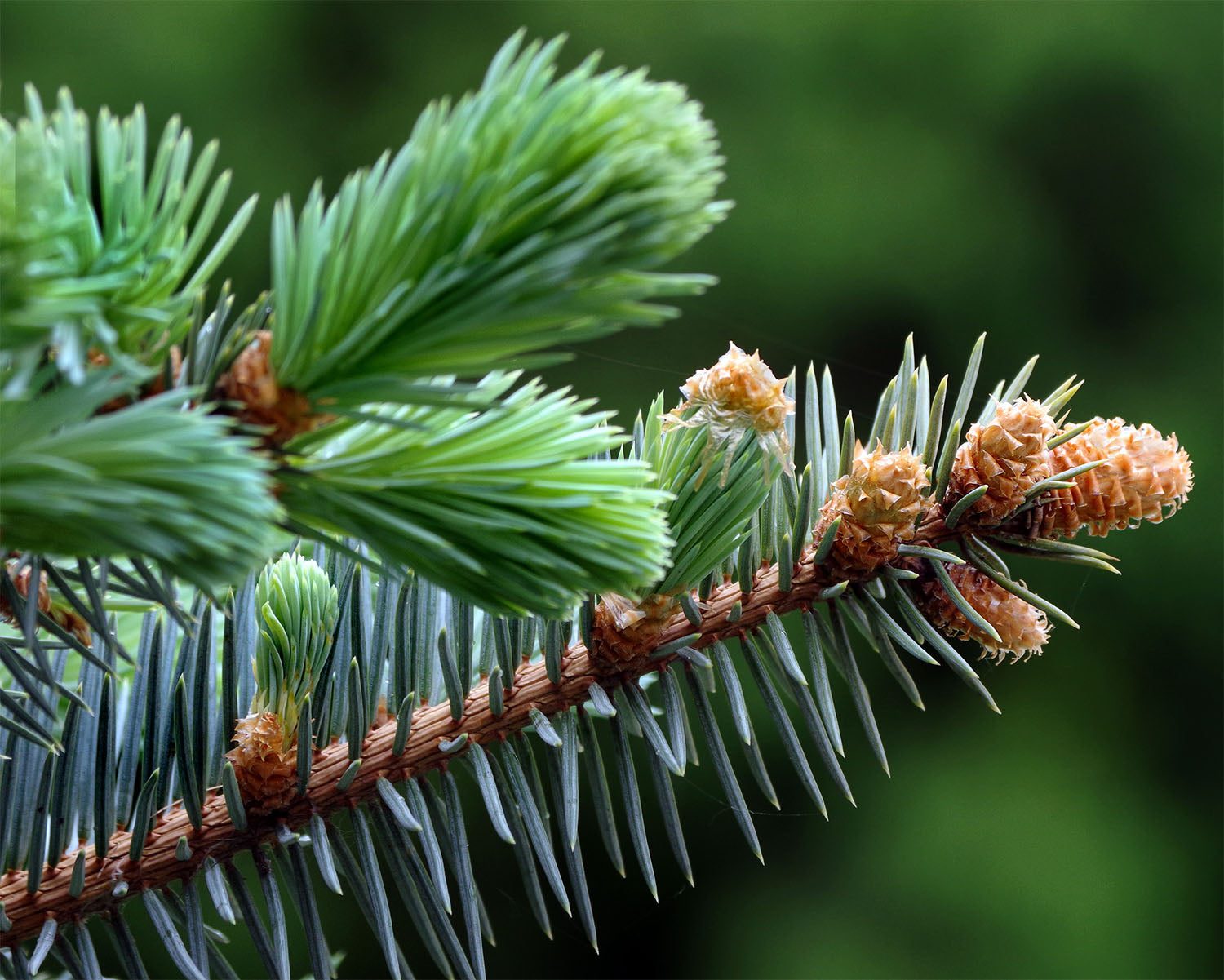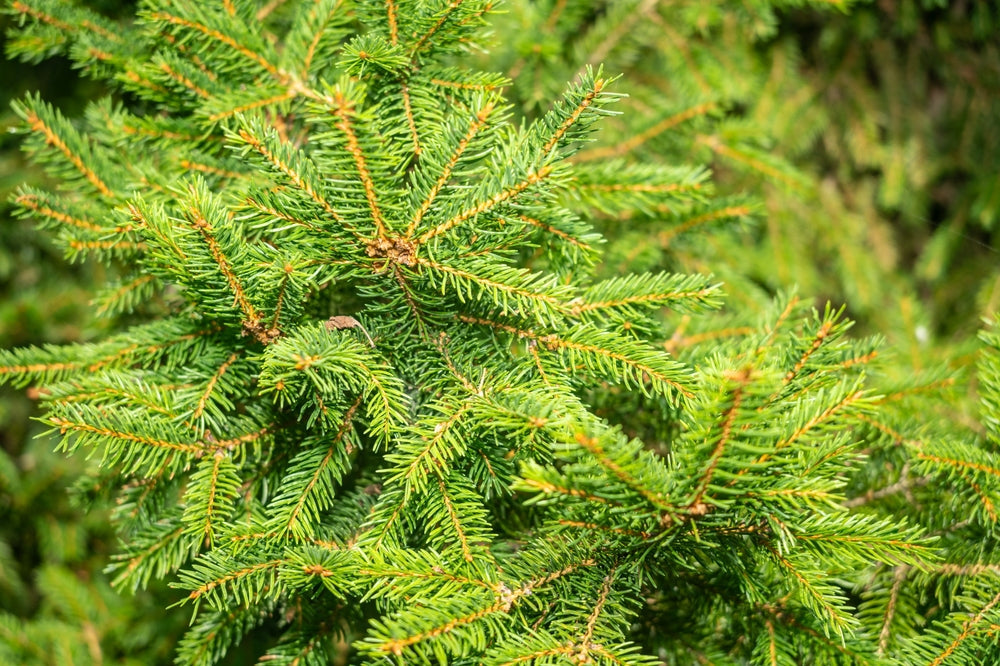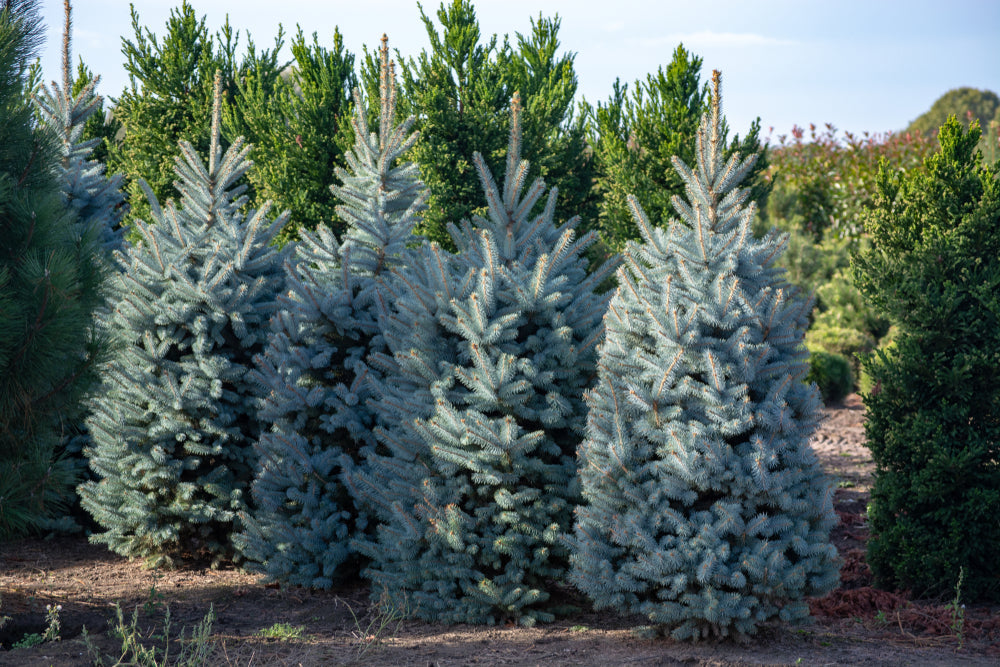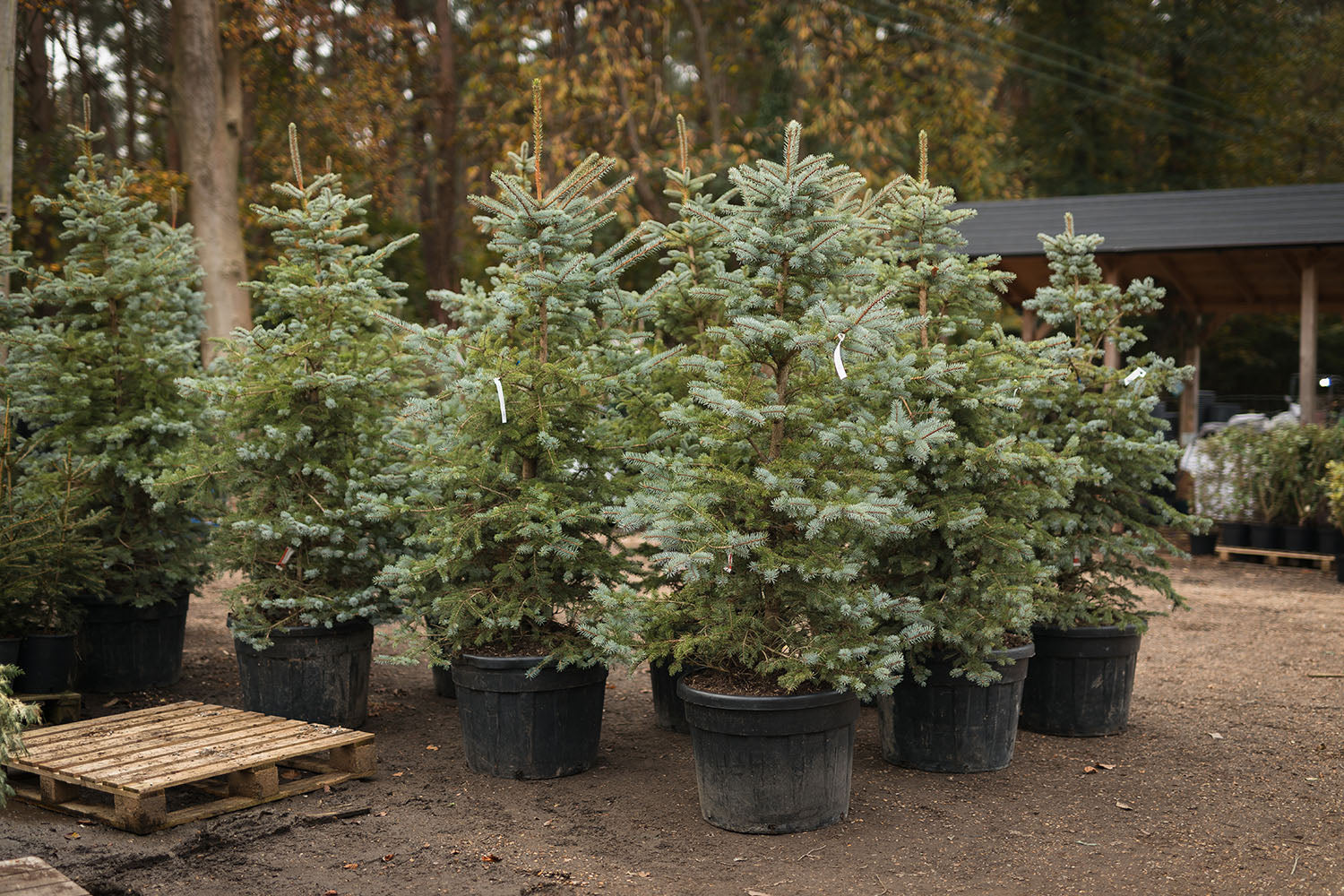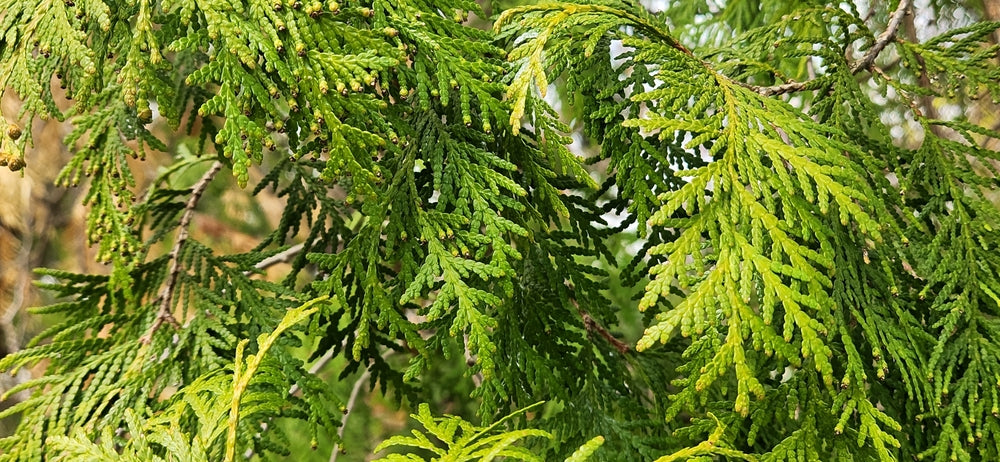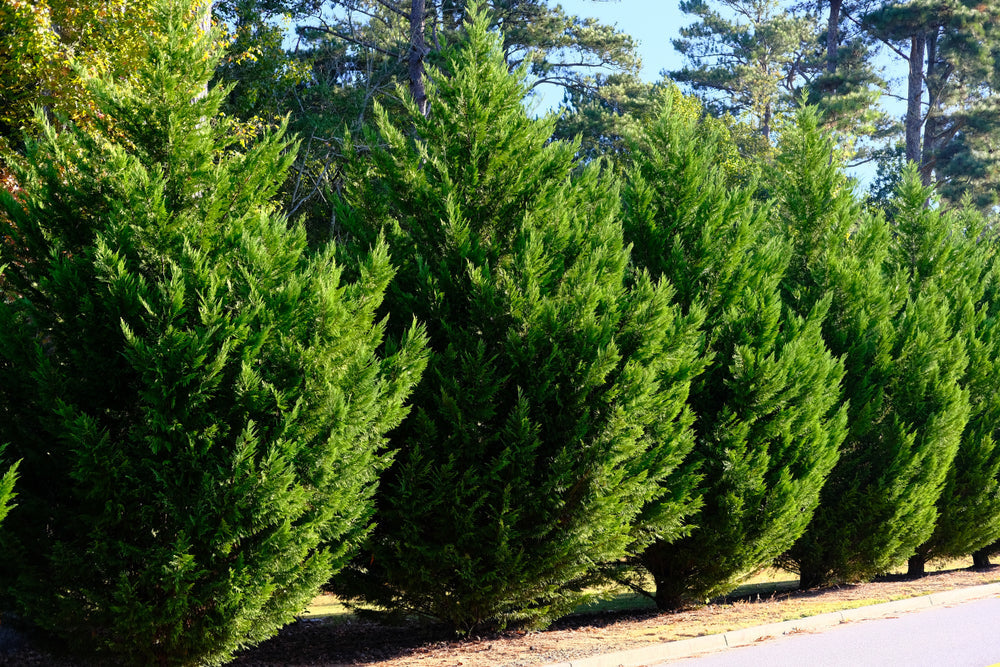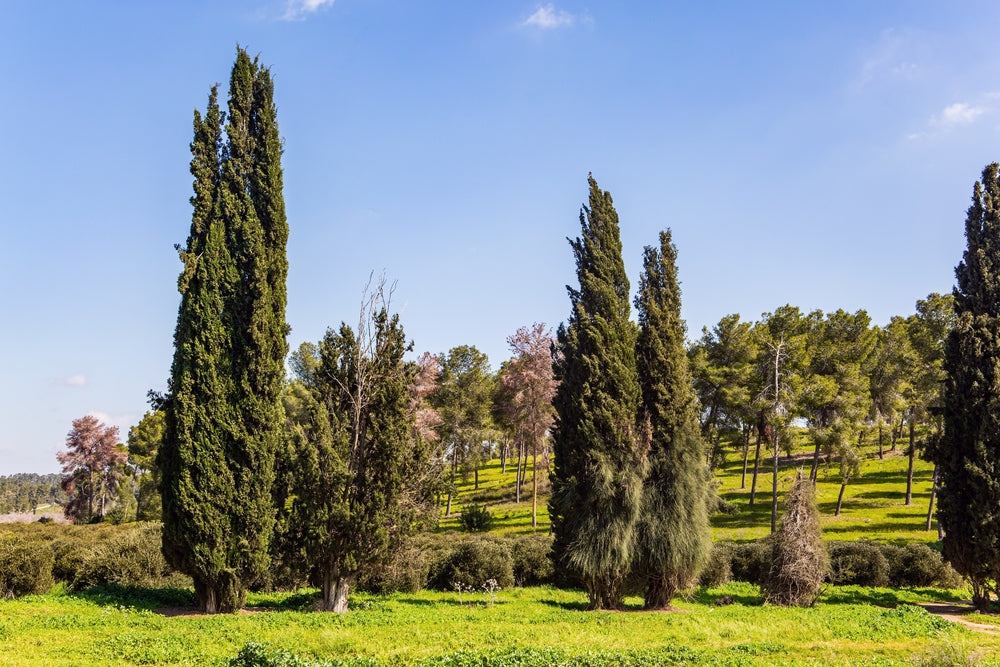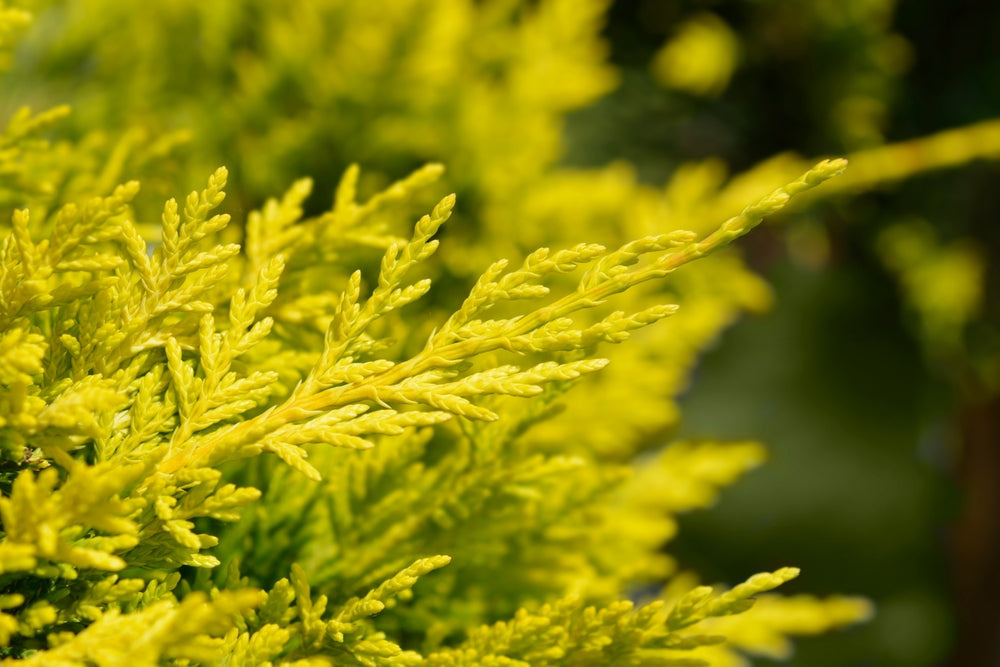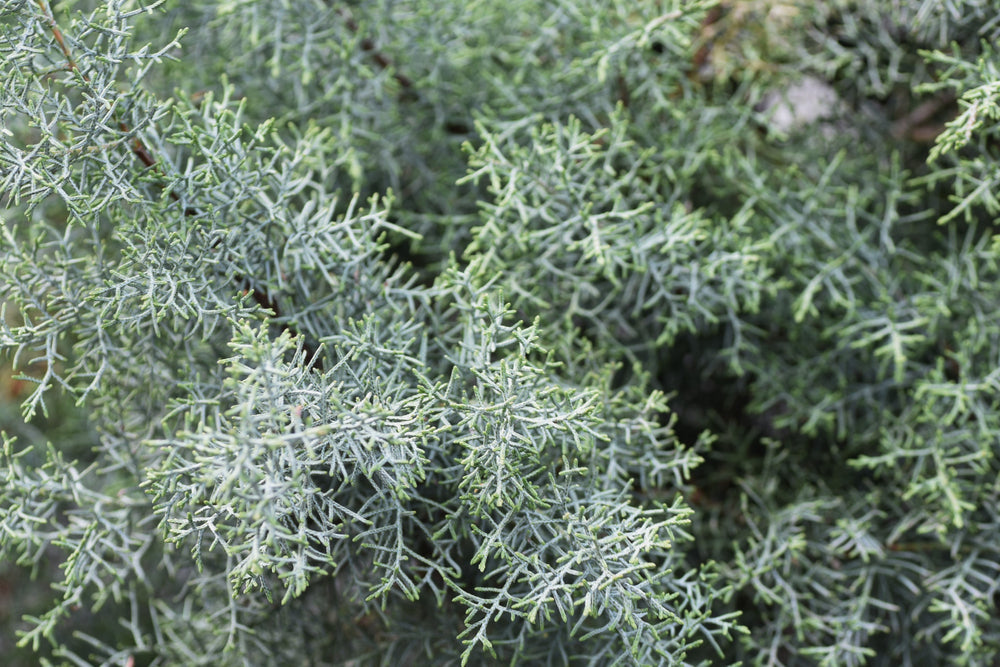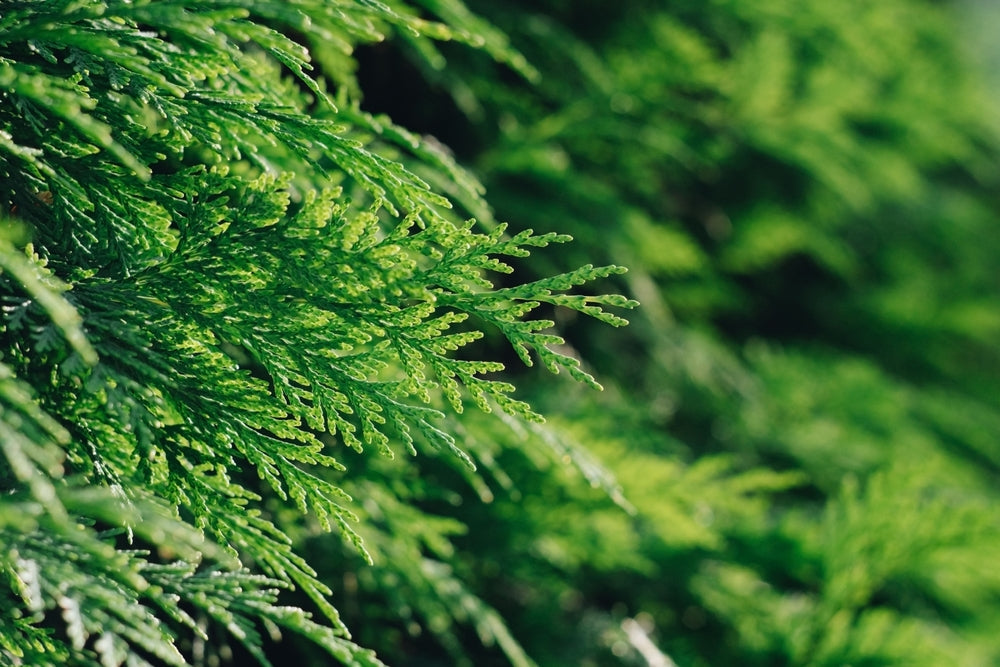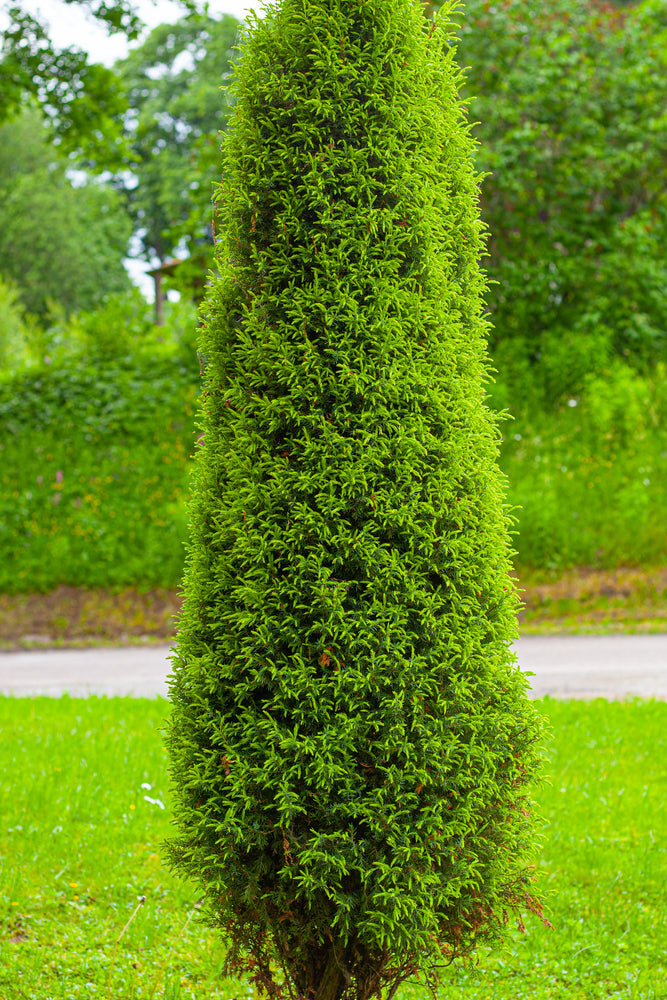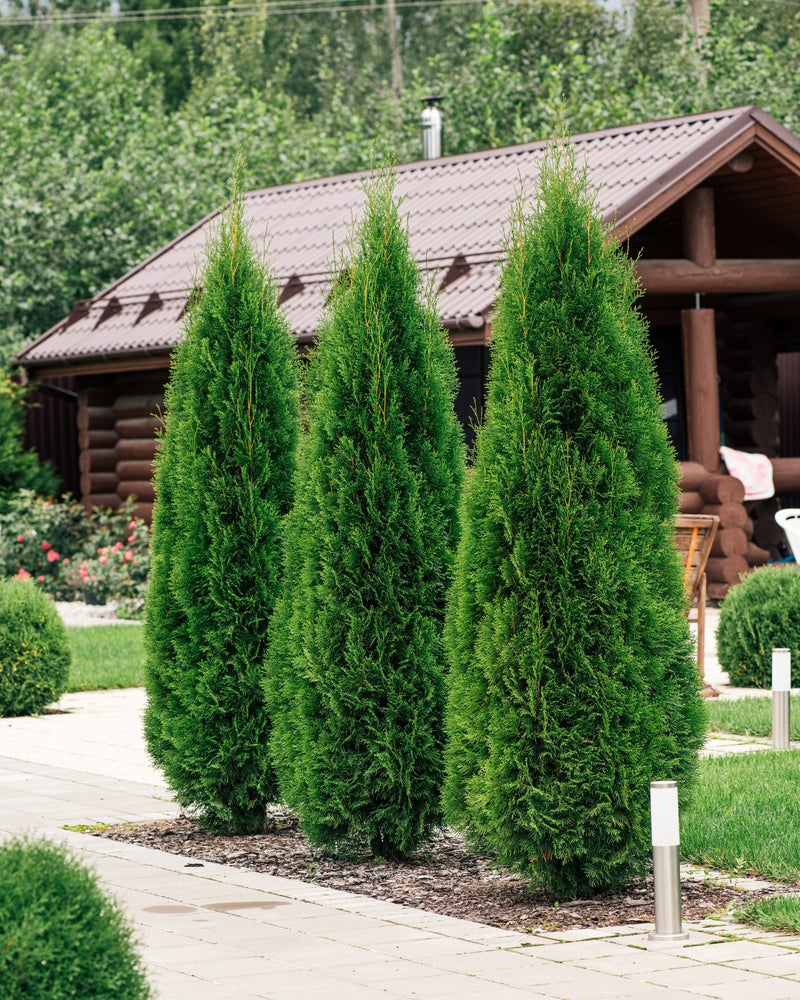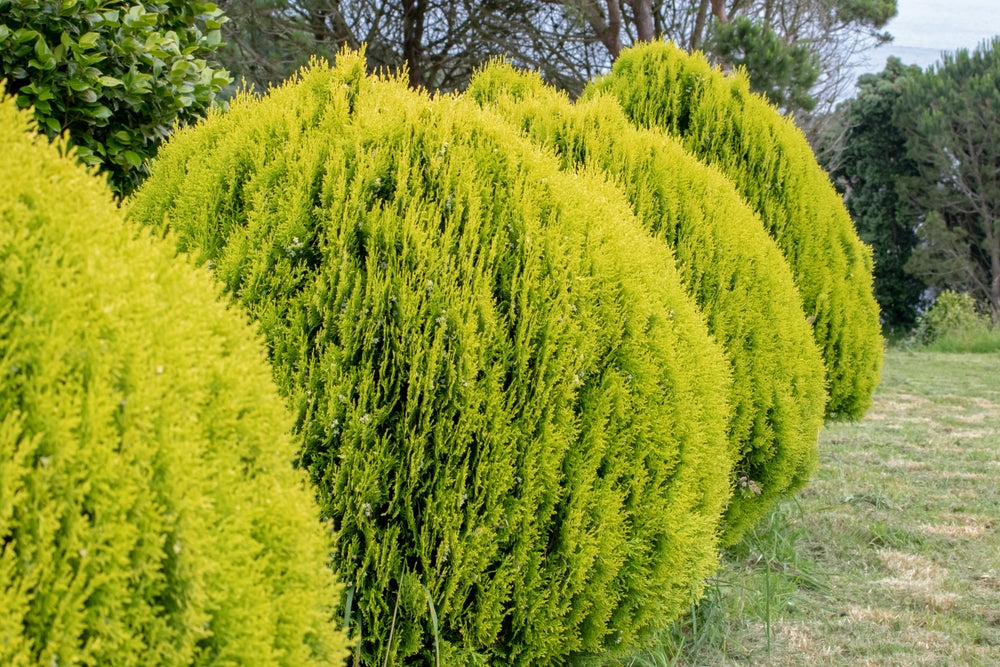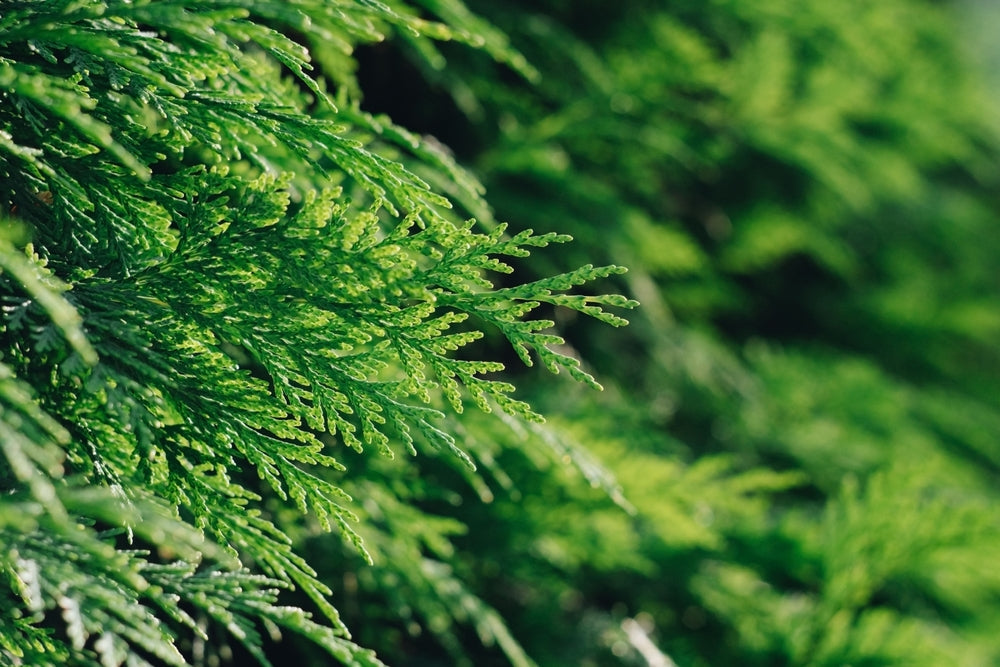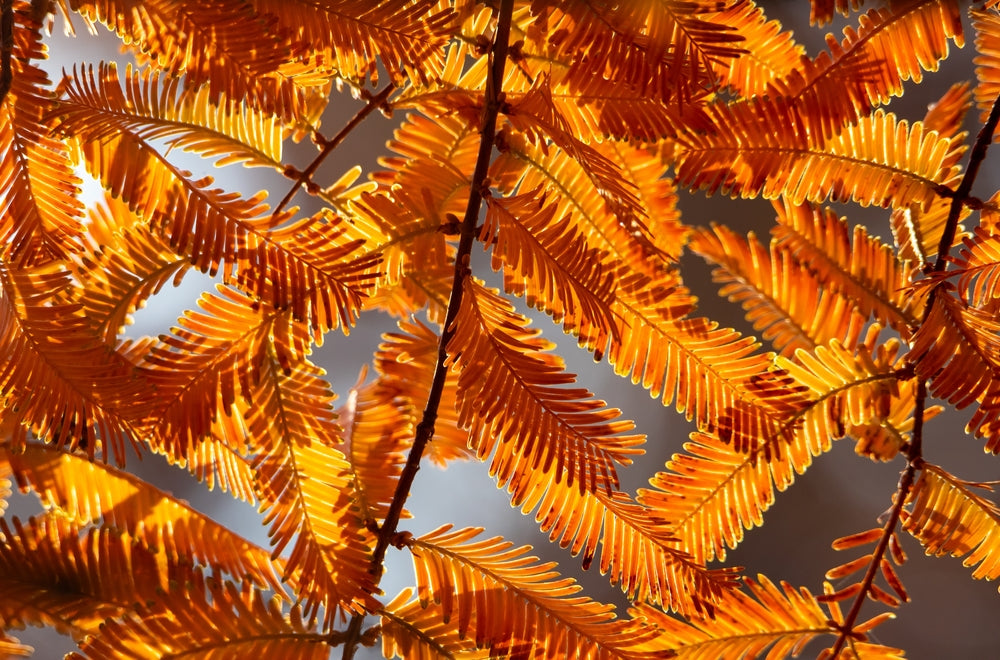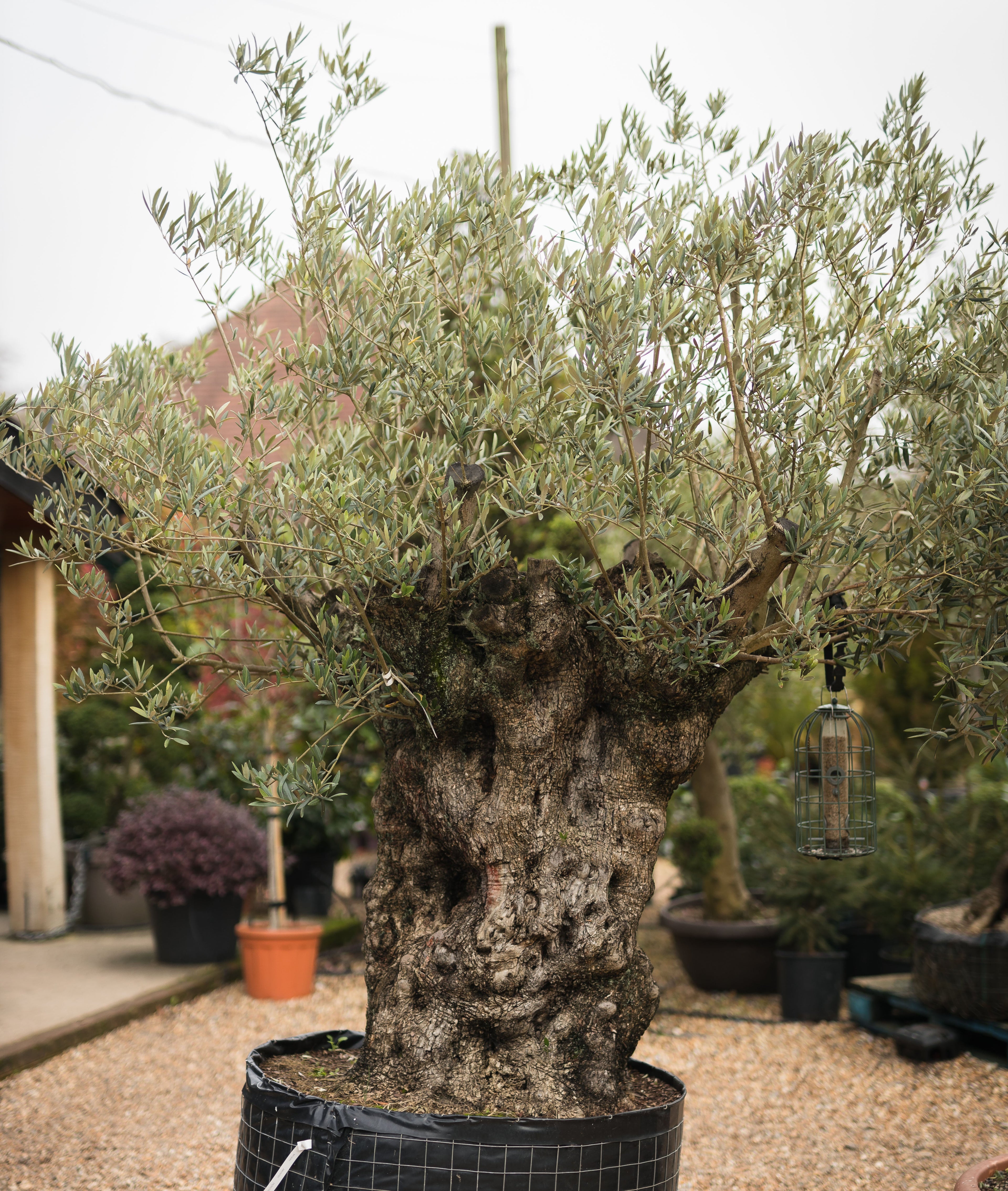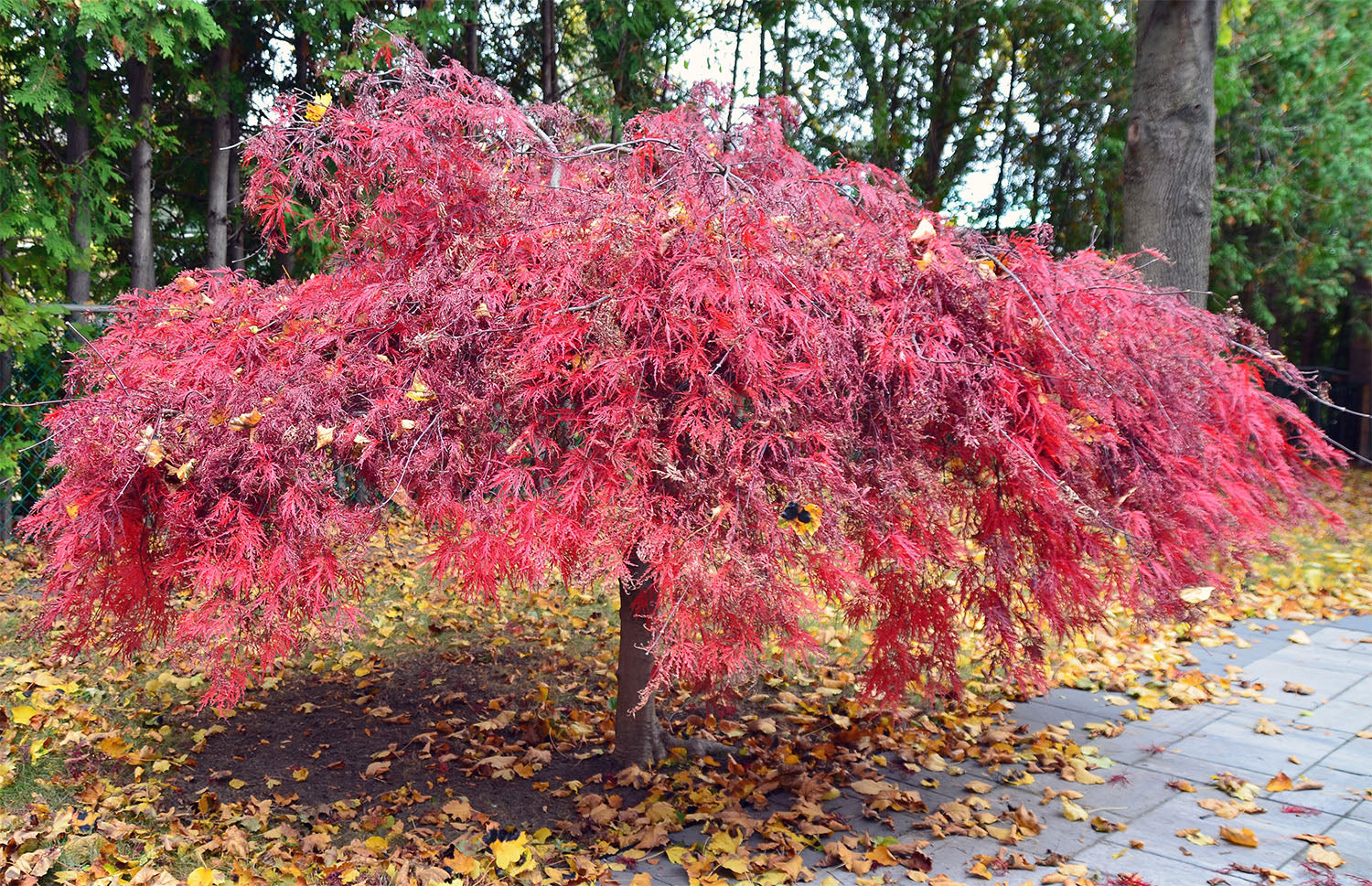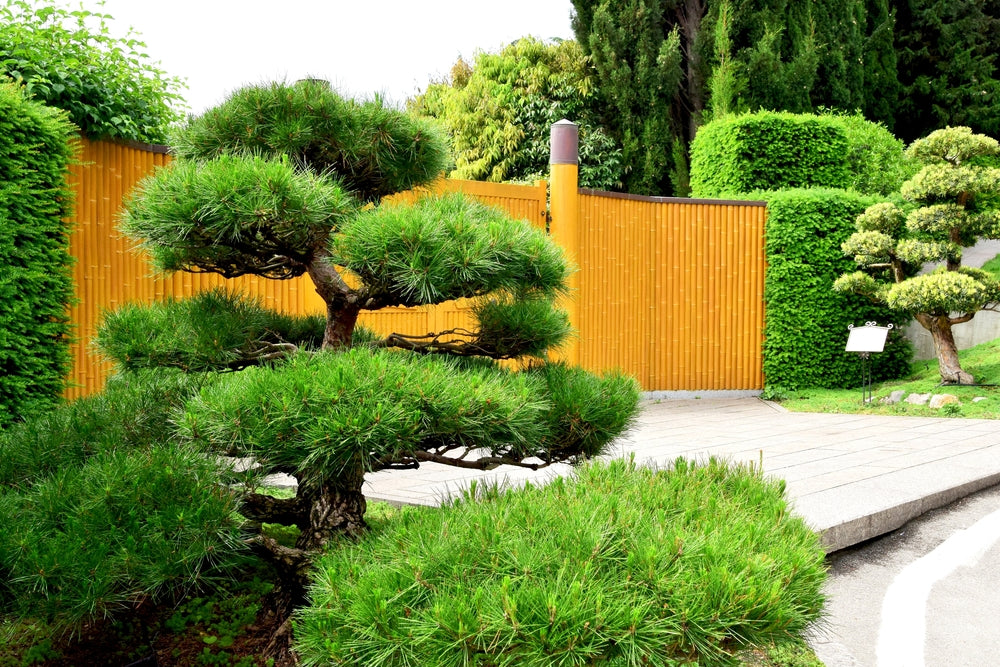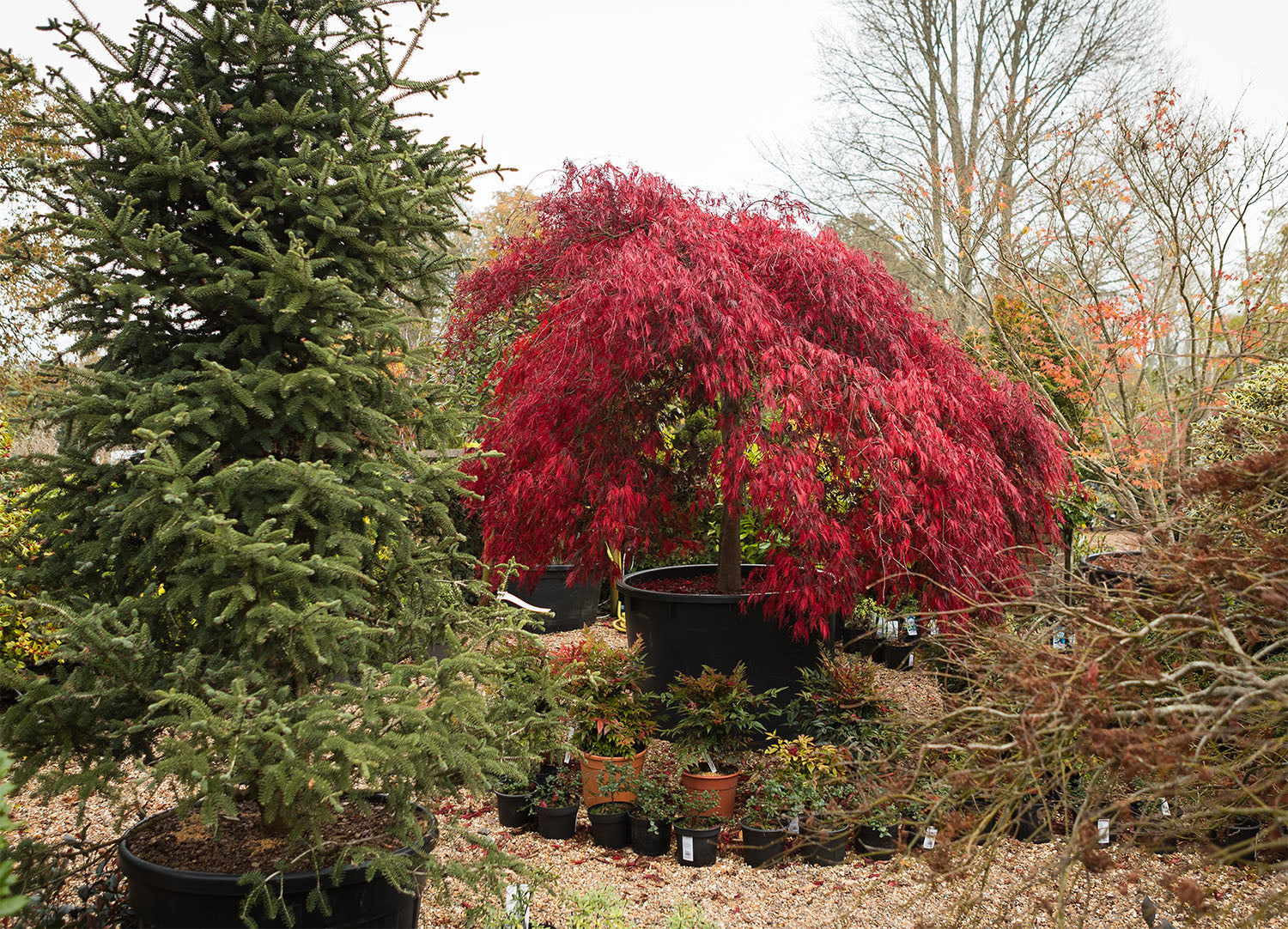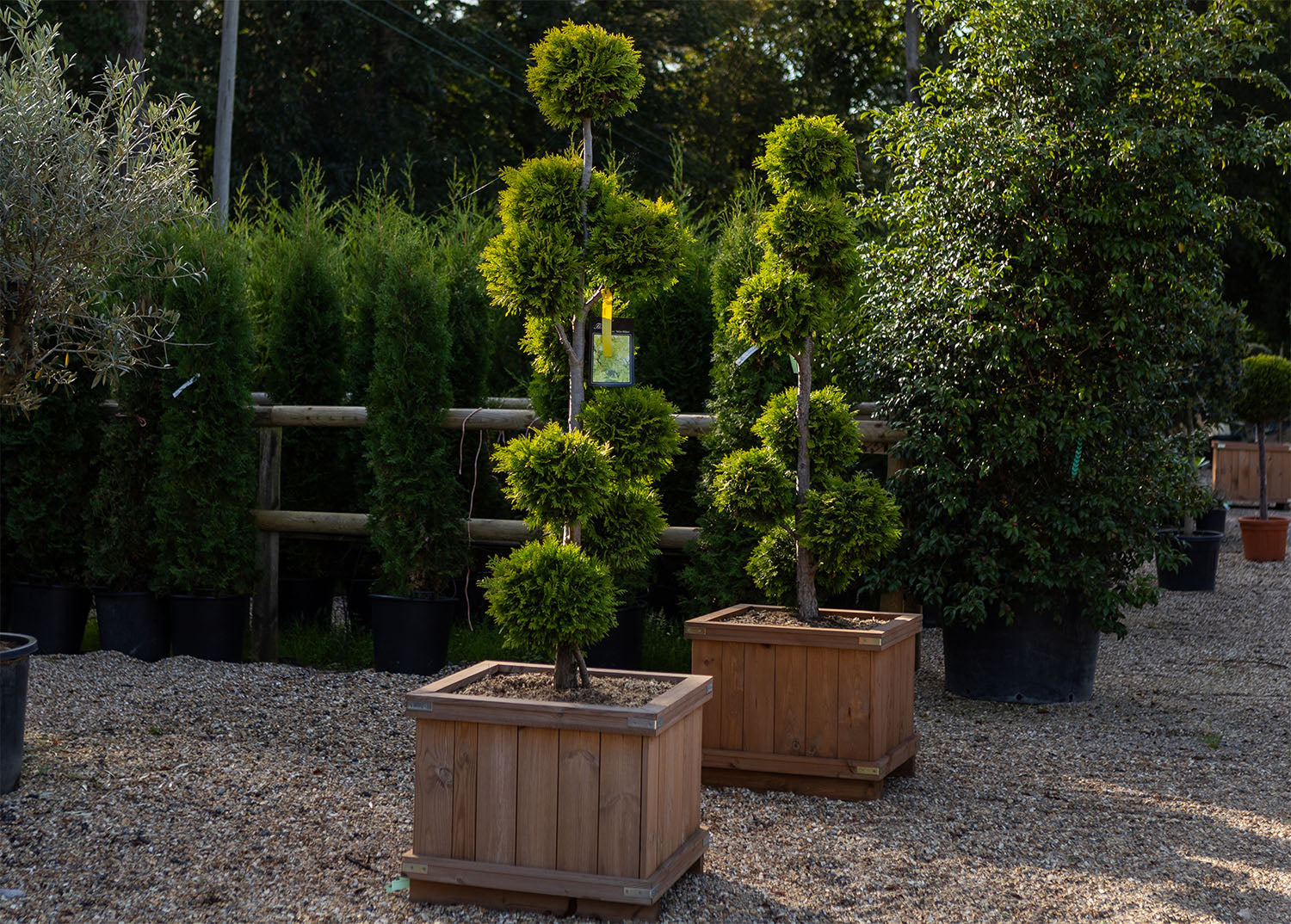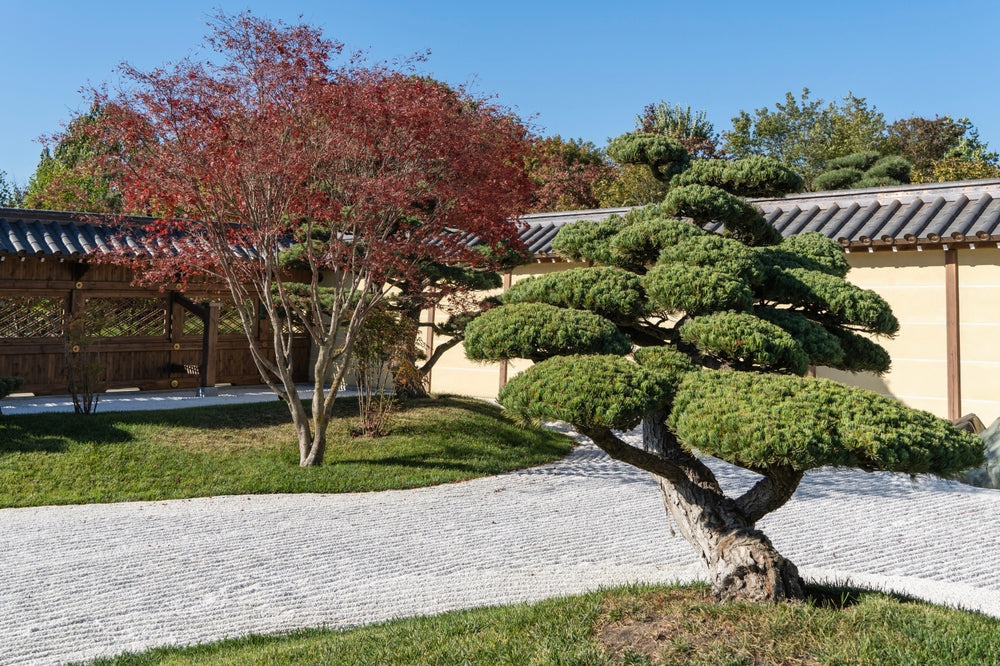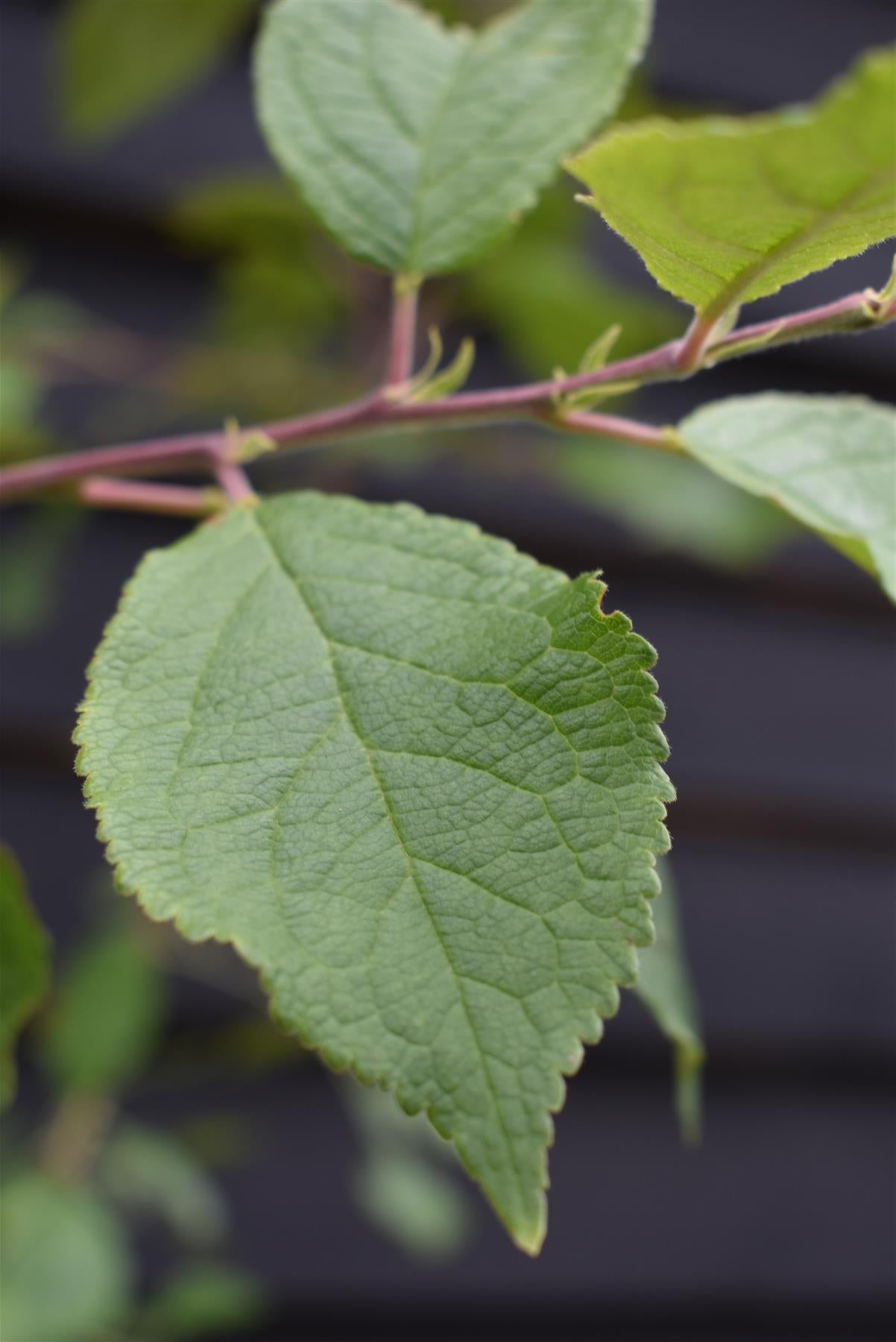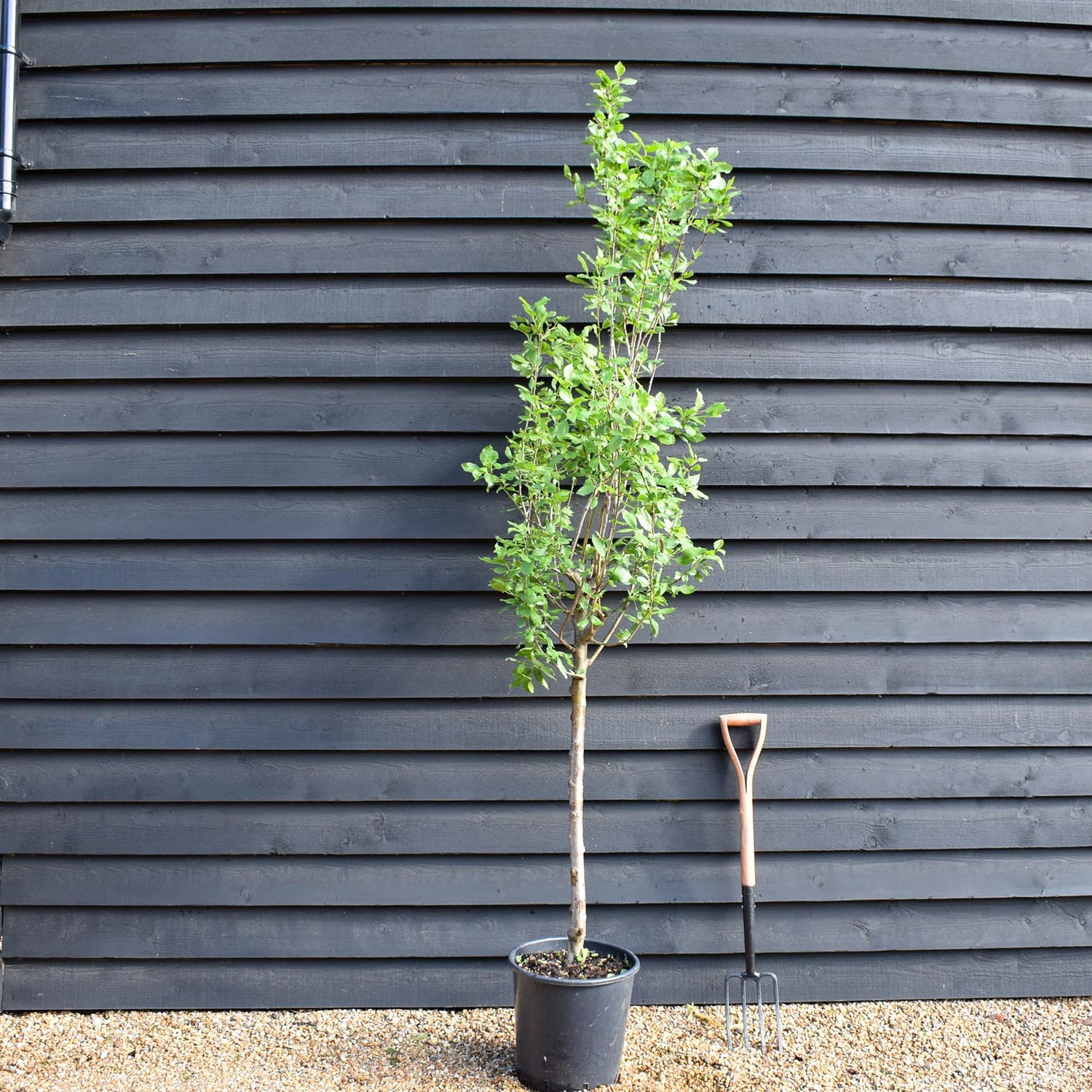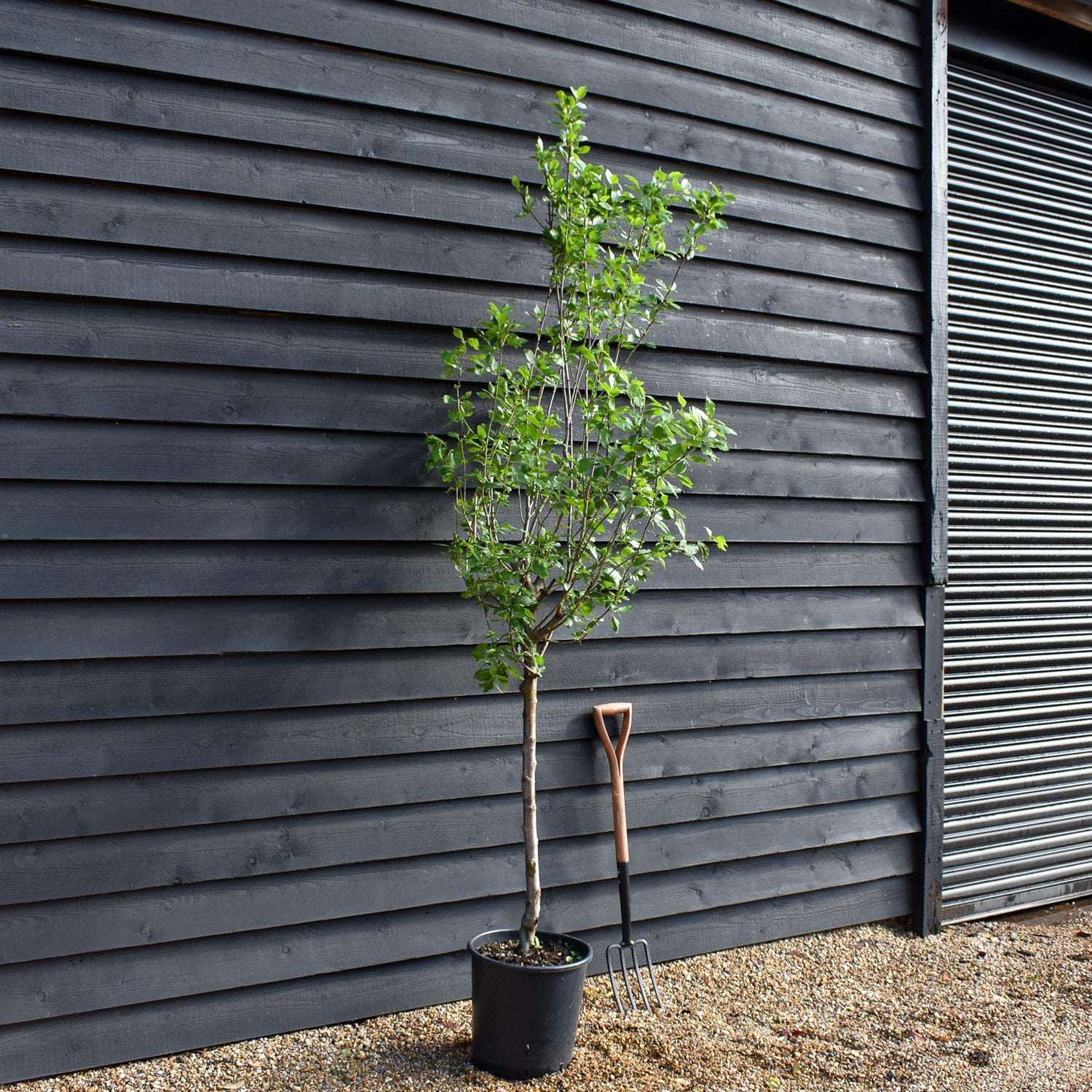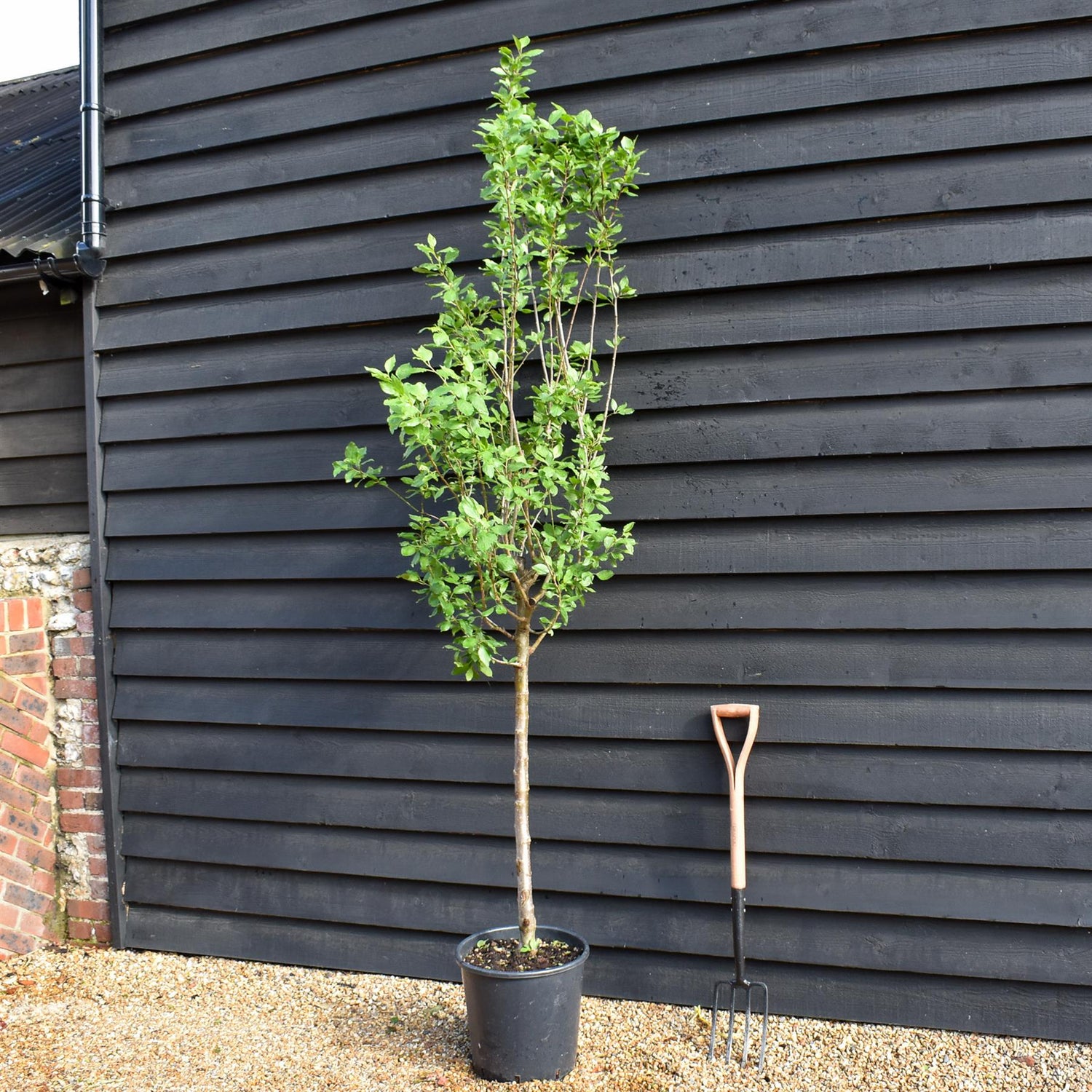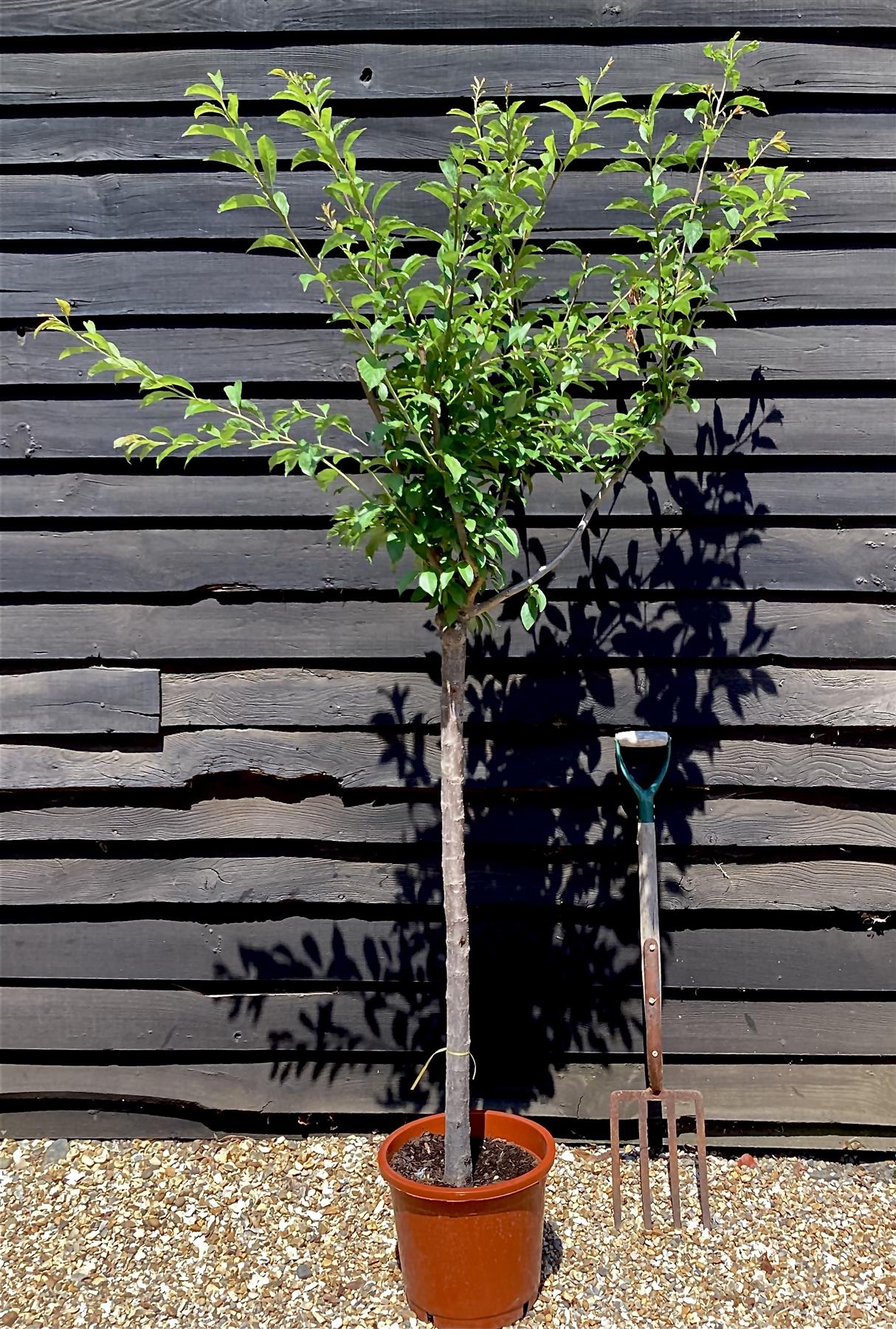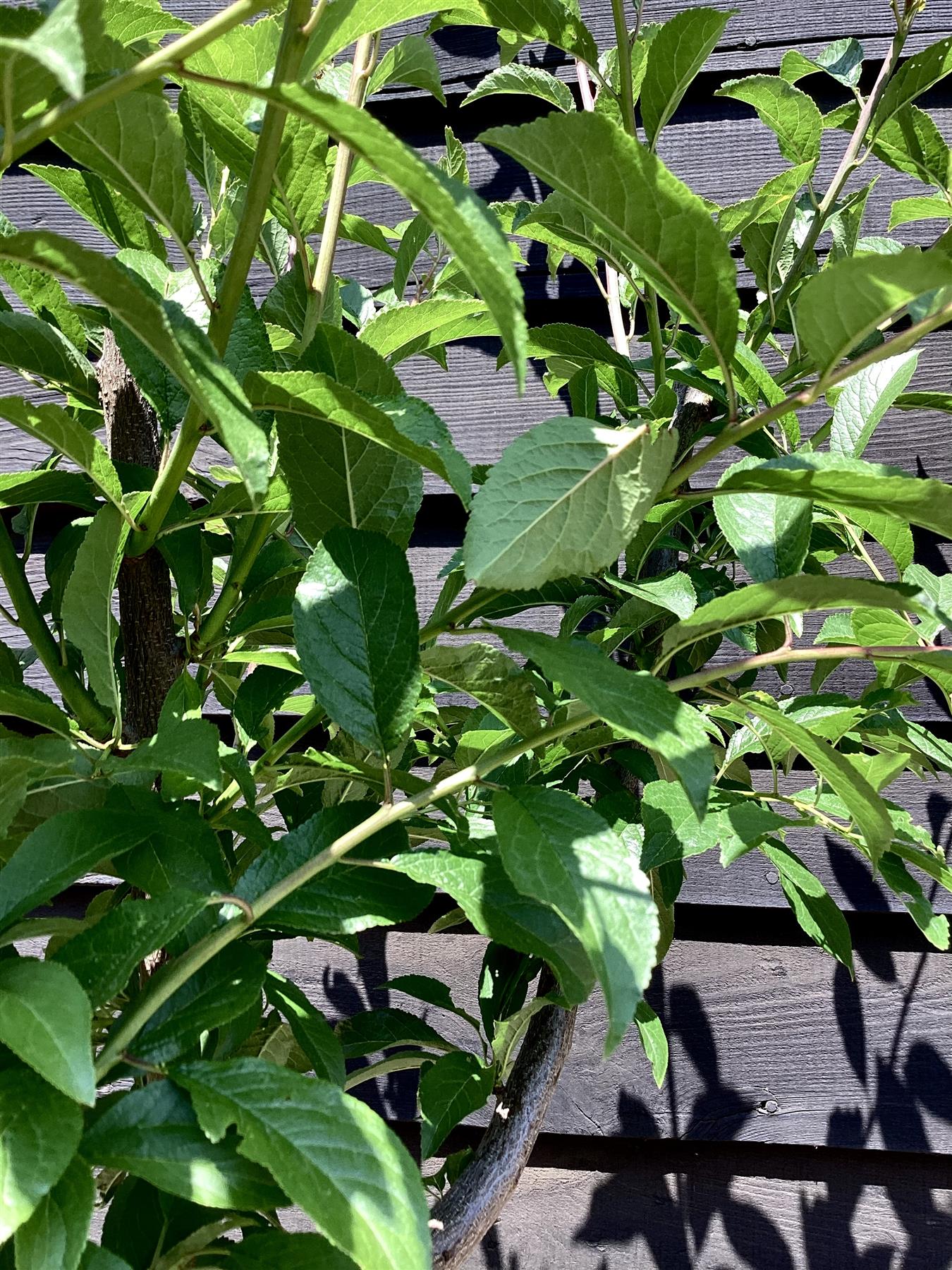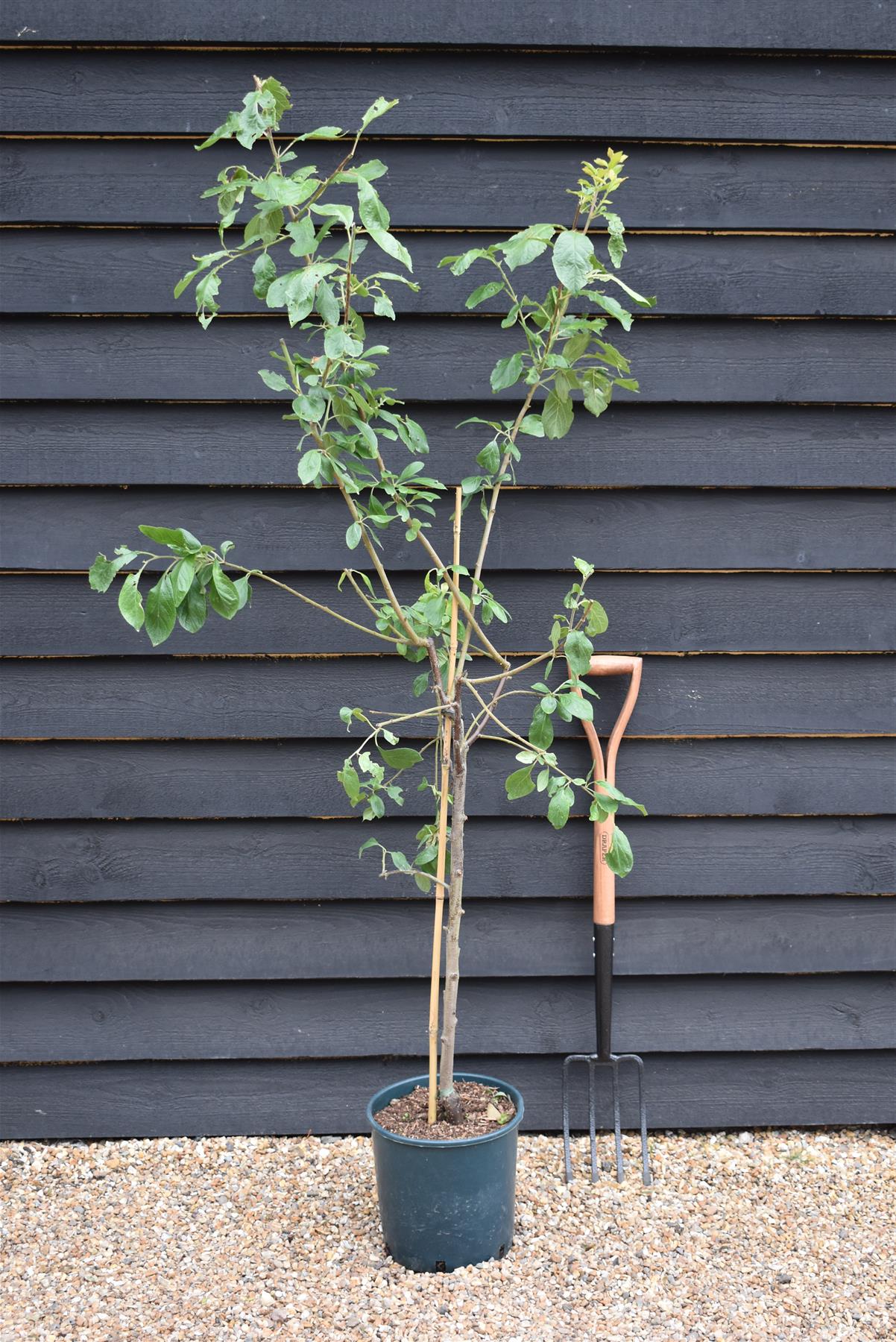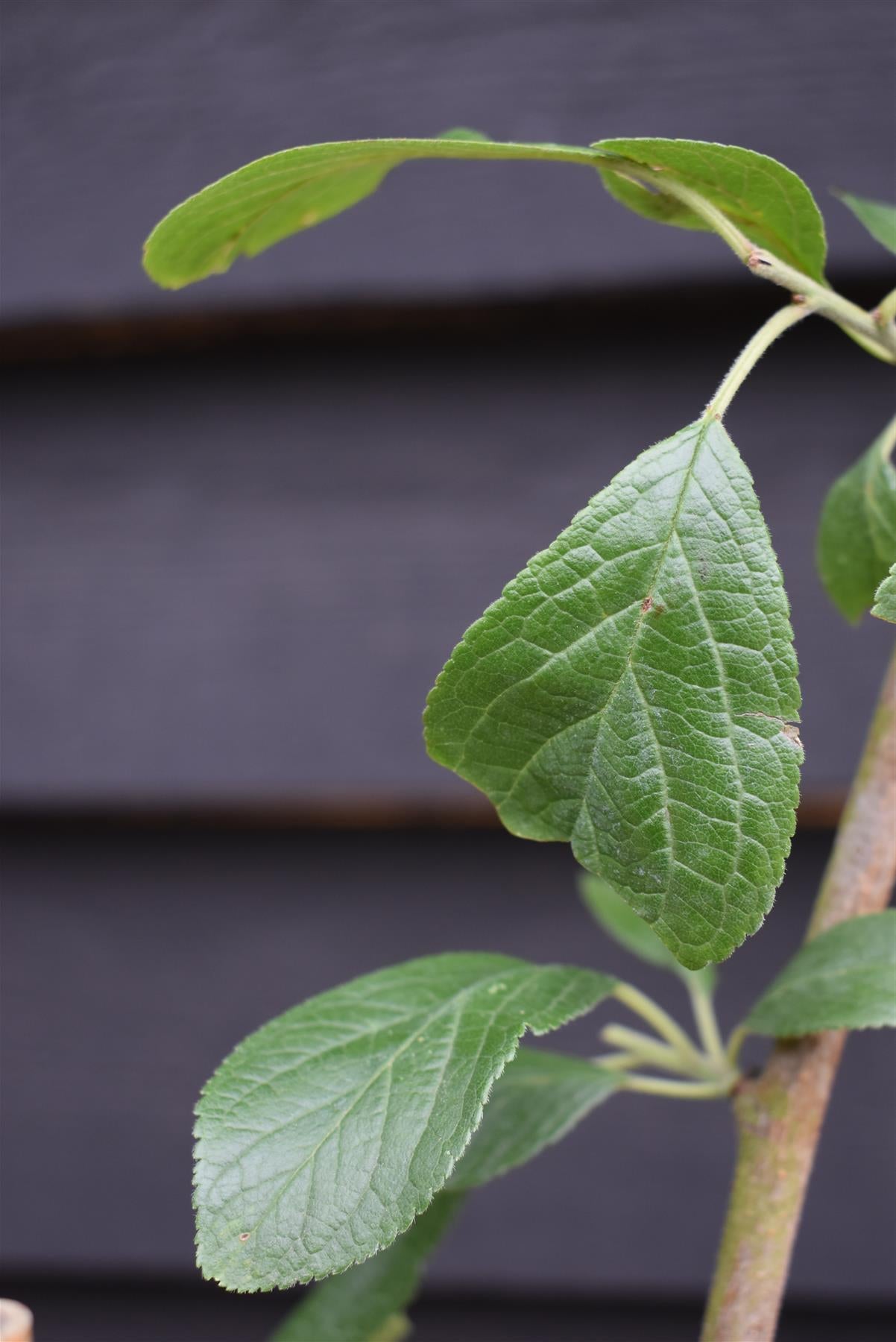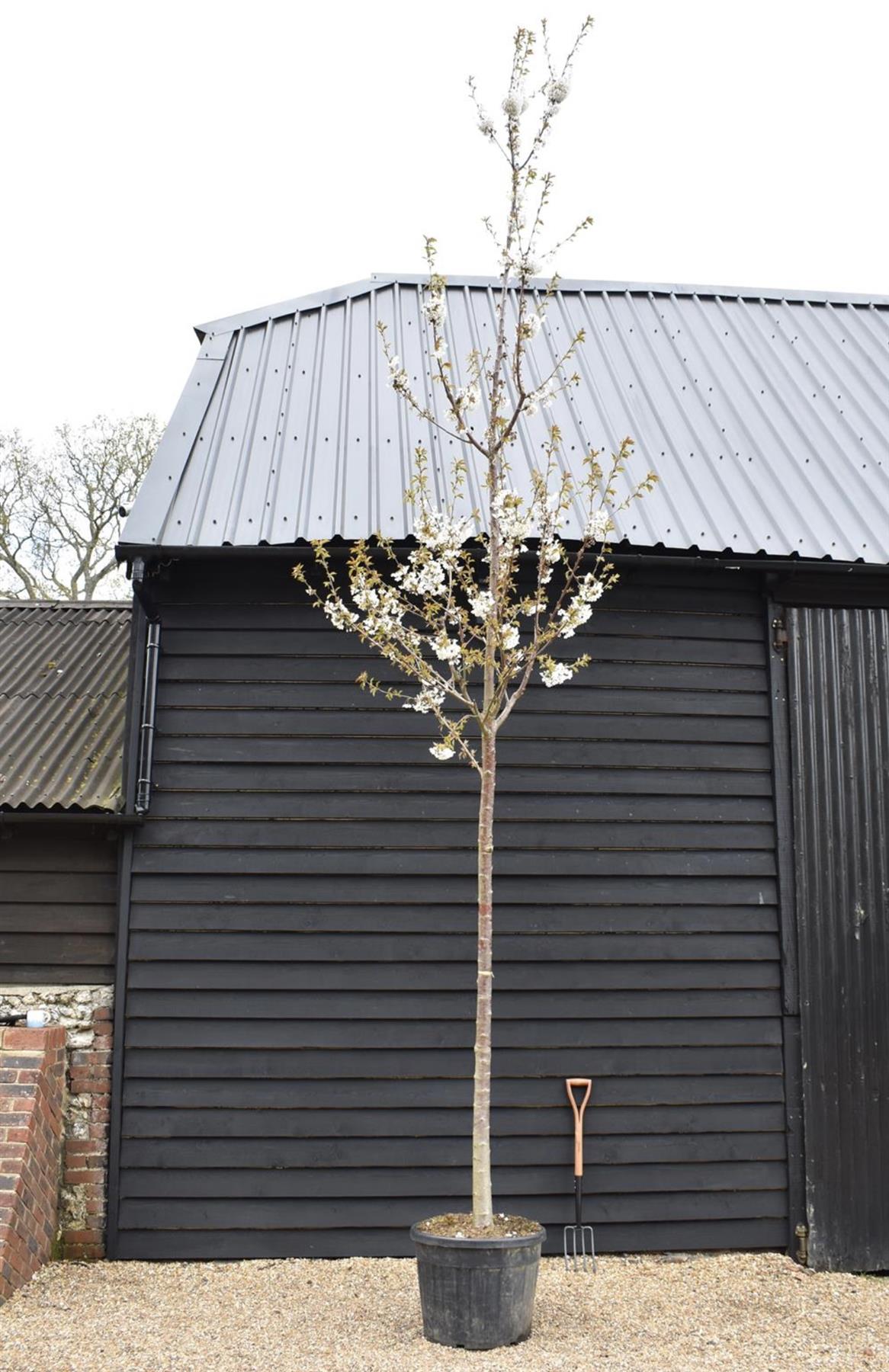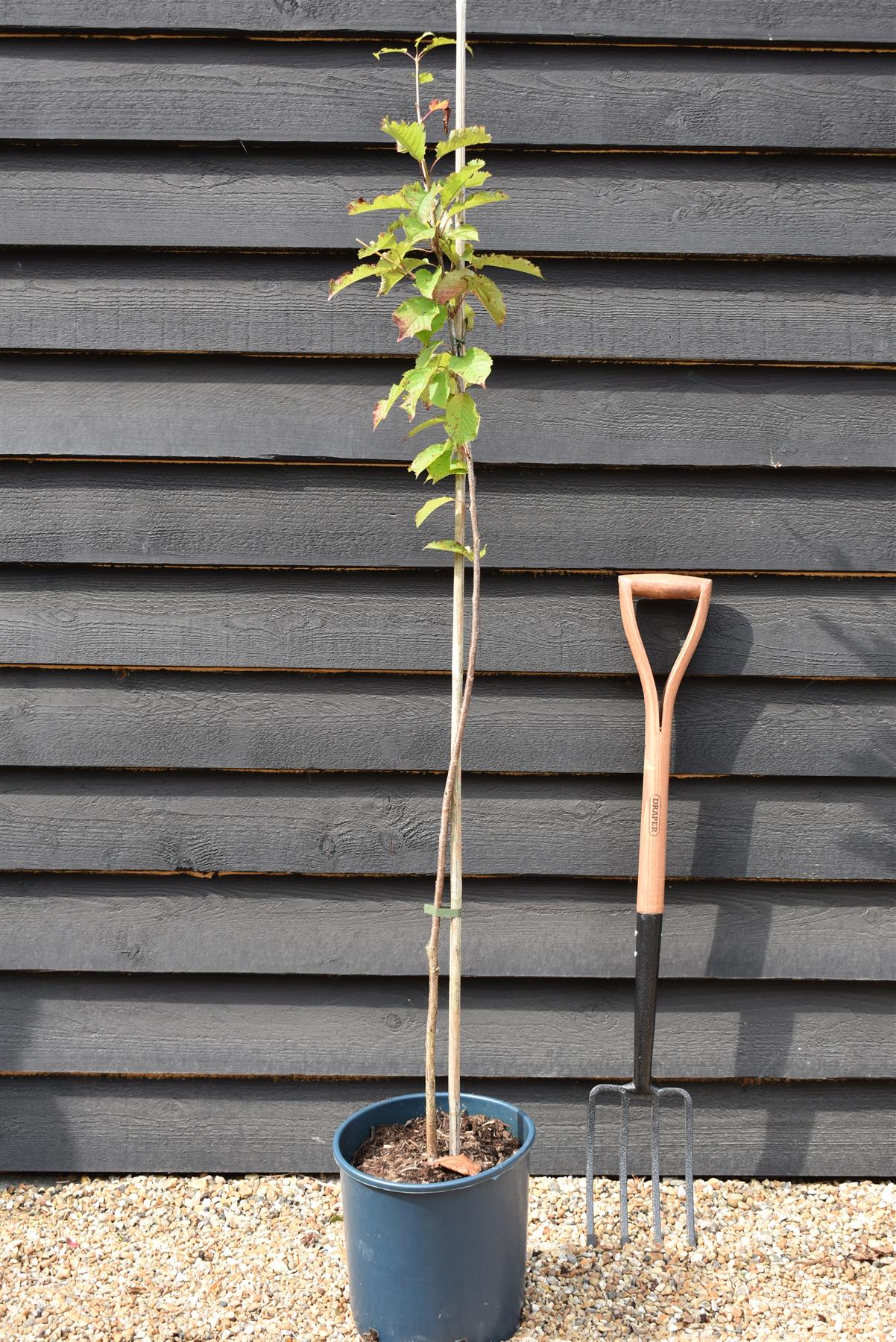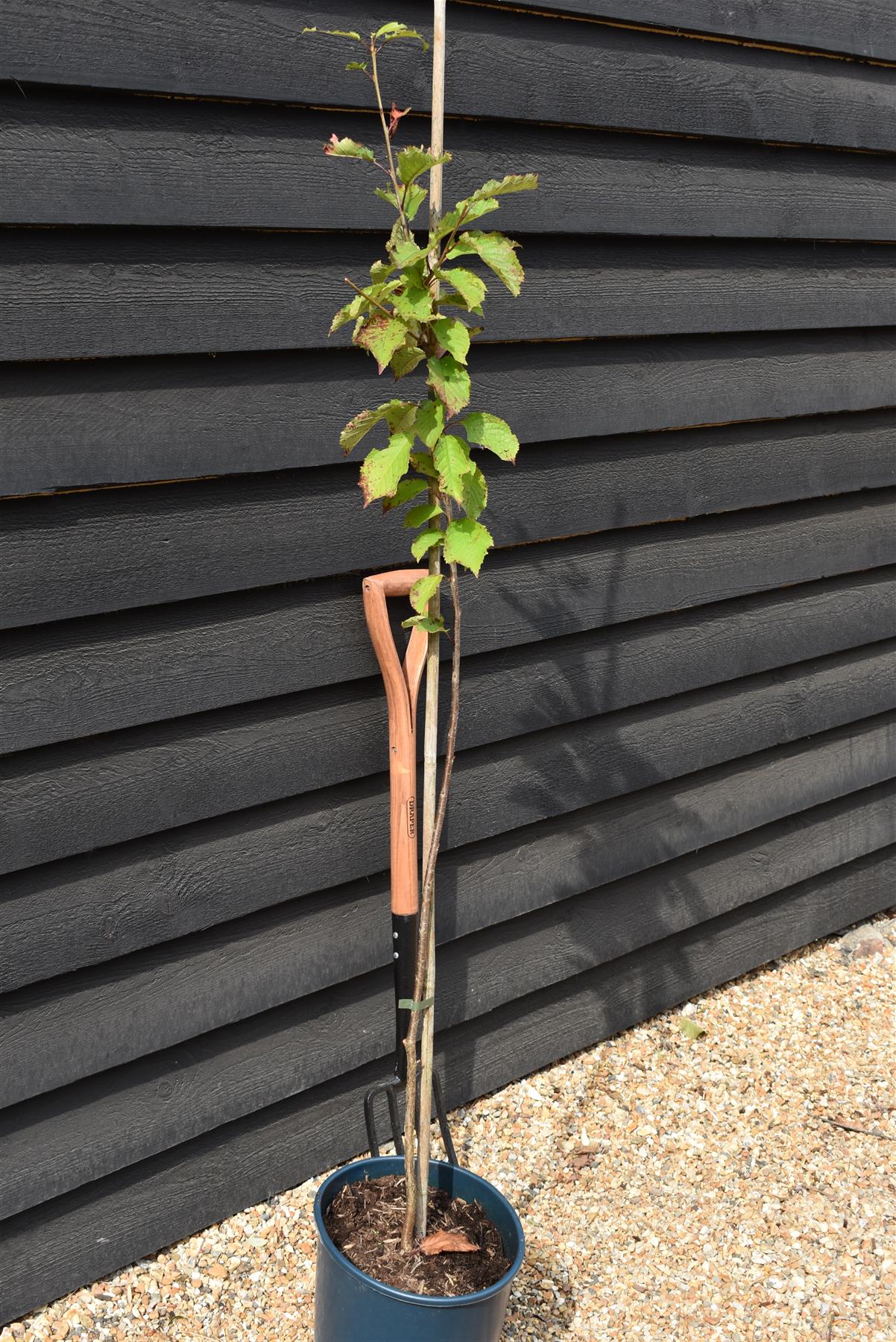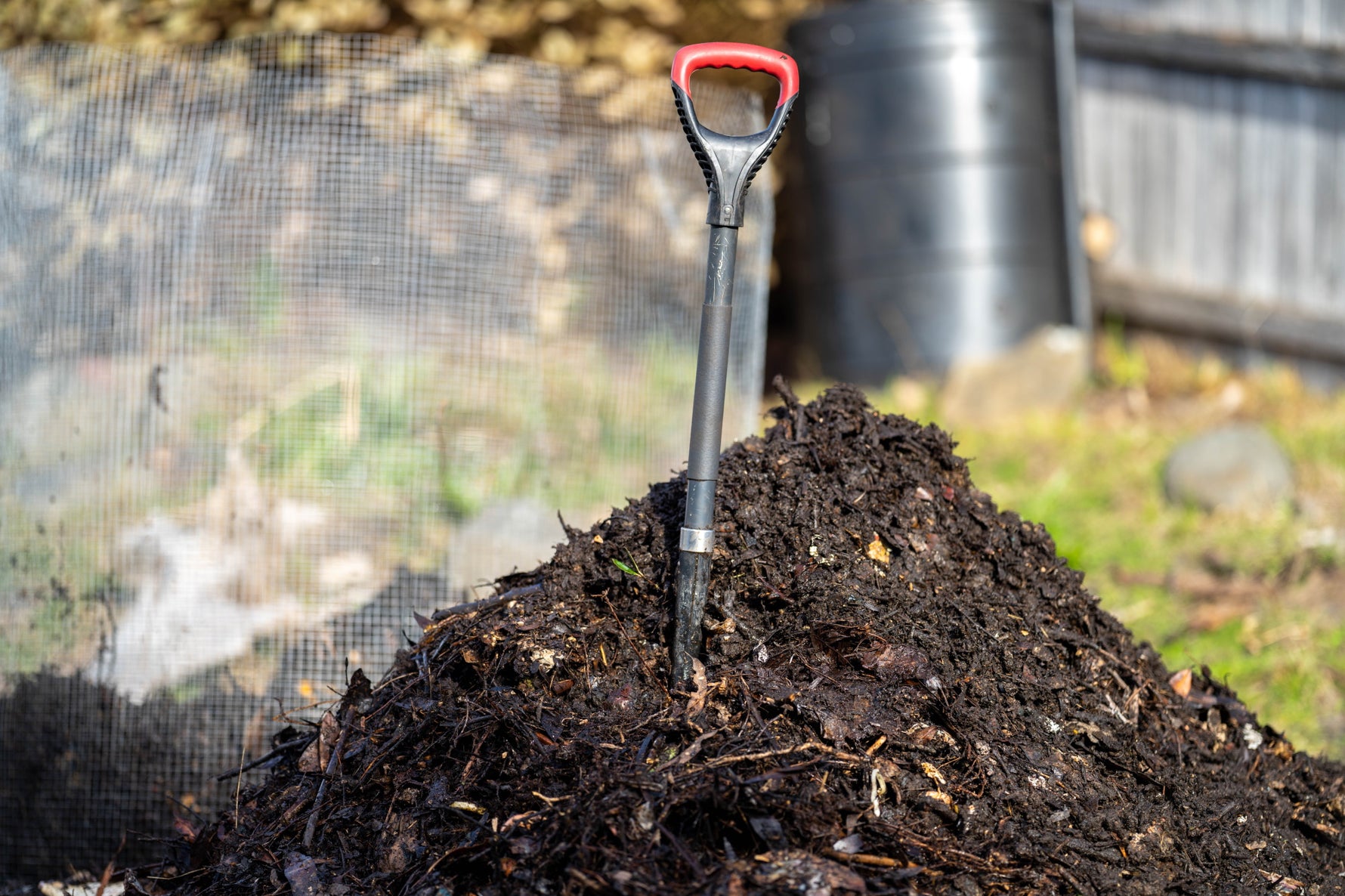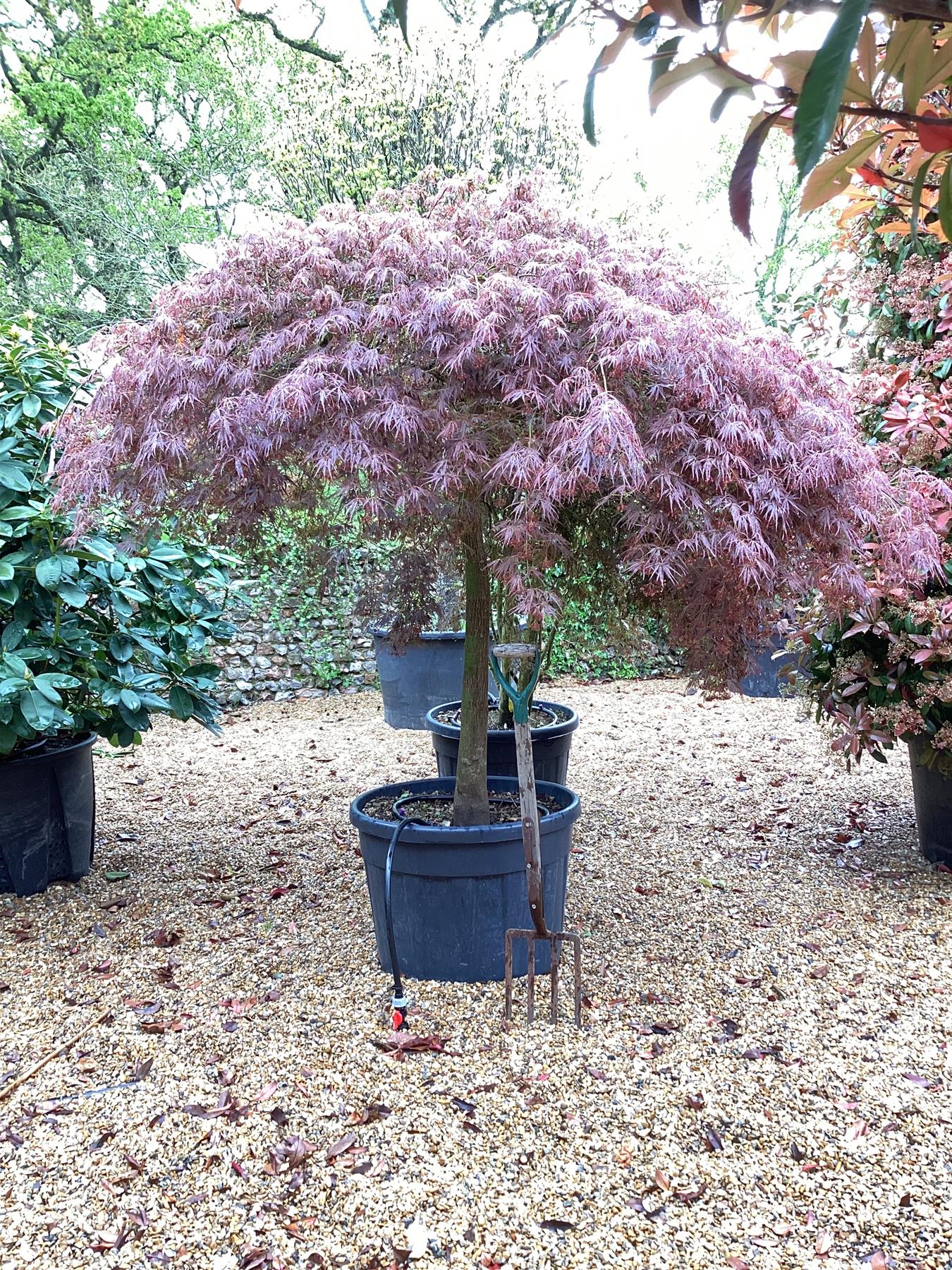177 products
177 products
Sort by:
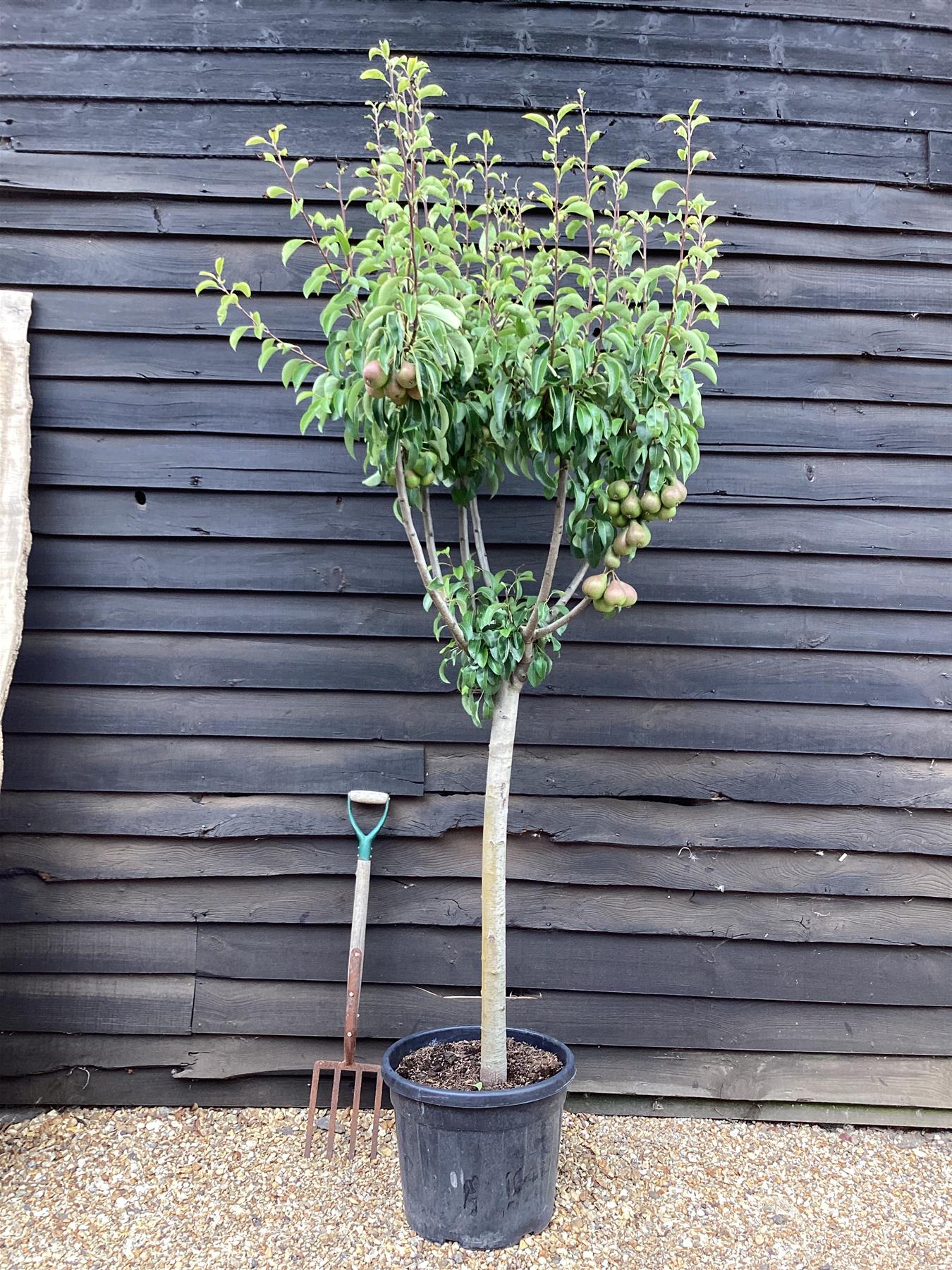
Pear tree 'Williams' Bon Chretien' | Pyrus communis - Girth 18-20cm - 220-240cm - 50lt
£225.00
Unit price perPear tree 'Williams' Bon Chretien' | Pyrus communis - Girth 18-20cm - 220-240cm - 50lt
£225.00
Unit price per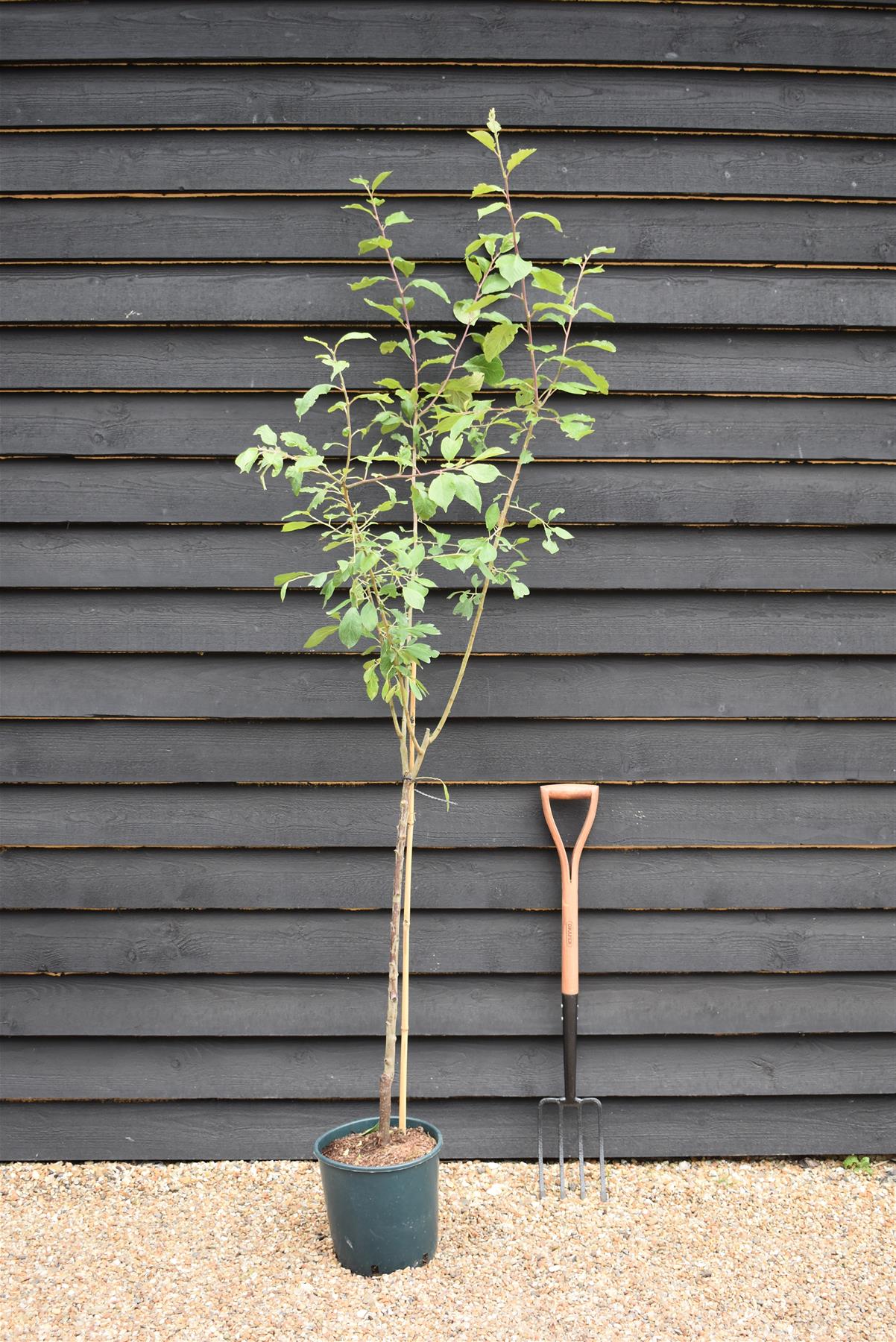
Plum 'Victoria' on Pixy - Dwarfing | Prunus Domestica - 150-160cm - 12lt
£74.00
Unit price perPlum 'Victoria' on Pixy - Dwarfing | Prunus Domestica - 150-160cm - 12lt
£74.00
Unit price perThe Plum 'Victoria' grafted onto Pixy rootstock is a popular, compact, and dwarfing fruit tree, perfect for smaller gardens or limited spaces. This combination allows gardeners to cultivate plums in constrained areas without compromising on the quality or yield of the fruit.
The 'Victoria' plum is famed for its versatility and reliability, producing abundant, delectable fruits that are equally good for fresh eating or culinary uses such as jams, jellies, and baking. The plums are juicy with a sweet, rich flavor, usually ripening in late summer, offering a delightful blend of sugary and tangy taste.
This variety is distinguished by its excellent resistance to diseases, making it a resilient choice for different climates and environments. The Pixy rootstock contributes to its hardiness by restricting its growth, making it manageable and less demanding in terms of care and maintenance. Despite its smaller stature, the yield is reliably heavy, offering a bountiful harvest.
Cultivating Victoria plum on Pixy rootstock is also beneficial for enhancing the overall fruit quality, promoting earlier fruiting, and ensuring consistent productivity. It requires moderate watering, well-drained soil, and exposure to full sun to achieve optimal fruit production, making it a favorite amongst both novice and experienced gardeners.
Pixy rootstock is used primarily for plum trees, inducing dwarfing characteristics. It enables the cultivation of smaller, manageable trees, suitable for confined spaces. It is adaptable, promotes early fruiting, and is compatible with many plum varieties. However, it necessitates well-drained soils and regular watering.
Plum tree 'Stanley' | Prunus domestica - 170-180cm - 30lt
£230.00
Unit price perPlum tree 'Stanley' | Prunus domestica - 170-180cm - 30lt
£230.00
Unit price perPlum tree Golden Japan | Prunus salicina - Girth 12-14cm - 170-180cm - 30lt
£120.00
Unit price perPlum tree Golden Japan | Prunus salicina - Girth 12-14cm - 170-180cm - 30lt
£120.00
Unit price perPlum (Prunus salicina Golden Japan) is a deciduous fruit tree that is native to China and Japan. It is a small to medium-sized tree, reaching up to 15-20 feet in height with a similar spread. The tree produces beautiful white or pinkish flowers in early spring, which are followed by the fruits in late summer.
The Golden Japan plum has a round, medium-sized fruit with a smooth, golden-yellow skin. The flesh is juicy and sweet with a slight tartness, and has a yellow color. The fruit is ideal for eating fresh, but can also be used for making jams, jellies, and other preserves.
The Golden Japan plum tree prefers full sun and well-drained soil, and is relatively easy to grow. It is also self-fertile, which means that a single tree can produce fruit without the need for another tree for cross-pollination. The tree is hardy in USDA zones 5-9, and can tolerate temperatures as low as -10°F.
Overall, the Golden Japan plum is a beautiful and delicious fruit tree that can be enjoyed by both novice and experienced gardeners. Its sweet and juicy fruit, coupled with its ease of growth, make it a great addition to any backyard orchard or fruit garden.
Plum Victoria on Myrobalan - Prunus Domestica - 150-170cm - 12lt| Prunus Domestica - 150-160cm - 12lt
£74.00
Unit price perPlum Victoria on Myrobalan - Prunus Domestica - 150-170cm - 12lt| Prunus Domestica - 150-160cm - 12lt
£74.00
Unit price perThe Victoria plum tree grafted onto a myrobalan rootstock presents a robust and vigorous growth profile, making it a popular choice among UK gardeners and orchardists seeking a productive and resilient fruit tree. This combination capitalises on the strengths of both the Victoria plum and the myrobalan rootstock, creating a tree that is well-suited to a variety of conditions.
The Victoria plum tree, known for its sweet, juicy fruit and reliable cropping, thrives when paired with the myrobalan rootstock. This rootstock imparts significant vigour to the tree, resulting in a larger, more robust structure. The enhanced vigour promotes a healthy, expansive canopy capable of supporting a substantial fruit yield. However, this increased growth necessitates regular pruning to maintain the tree’s shape and ensure optimal sunlight penetration and air circulation.
One of the key advantages of the myrobalan rootstock is its adaptability to a wide range of soil types. It performs well in heavier, clay soils often found in many parts of the UK, where drainage can be an issue. This adaptability ensures that the Victoria plum can thrive even in less-than-ideal soil conditions. Additionally, the myrobalan rootstock is hardy, offering resilience against adverse weather conditions, which is particularly beneficial in the UK's variable climate.
While the myrobalan rootstock provides several benefits, it also requires diligent maintenance. The propensity for suckering demands regular attention to prevent these from sapping nutrients from the main tree. Additionally, the increased vigour means that without proper pruning, the tree can become overly dense, which may impact fruit quality and yield consistency.
Despite these maintenance considerations, the Victoria plum tree on a myrobalan rootstock produces an abundant harvest of high-quality plums. The fruit is large, with a rich, sweet flavour, making it ideal for fresh consumption, cooking, and preserving. The reliable cropping and adaptability of this combination make it a favoured choice for both home gardeners and commercial growers in the UK.
Pomegranate | Punica granatum - Mature Specimen - 3 Branches - Height 220-250cm - 285lt
£980.00
Unit price perPomegranate | Punica granatum - Mature Specimen - 3 Branches - Height 220-250cm - 285lt
£980.00
Unit price perPunica granatum, commonly known as pomegranate, is a small deciduous tree or shrub that belongs to the family Lythraceae. Native to the Mediterranean region and parts of Asia, the pomegranate is widely cultivated for its fruit, ornamental value, and medicinal properties. The tree grows up to 5-8 meters tall and has glossy, dark green leaves that turn yellow in autumn. It produces beautiful red-orange flowers that bloom in summer and are followed by the fruit in autumn.
The fruit of the pomegranate is a round or slightly hexagonal berry, about the size of an apple or grapefruit. The leathery skin of the fruit is thick and inedible, but it contains hundreds of edible arils or seeds, each surrounded by a juicy, ruby-red pulp. The seeds are packed with nutrients and antioxidants and are said to have numerous health benefits, including anti-inflammatory and anti-cancer properties. Pomegranate is commonly used in cooking, juices, smoothies, and salads, and it adds a sweet-tart flavor and vibrant color to any dish. Overall, Punica granatum is a versatile and attractive tree that would make a great addition to any garden or landscape, both for its ornamental value and its delicious fruit.
Pomegranate | Punica granatum - Mature Specimen - 3 Branches - Height 240-280cm - 350lt
£1,380.00
Unit price perPomegranate | Punica granatum - Mature Specimen - 3 Branches - Height 240-280cm - 350lt
£1,380.00
Unit price perPunica granatum, commonly known as pomegranate, is a small deciduous tree or shrub that belongs to the family Lythraceae. Native to the Mediterranean region and parts of Asia, the pomegranate is widely cultivated for its fruit, ornamental value, and medicinal properties. The tree grows up to 5-8 meters tall and has glossy, dark green leaves that turn yellow in autumn. It produces beautiful red-orange flowers that bloom in summer and are followed by the fruit in autumn.
The fruit of the pomegranate is a round or slightly hexagonal berry, about the size of an apple or grapefruit. The leathery skin of the fruit is thick and inedible, but it contains hundreds of edible arils or seeds, each surrounded by a juicy, ruby-red pulp. The seeds are packed with nutrients and antioxidants and are said to have numerous health benefits, including anti-inflammatory and anti-cancer properties. Pomegranate is commonly used in cooking, juices, smoothies, and salads, and it adds a sweet-tart flavor and vibrant color to any dish. Overall, Punica granatum is a versatile and attractive tree that would make a great addition to any garden or landscape, both for its ornamental value and its delicious fruit.
Pomegranate | Punica granatum - Mature Specimen - 3 Branches - Height 240-280cm - 350lt
£1,380.00
Unit price perPomegranate | Punica granatum - Mature Specimen - 3 Branches - Height 240-280cm - 350lt
£1,380.00
Unit price perPunica granatum, commonly known as pomegranate, is a small deciduous tree or shrub that belongs to the family Lythraceae. Native to the Mediterranean region and parts of Asia, the pomegranate is widely cultivated for its fruit, ornamental value, and medicinal properties. The tree grows up to 5-8 meters tall and has glossy, dark green leaves that turn yellow in autumn. It produces beautiful red-orange flowers that bloom in summer and are followed by the fruit in autumn.
The fruit of the pomegranate is a round or slightly hexagonal berry, about the size of an apple or grapefruit. The leathery skin of the fruit is thick and inedible, but it contains hundreds of edible arils or seeds, each surrounded by a juicy, ruby-red pulp. The seeds are packed with nutrients and antioxidants and are said to have numerous health benefits, including anti-inflammatory and anti-cancer properties. Pomegranate is commonly used in cooking, juices, smoothies, and salads, and it adds a sweet-tart flavor and vibrant color to any dish. Overall, Punica granatum is a versatile and attractive tree that would make a great addition to any garden or landscape, both for its ornamental value and its delicious fruit.
Prunus avium | Wild Cherry Mature Tree - Clear Stem - Girth 20cm - 420-450cm, 50lt
£550.00
Unit price perPrunus avium | Wild Cherry Mature Tree - Clear Stem - Girth 20cm - 420-450cm, 50lt
£550.00
Unit price perSalix Babylonica Aurea | Golden Weeping Willow - Girth 10-12cm - 300-350cm - 70lt
£291.00
Unit price perSalix Babylonica Aurea | Golden Weeping Willow - Girth 10-12cm - 300-350cm - 70lt
£291.00
Unit price perSalix babylonica, commonly known as the weeping willow, is a majestic deciduous tree that belongs to the family Salicaceae. With its graceful and distinctive appearance, the Salix babylonica is widely recognized and admired around the world. Native to China, this tree has been cultivated for centuries and has found its way into various landscapes due to its ornamental value and environmental benefits.
The weeping willow is known for its unique weeping form, with its long, slender branches that droop gracefully towards the ground. It can reach impressive heights, often growing between 30 to 50 feet tall, with some exceptional specimens exceeding 100 feet. The branches are covered in narrow, lance-shaped leaves that are a vibrant green color, turning yellow in the fall before shedding for winter.
One of the most captivating features of the weeping willow is its pendulous branches, which sway and dance in the breeze, creating a mesmerizing display. These branches are adorned with slender, yellow-green catkins in the spring, adding a touch of beauty to the tree's overall appearance.
Salix babylonica thrives in moist environments and is commonly found near bodies of water such as rivers, streams, and lakes. It has an extensive root system that helps stabilize the soil, making it an excellent choice for erosion control along riverbanks and shorelines. Additionally, its dense foliage provides shade and helps regulate water temperature, benefiting aquatic ecosystems.
In addition to its aesthetic and environmental appeal, the weeping willow holds cultural and symbolic significance in various societies. It has been associated with mourning and grief in some cultures, while in others, it represents resilience, flexibility, and adaptability.
When it comes to cultivation, the weeping willow prefers full sun exposure and moist, well-drained soil. It is a fast-growing tree that requires regular pruning to maintain its elegant shape and prevent the branches from touching the ground. Care should be taken when planting near structures or underground utilities due to its invasive root system.
In conclusion, Salix babylonica, or the weeping willow, is a remarkable tree renowned for its graceful weeping form, pendulous branches, and vibrant foliage. It serves both practical and aesthetic purposes, making it a beloved choice for landscapes and water conservation efforts. Its cultural significance and captivating beauty have made it a cherished tree for centuries, captivating the hearts of those who encounter it.
Salix Babylonica | Weeping Willow - Girth 14-16cm - 450-500cm - 90lt
£380.00
Unit price perSalix Babylonica | Weeping Willow - Girth 14-16cm - 450-500cm - 90lt
£380.00
Unit price perSalix babylonica, commonly known as the weeping willow, is a majestic deciduous tree that belongs to the family Salicaceae. With its graceful and distinctive appearance, the Salix babylonica is widely recognized and admired around the world. Native to China, this tree has been cultivated for centuries and has found its way into various landscapes due to its ornamental value and environmental benefits.
The weeping willow is known for its unique weeping form, with its long, slender branches that droop gracefully towards the ground. It can reach impressive heights, often growing between 30 to 50 feet tall, with some exceptional specimens exceeding 100 feet. The branches are covered in narrow, lance-shaped leaves that are a vibrant green color, turning yellow in the fall before shedding for winter.
One of the most captivating features of the weeping willow is its pendulous branches, which sway and dance in the breeze, creating a mesmerizing display. These branches are adorned with slender, yellow-green catkins in the spring, adding a touch of beauty to the tree's overall appearance.
Salix babylonica thrives in moist environments and is commonly found near bodies of water such as rivers, streams, and lakes. It has an extensive root system that helps stabilize the soil, making it an excellent choice for erosion control along riverbanks and shorelines. Additionally, its dense foliage provides shade and helps regulate water temperature, benefiting aquatic ecosystems.
In addition to its aesthetic and environmental appeal, the weeping willow holds cultural and symbolic significance in various societies. It has been associated with mourning and grief in some cultures, while in others, it represents resilience, flexibility, and adaptability.
When it comes to cultivation, the weeping willow prefers full sun exposure and moist, well-drained soil. It is a fast-growing tree that requires regular pruning to maintain its elegant shape and prevent the branches from touching the ground. Care should be taken when planting near structures or underground utilities due to its invasive root system.
In conclusion, Salix babylonica, or the weeping willow, is a remarkable tree renowned for its graceful weeping form, pendulous branches, and vibrant foliage. It serves both practical and aesthetic purposes, making it a beloved choice for landscapes and water conservation efforts. Its cultural significance and captivating beauty have made it a cherished tree for centuries, captivating the hearts of those who encounter it.
Salix Babylonica | Weeping Willow - Girth 16-18cm - Height 480-500cm - 130lt
£495.00
Unit price perSalix Babylonica | Weeping Willow - Girth 16-18cm - Height 480-500cm - 130lt
£495.00
Unit price perSalix babylonica, commonly known as the weeping willow, is a majestic deciduous tree that belongs to the family Salicaceae. With its graceful and distinctive appearance, the Salix babylonica is widely recognized and admired around the world. Native to China, this tree has been cultivated for centuries and has found its way into various landscapes due to its ornamental value and environmental benefits.
The weeping willow is known for its unique weeping form, with its long, slender branches that droop gracefully towards the ground. It can reach impressive heights, often growing between 30 to 50 feet tall, with some exceptional specimens exceeding 100 feet. The branches are covered in narrow, lance-shaped leaves that are a vibrant green color, turning yellow in the fall before shedding for winter.
One of the most captivating features of the weeping willow is its pendulous branches, which sway and dance in the breeze, creating a mesmerizing display. These branches are adorned with slender, yellow-green catkins in the spring, adding a touch of beauty to the tree's overall appearance.
Salix babylonica thrives in moist environments and is commonly found near bodies of water such as rivers, streams, and lakes. It has an extensive root system that helps stabilize the soil, making it an excellent choice for erosion control along riverbanks and shorelines. Additionally, its dense foliage provides shade and helps regulate water temperature, benefiting aquatic ecosystems.
In addition to its aesthetic and environmental appeal, the weeping willow holds cultural and symbolic significance in various societies. It has been associated with mourning and grief in some cultures, while in others, it represents resilience, flexibility, and adaptability.
When it comes to cultivation, the weeping willow prefers full sun exposure and moist, well-drained soil. It is a fast-growing tree that requires regular pruning to maintain its elegant shape and prevent the branches from touching the ground. Care should be taken when planting near structures or underground utilities due to its invasive root system.
In conclusion, Salix babylonica, or the weeping willow, is a remarkable tree renowned for its graceful weeping form, pendulous branches, and vibrant foliage. It serves both practical and aesthetic purposes, making it a beloved choice for landscapes and water conservation efforts. Its cultural significance and captivating beauty have made it a cherished tree for centuries, captivating the hearts of those who encounter it.
Shishi Gashira Maple | Acer palmatum 'Crispifolium' - Bushy - Height 60-80cm - 18-20lt
£59.00
Unit price perShishi Gashira Maple | Acer palmatum 'Crispifolium' - Bushy - Height 60-80cm - 18-20lt
£59.00
Unit price perSophora Japonica Pendula | Japanese pagoda tree - Clear Stem - Mature Tree - Girth 14-18cm - 290-300cm - 110lt
£476.00
Unit price perSophora Japonica Pendula | Japanese pagoda tree - Clear Stem - Mature Tree - Girth 14-18cm - 290-300cm - 110lt
£476.00
Unit price perSophora japonica 'Pendula,' also known as the Weeping Japanese Pagoda Tree, is a stunning ornamental tree, notable for its graceful, weeping branches and delicate, compound, pinnate foliage. Its native region is China and Korea, but the "japonica" name stems from its extensive cultivation in Japan. It typically reaches a modest height of 15-25 feet, making it suitable for smaller landscapes. The tree blooms in mid to late summer, producing clusters of creamy-white, pea-like flowers that are fragrant and attract pollinators. The blossoms give way to slender, pendulous seed pods in the fall.
The tree's foliage is deciduous, exhibiting a bright green color during the growing season before transforming to a pleasing yellow in autumn. The weeping habit of this tree, combined with its intricate leaf texture and attractive floral display, make it a compelling focal point in the landscape. It is hardy and adaptable, tolerating urban conditions and a range of soil types. However, it prefers well-drained soils and a sunny location. Sophora japonica 'Pendula' is cherished for its unique form, aesthetic appeal, and minimal maintenance requirements, offering year-round interest in the garden.
Wild Cherry | Prunus avium - 2-3 years old - Height 120-150cm - 10lt
£48.00
Unit price perWild Cherry | Prunus avium - 2-3 years old - Height 120-150cm - 10lt
£48.00
Unit price perShowing 177/177


